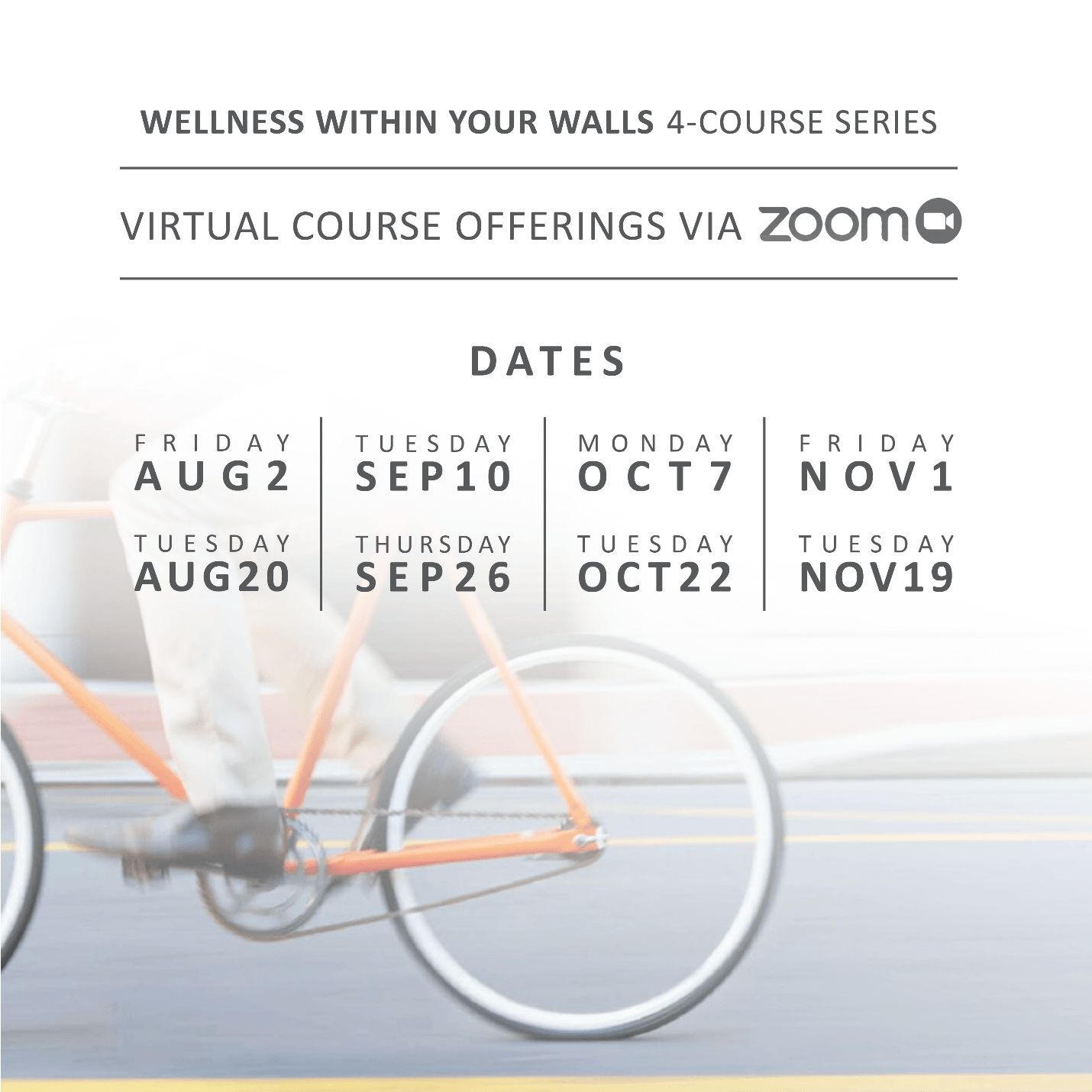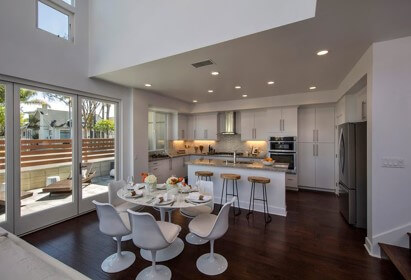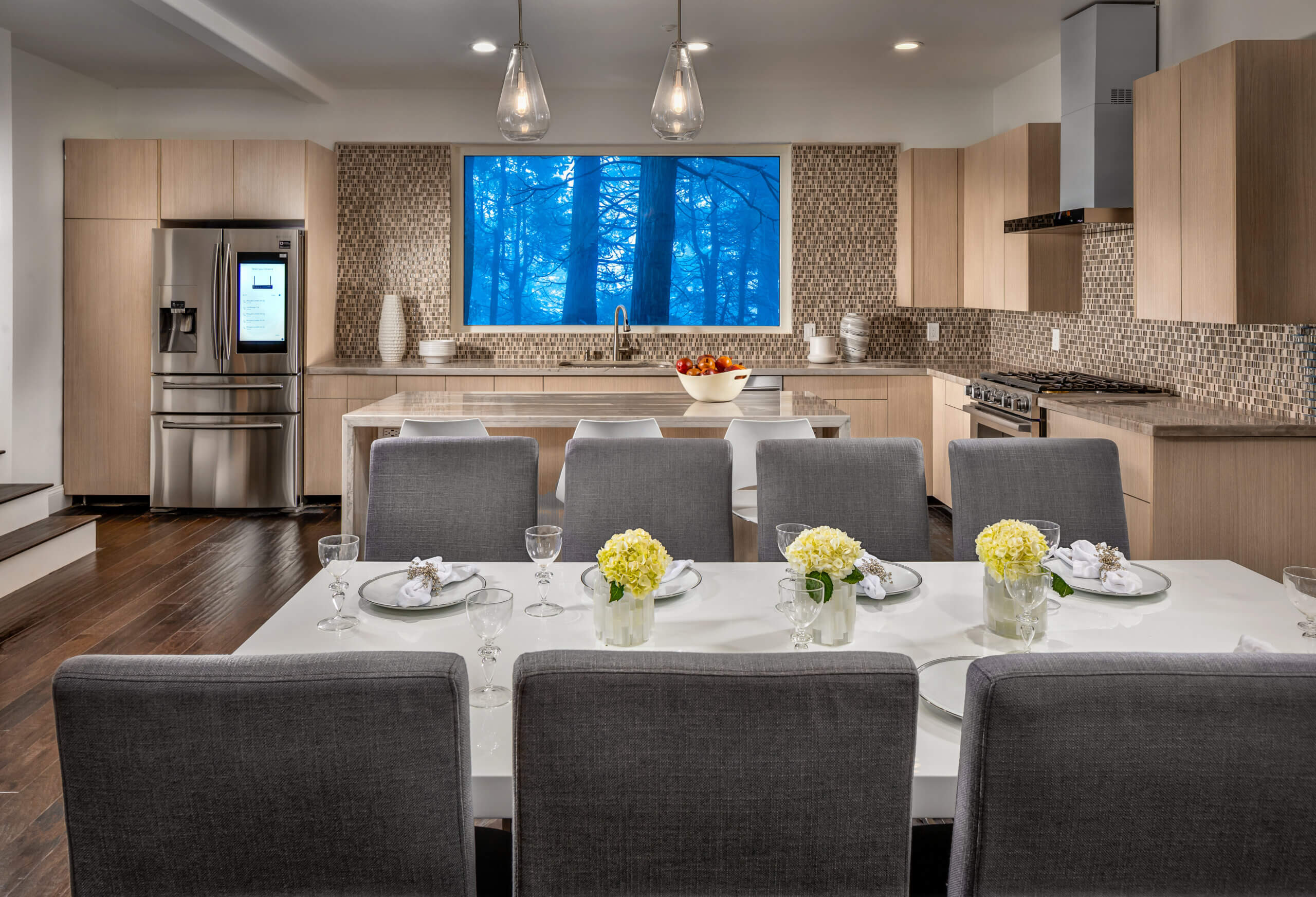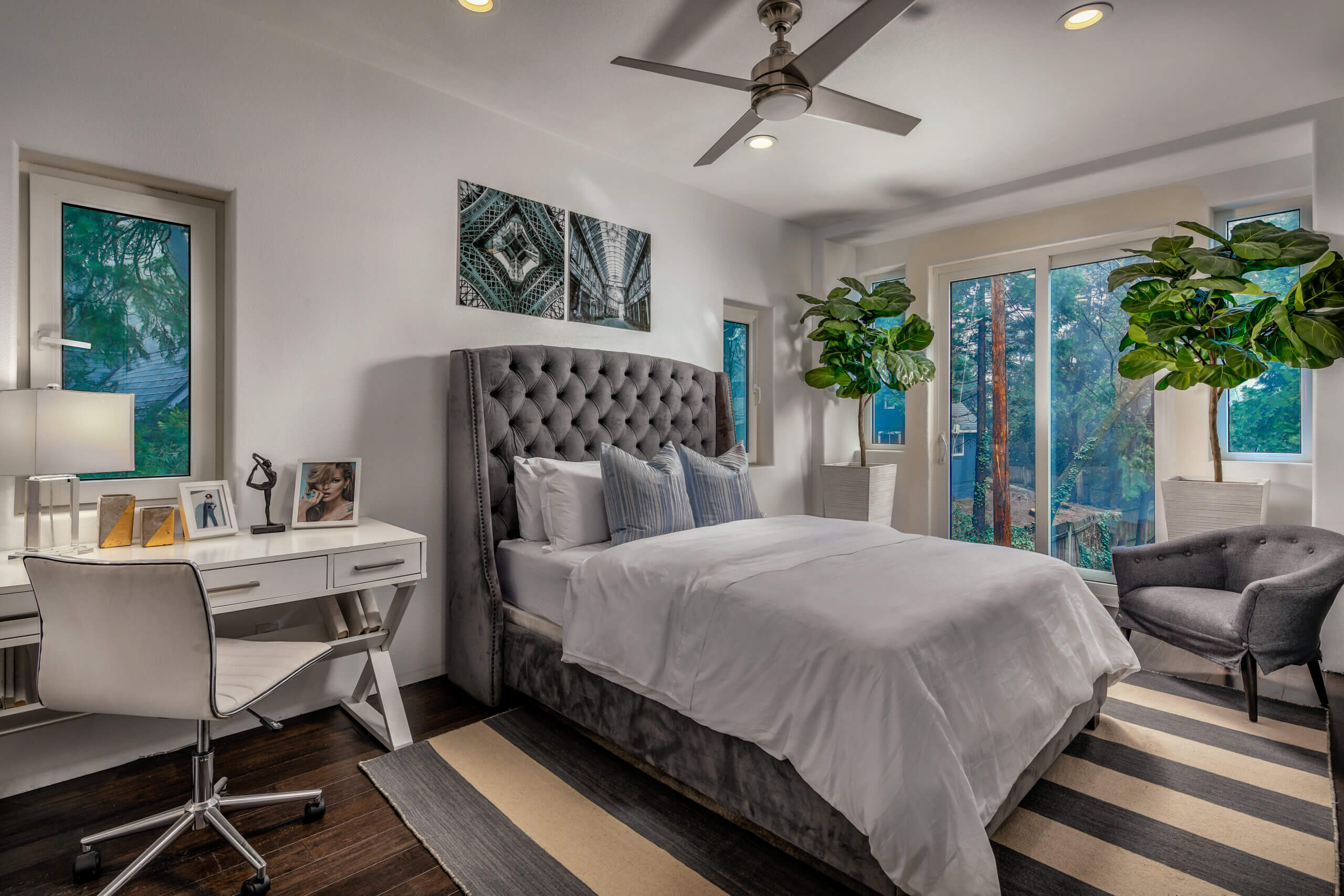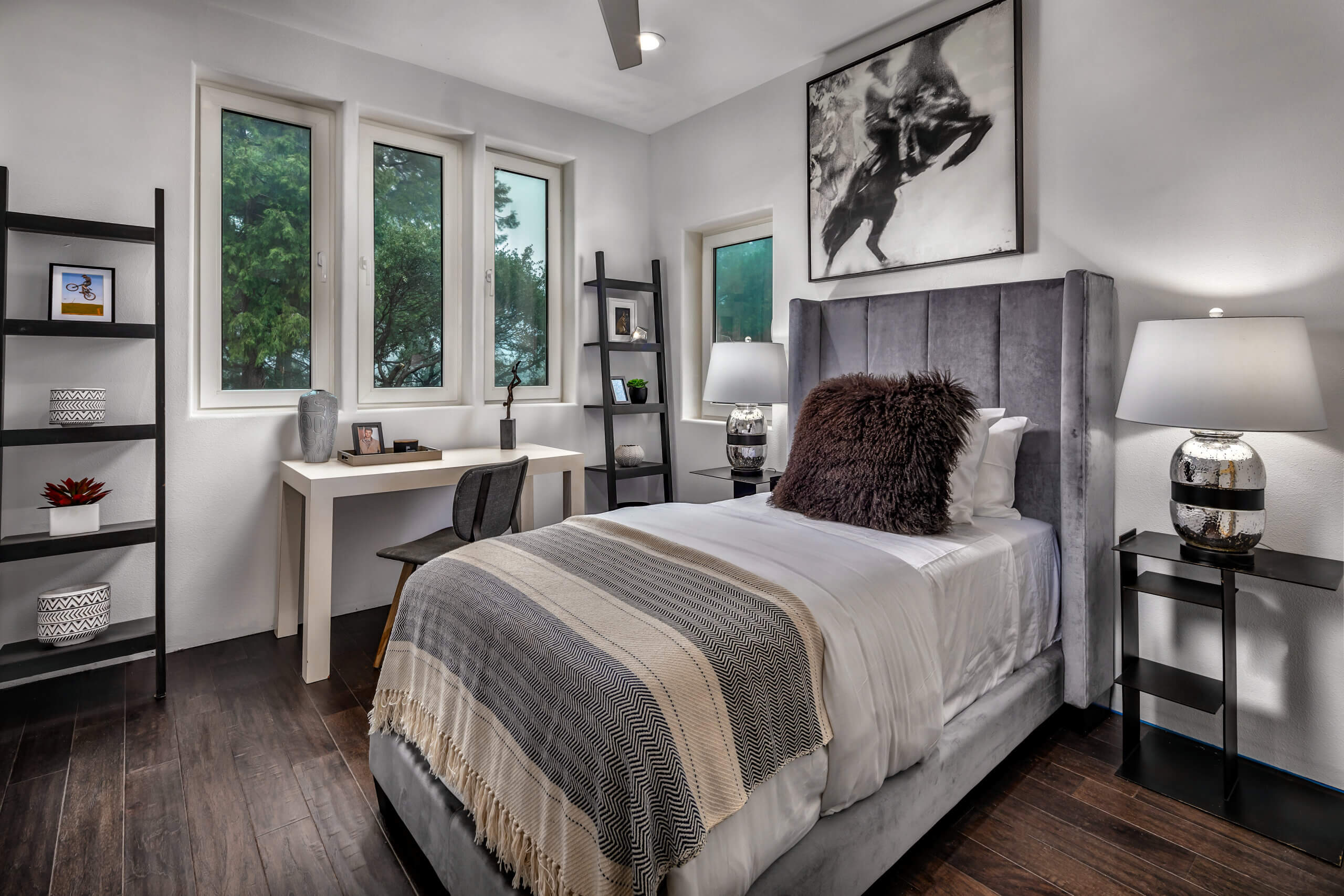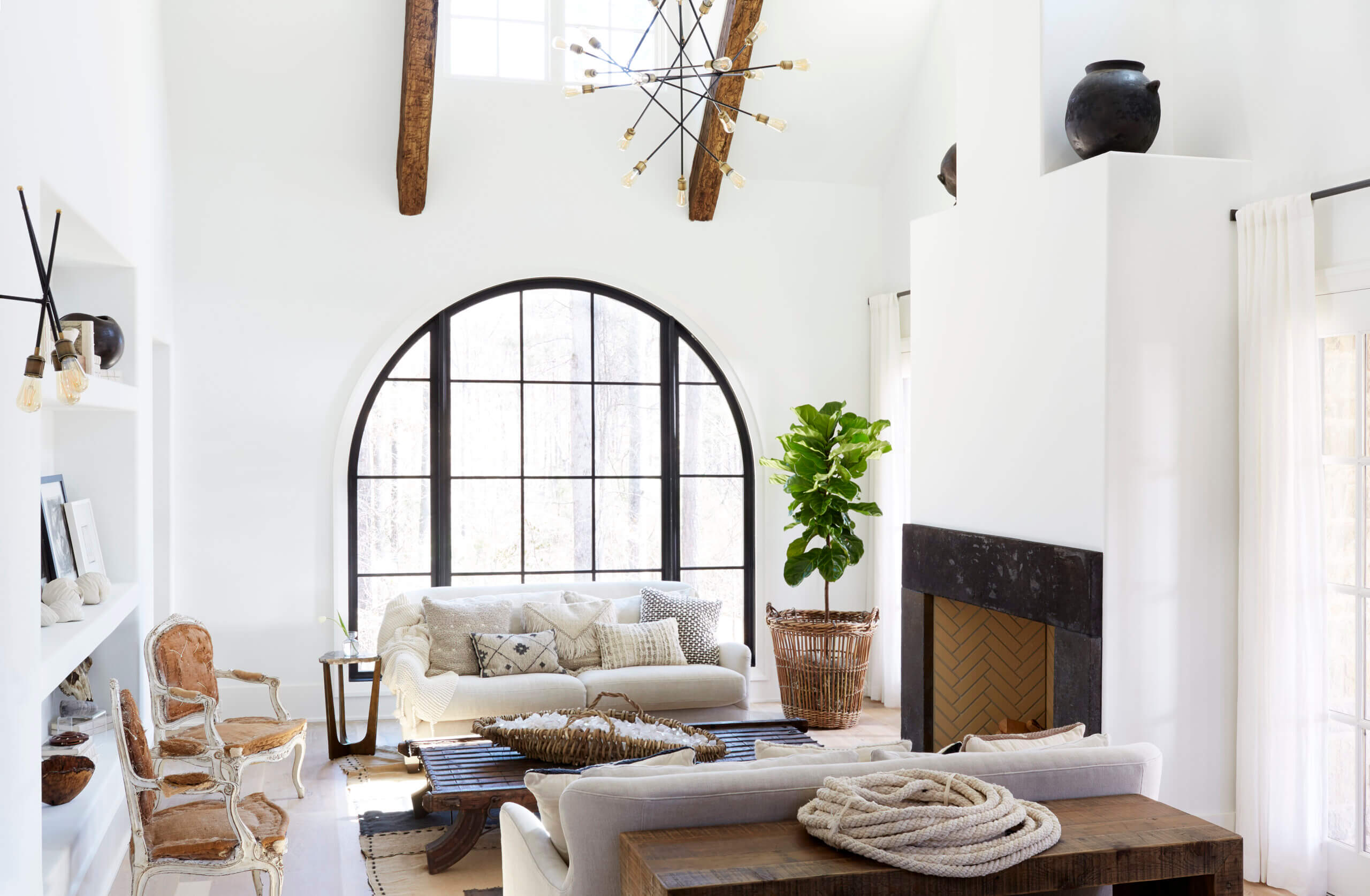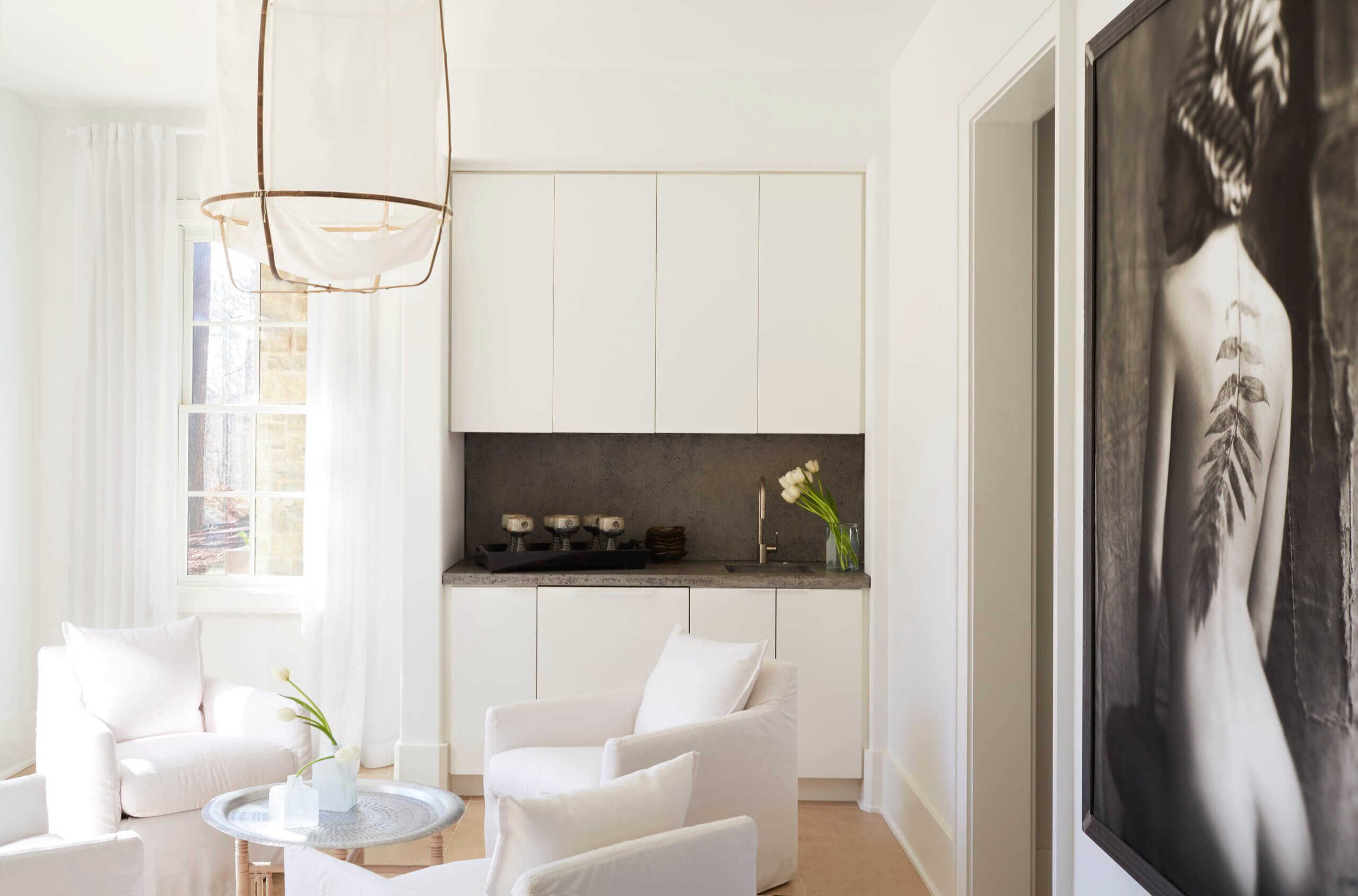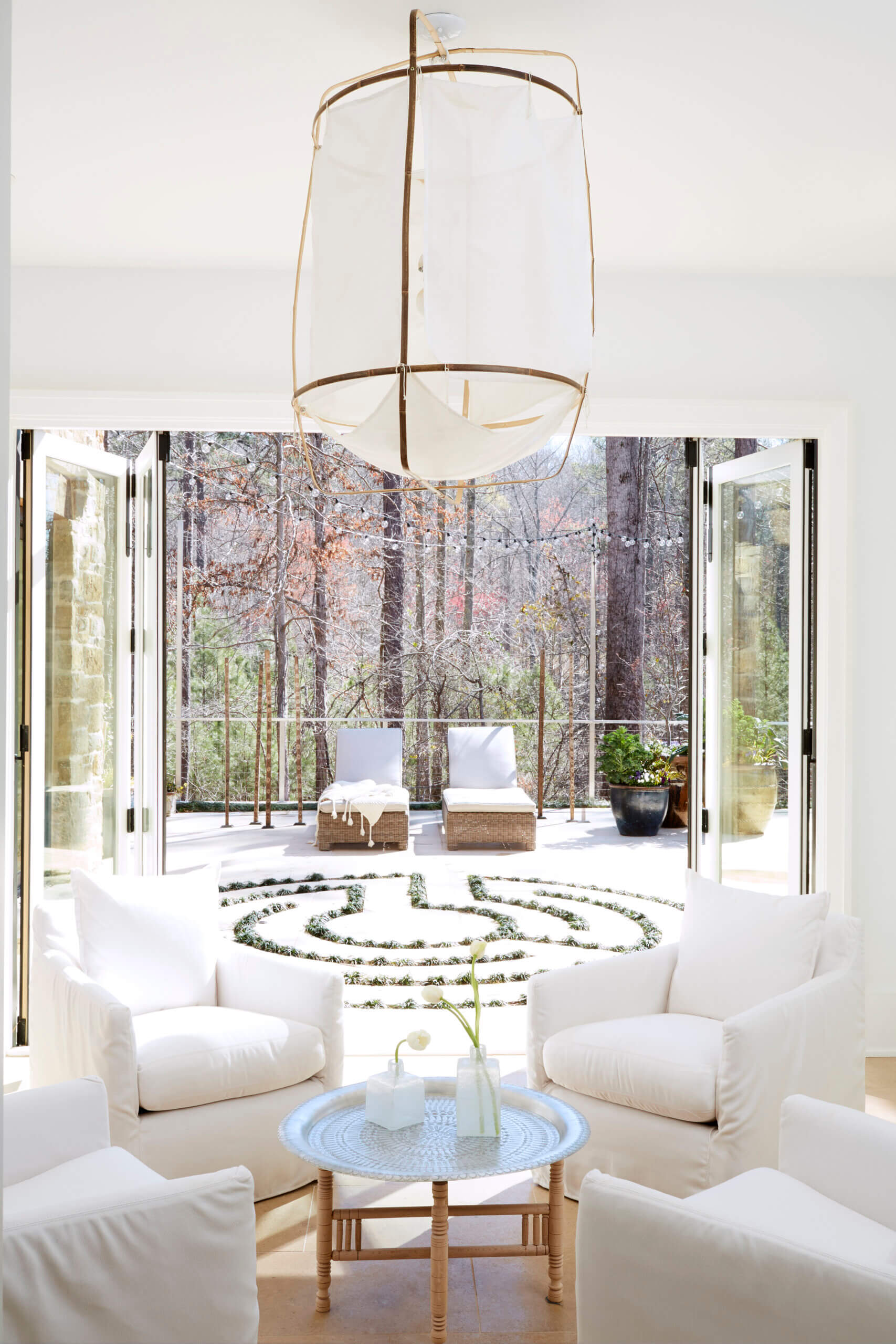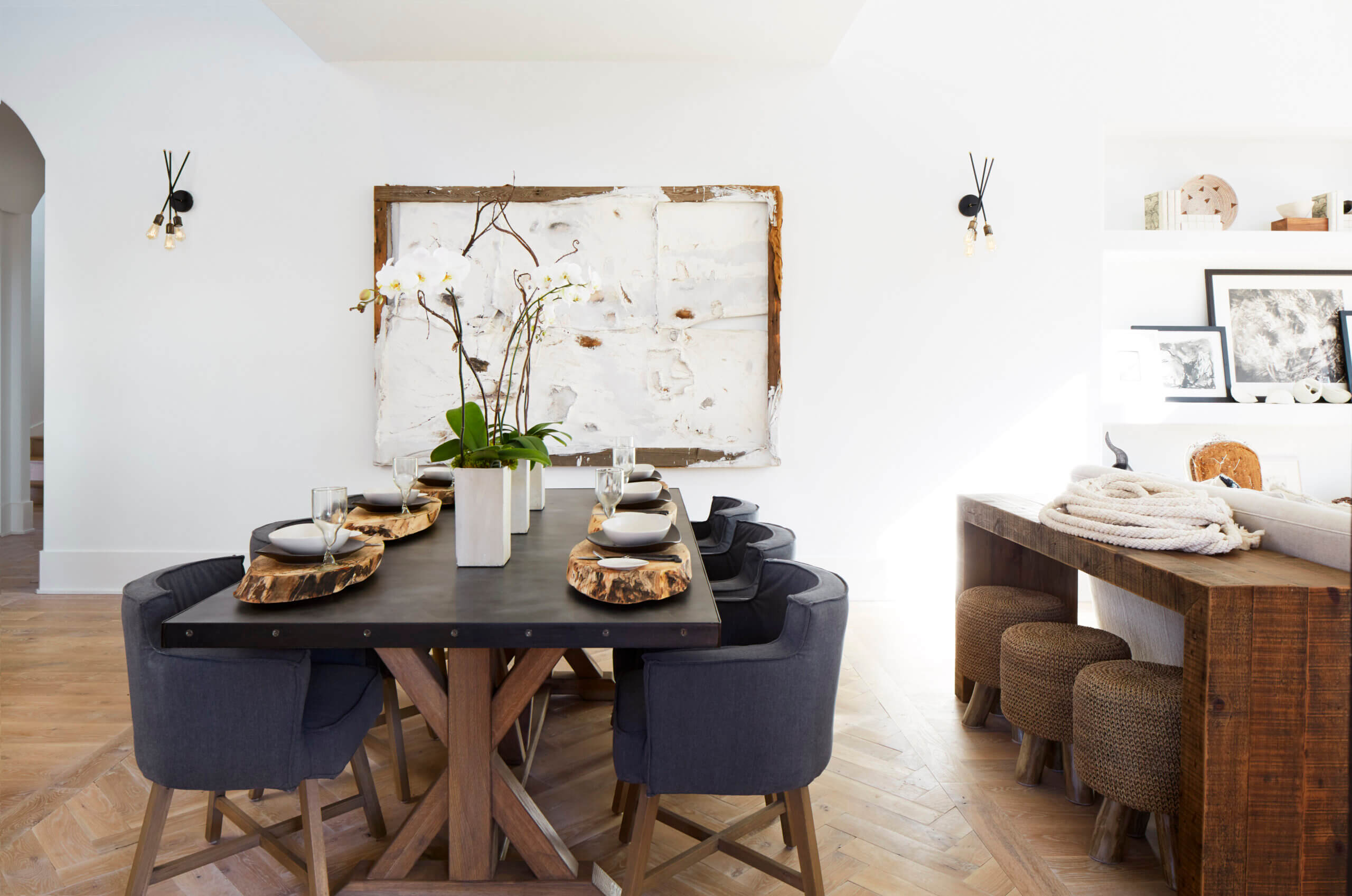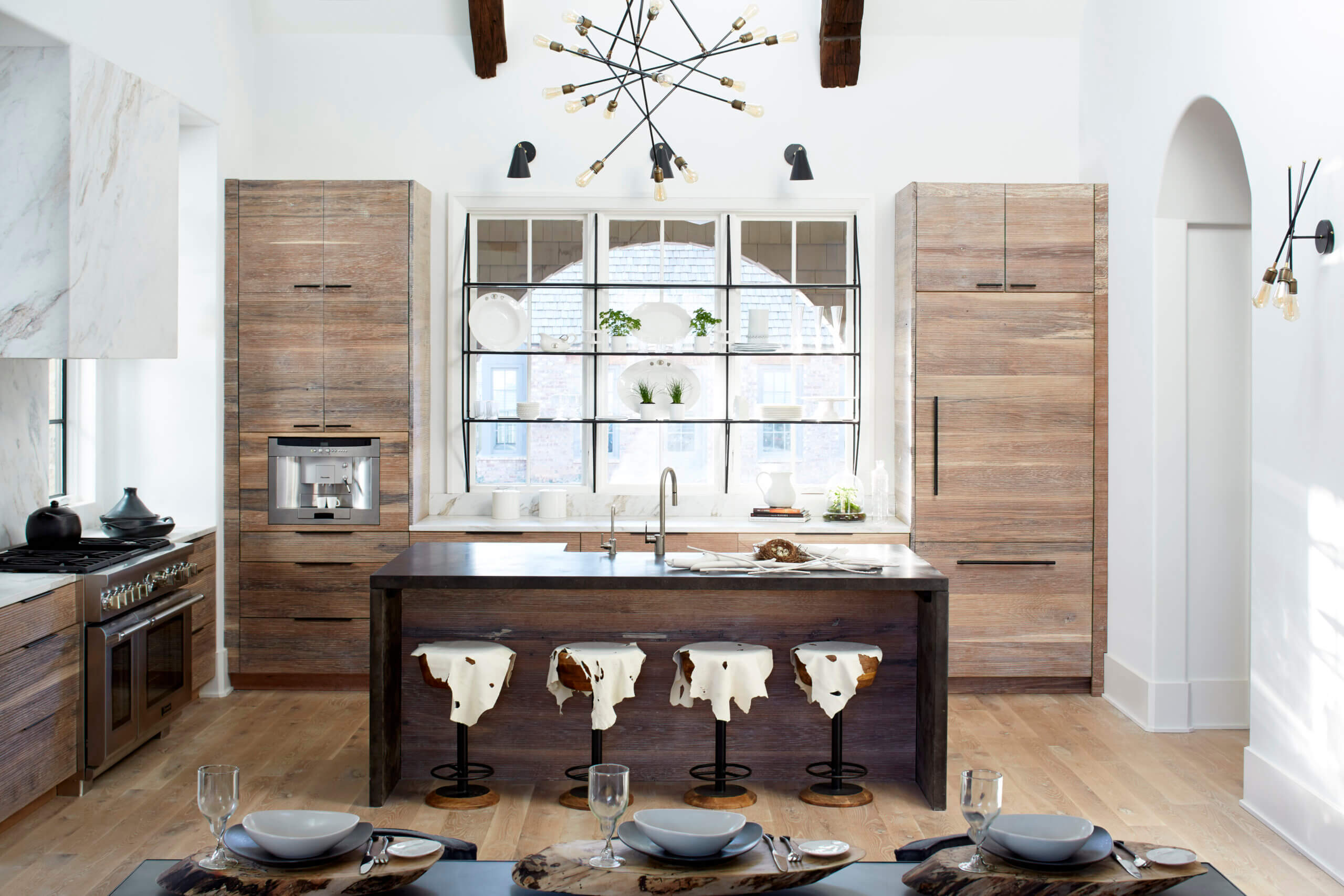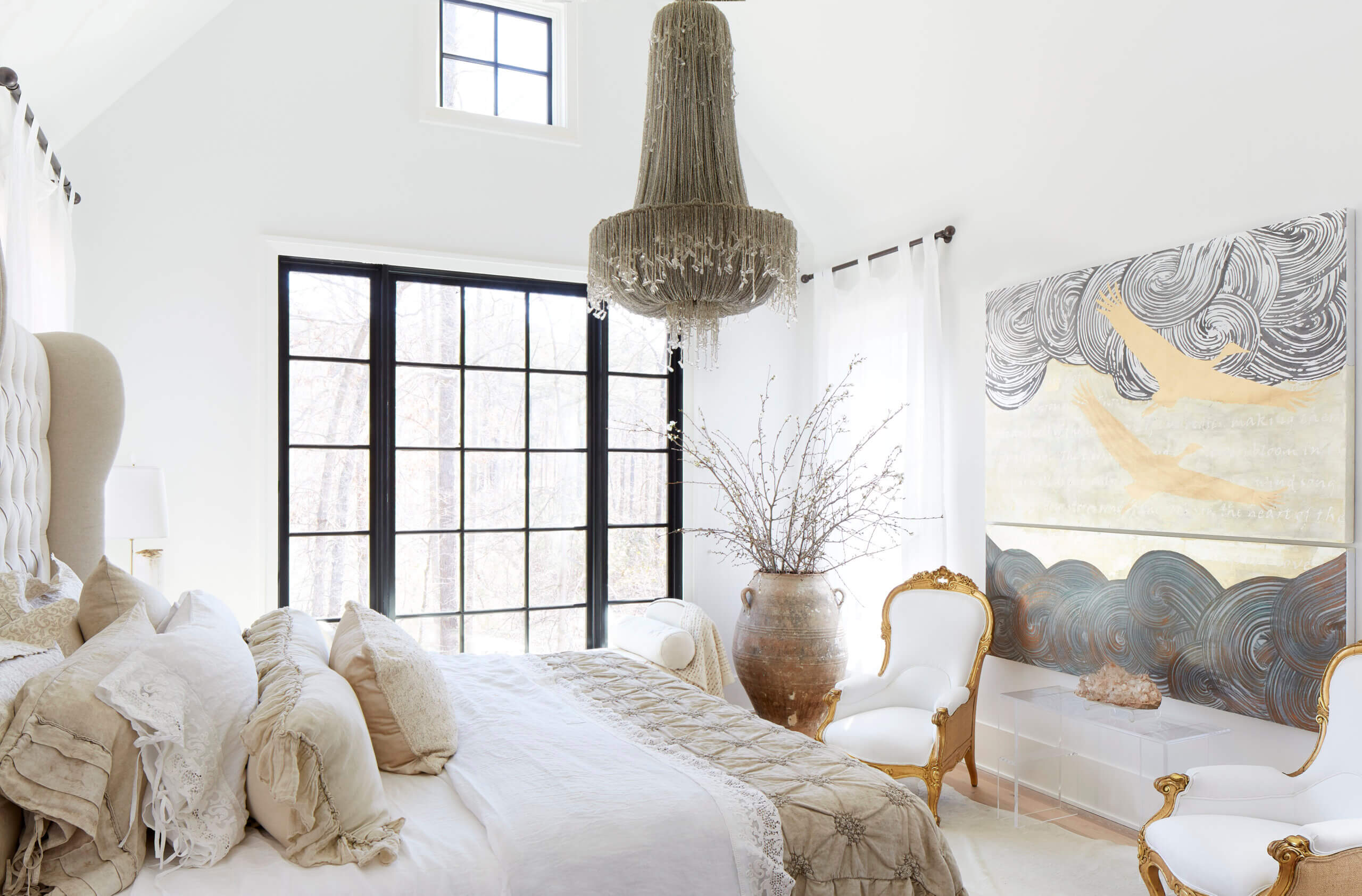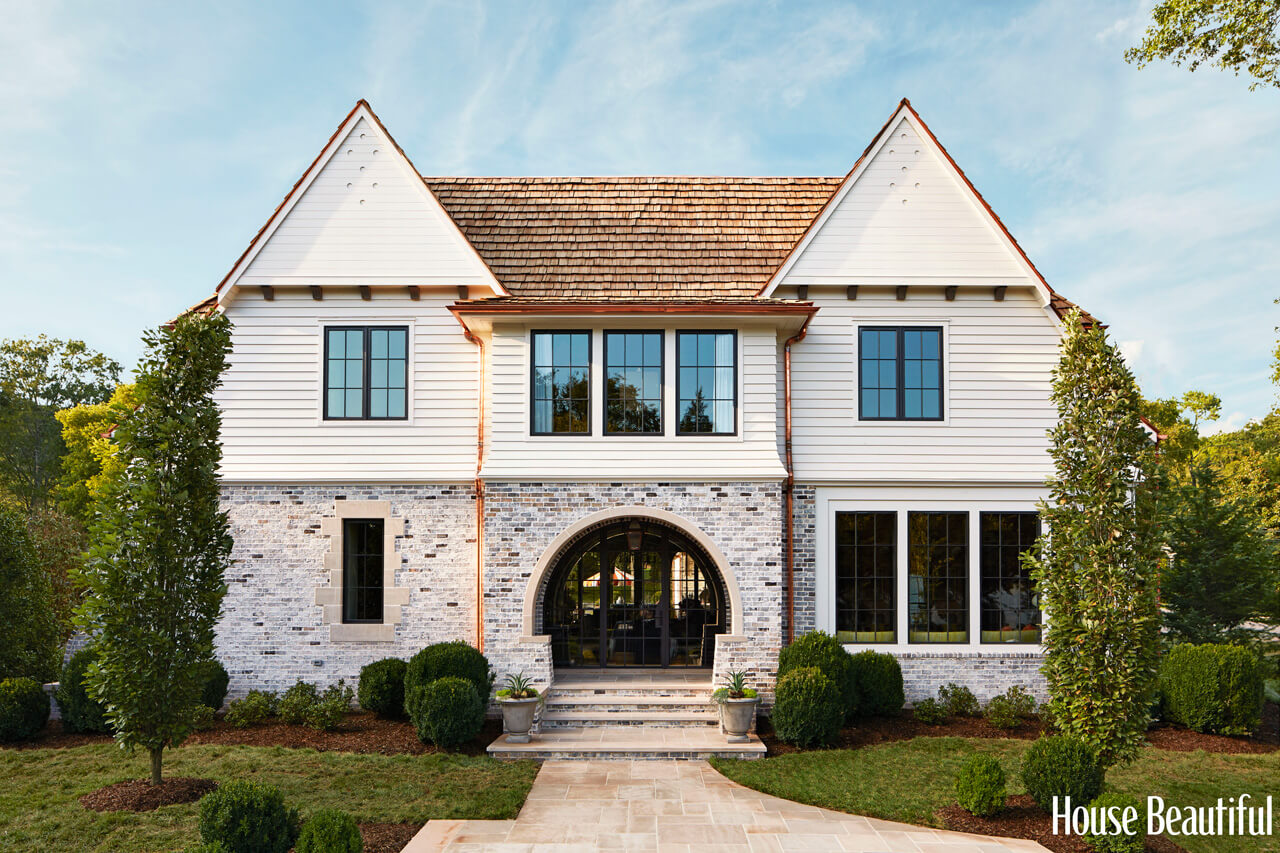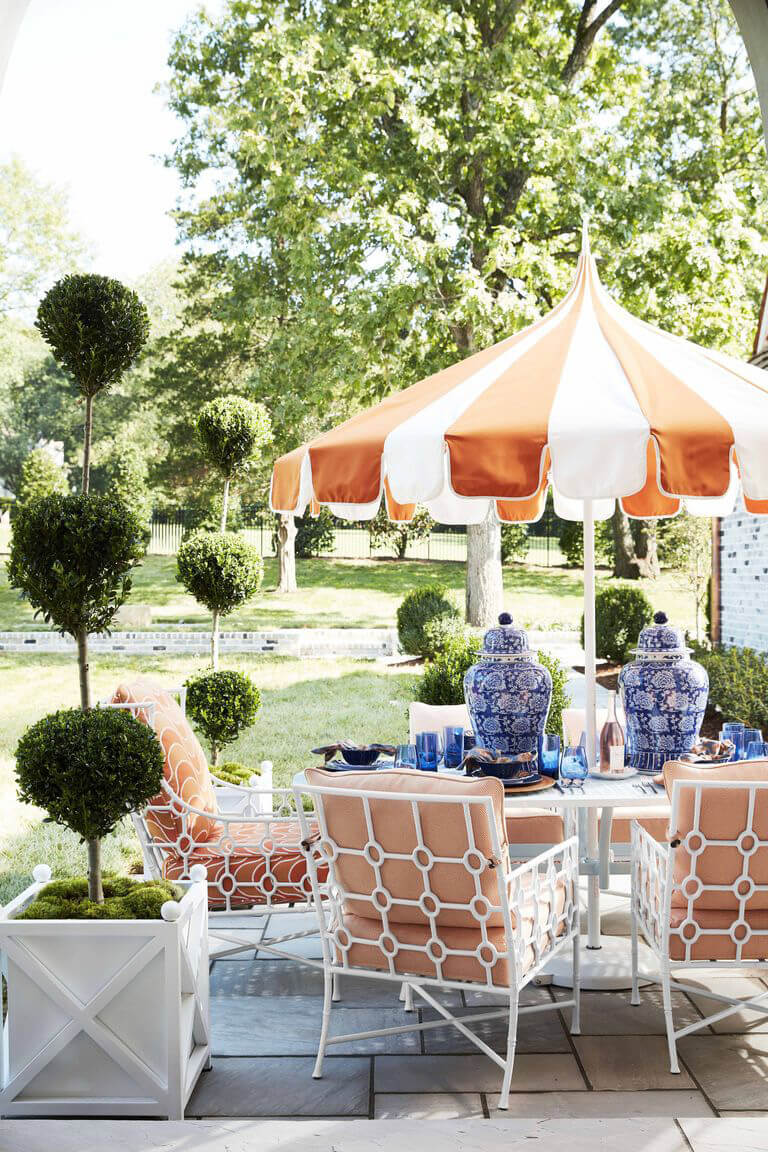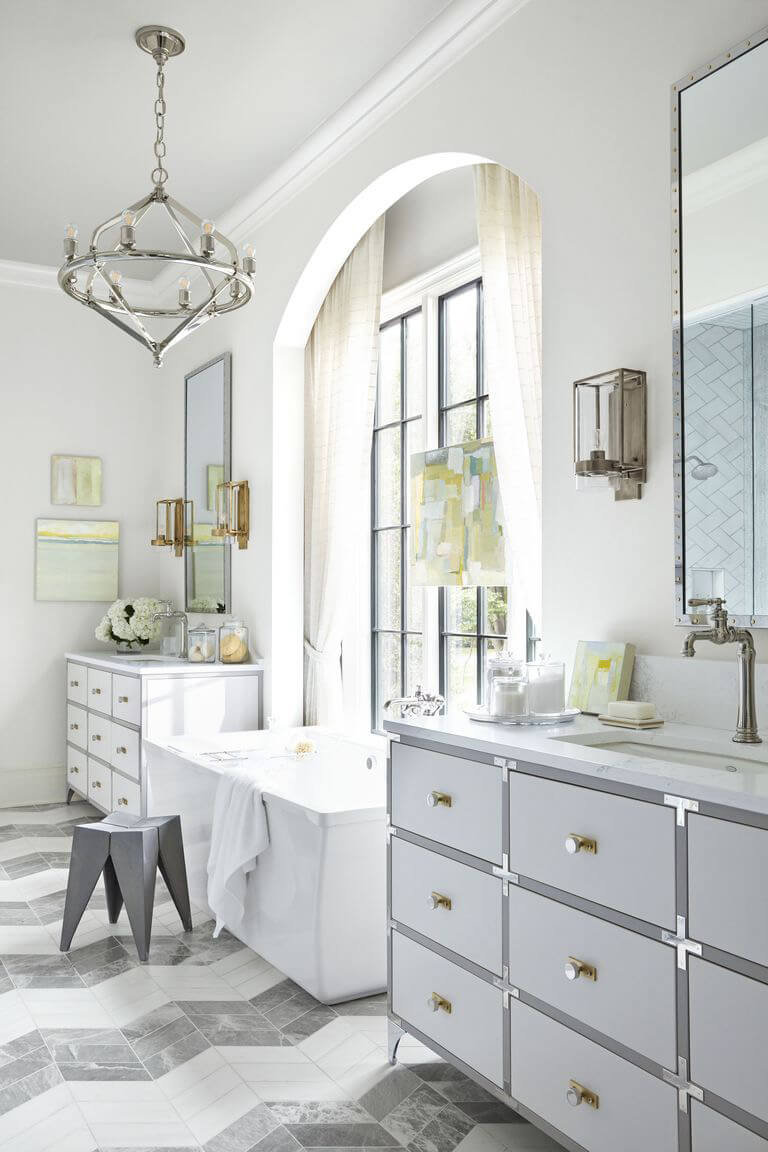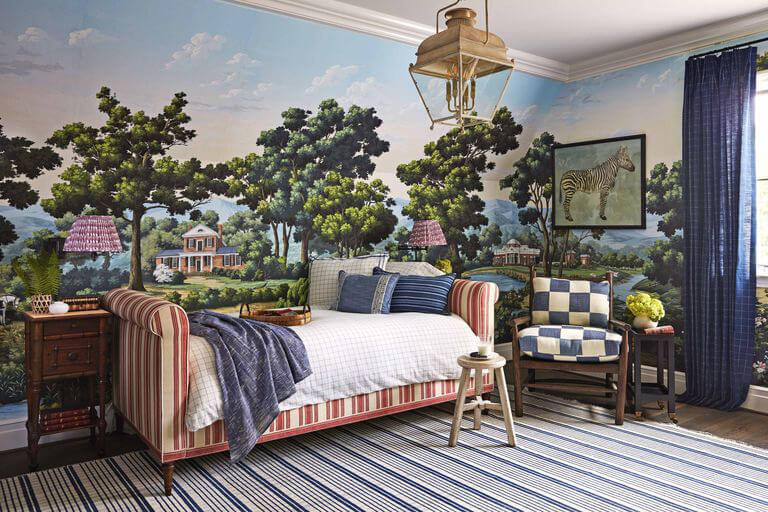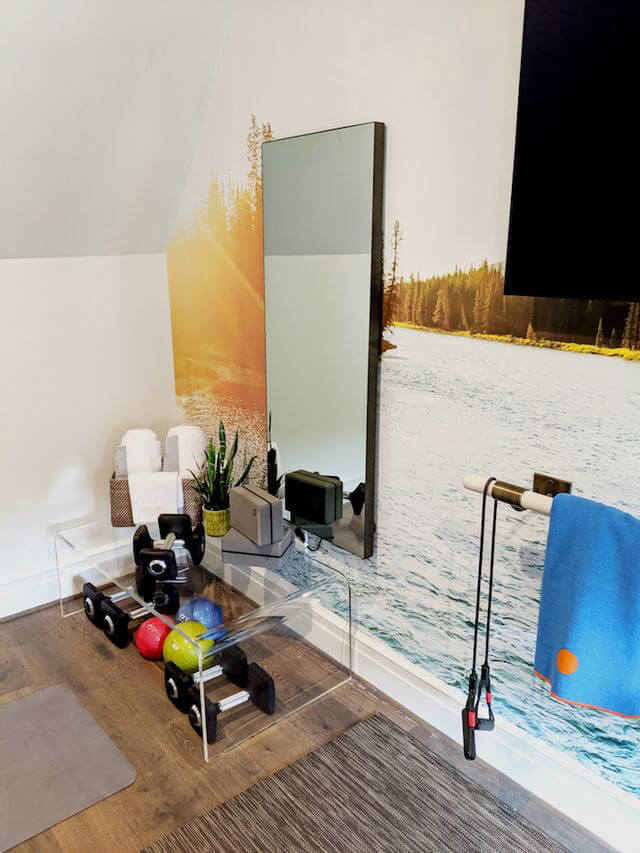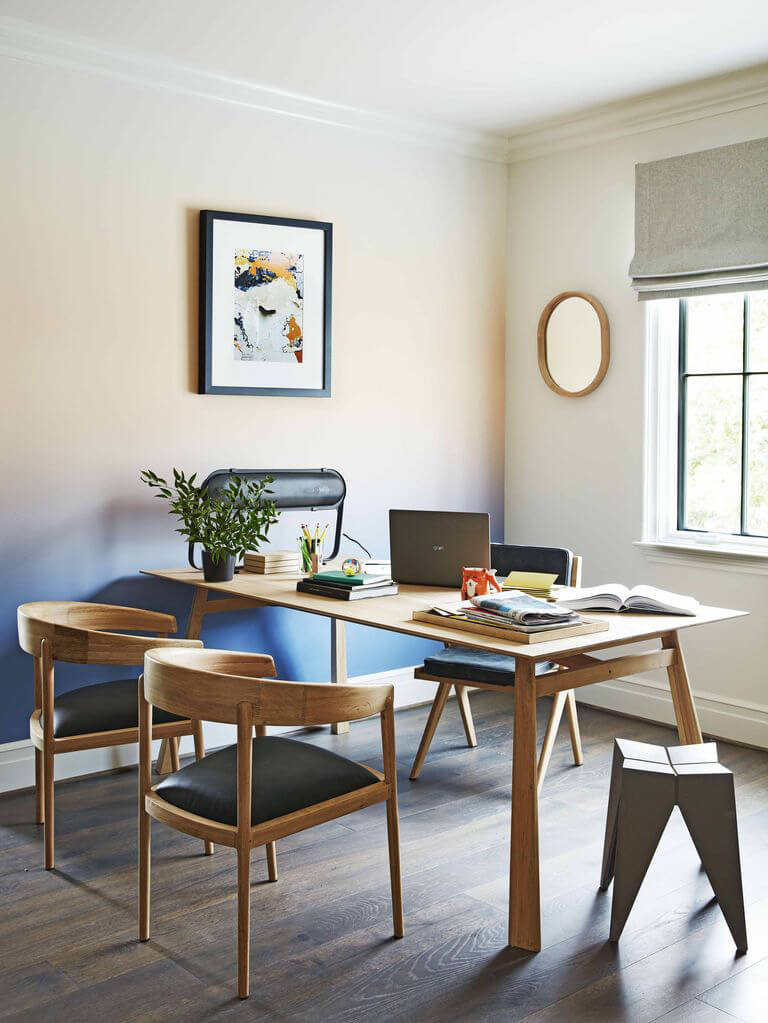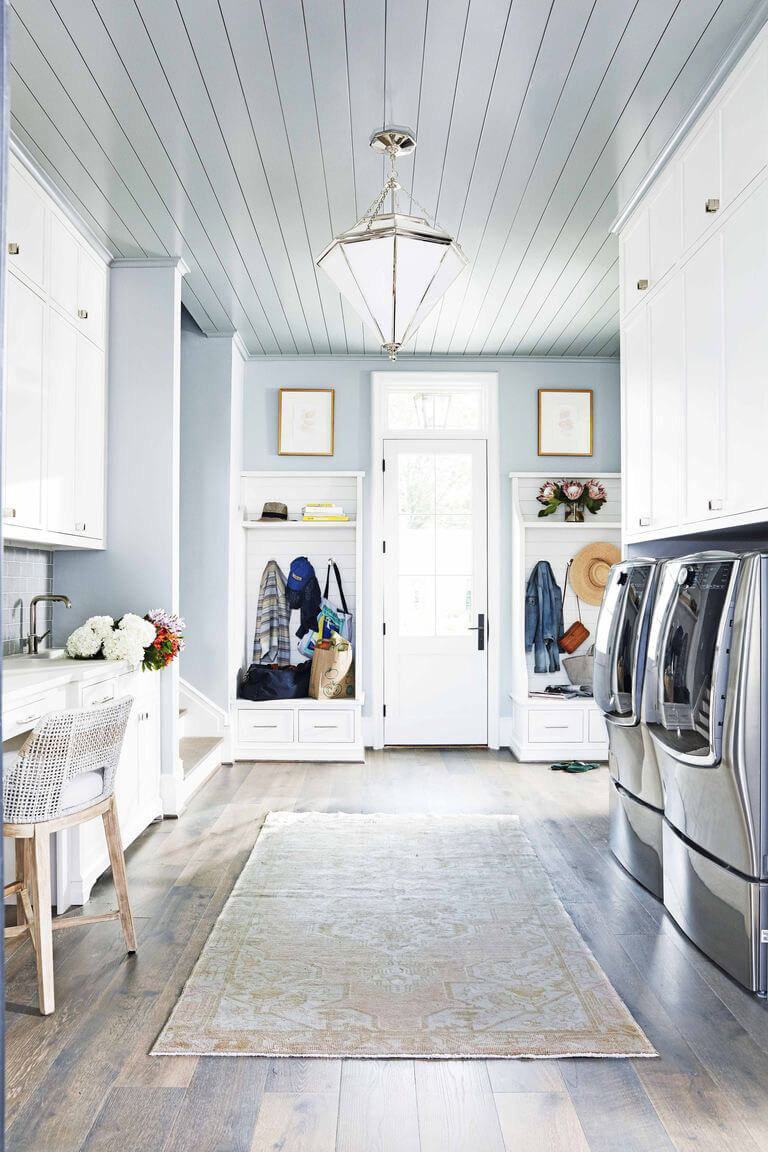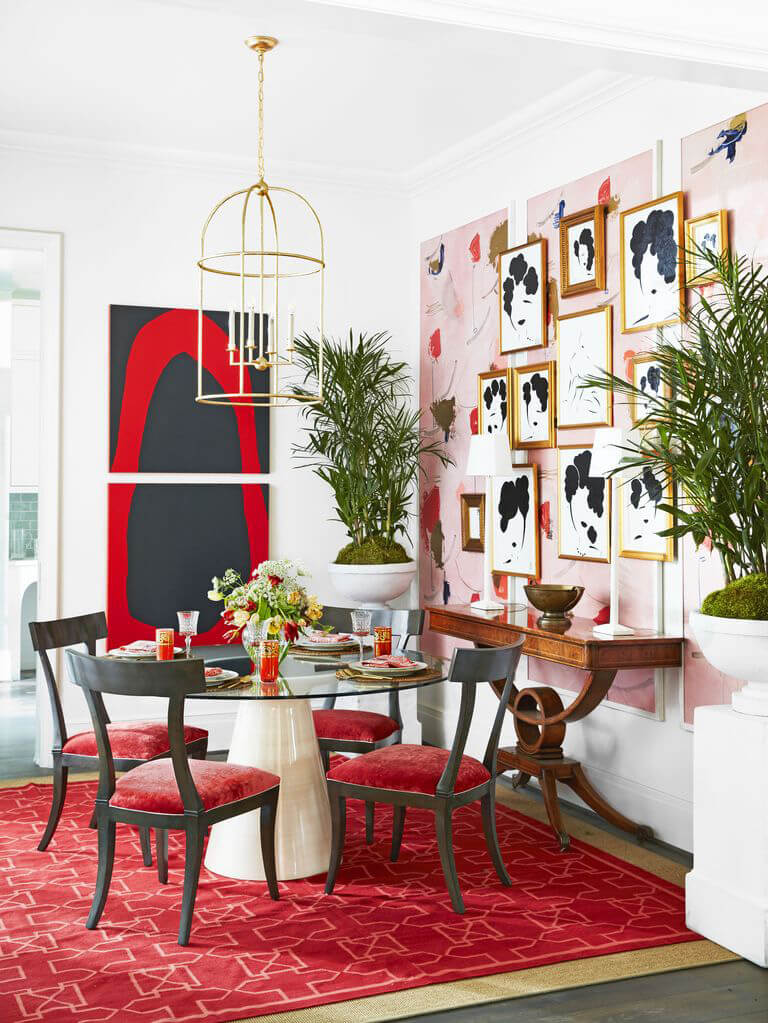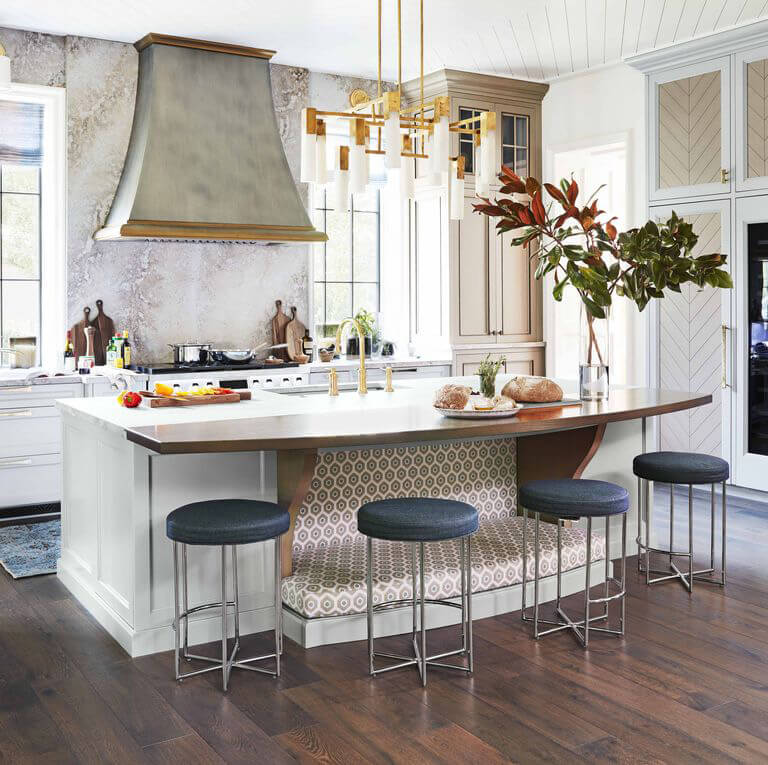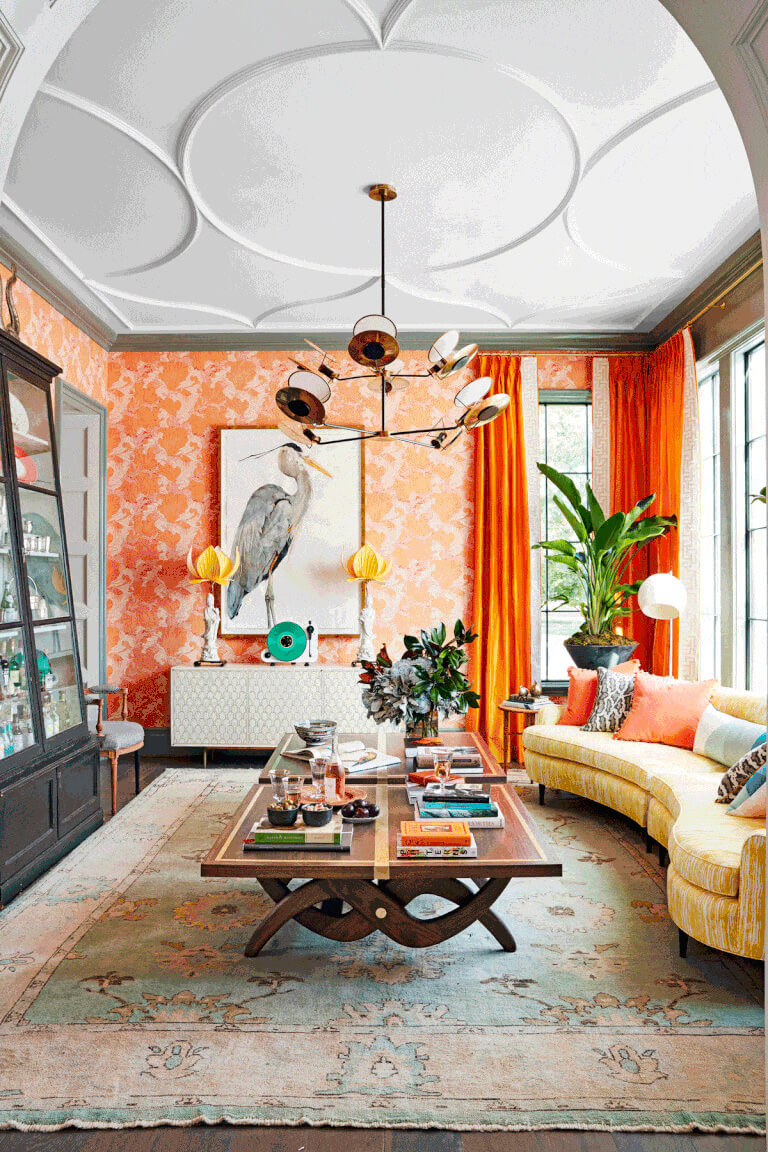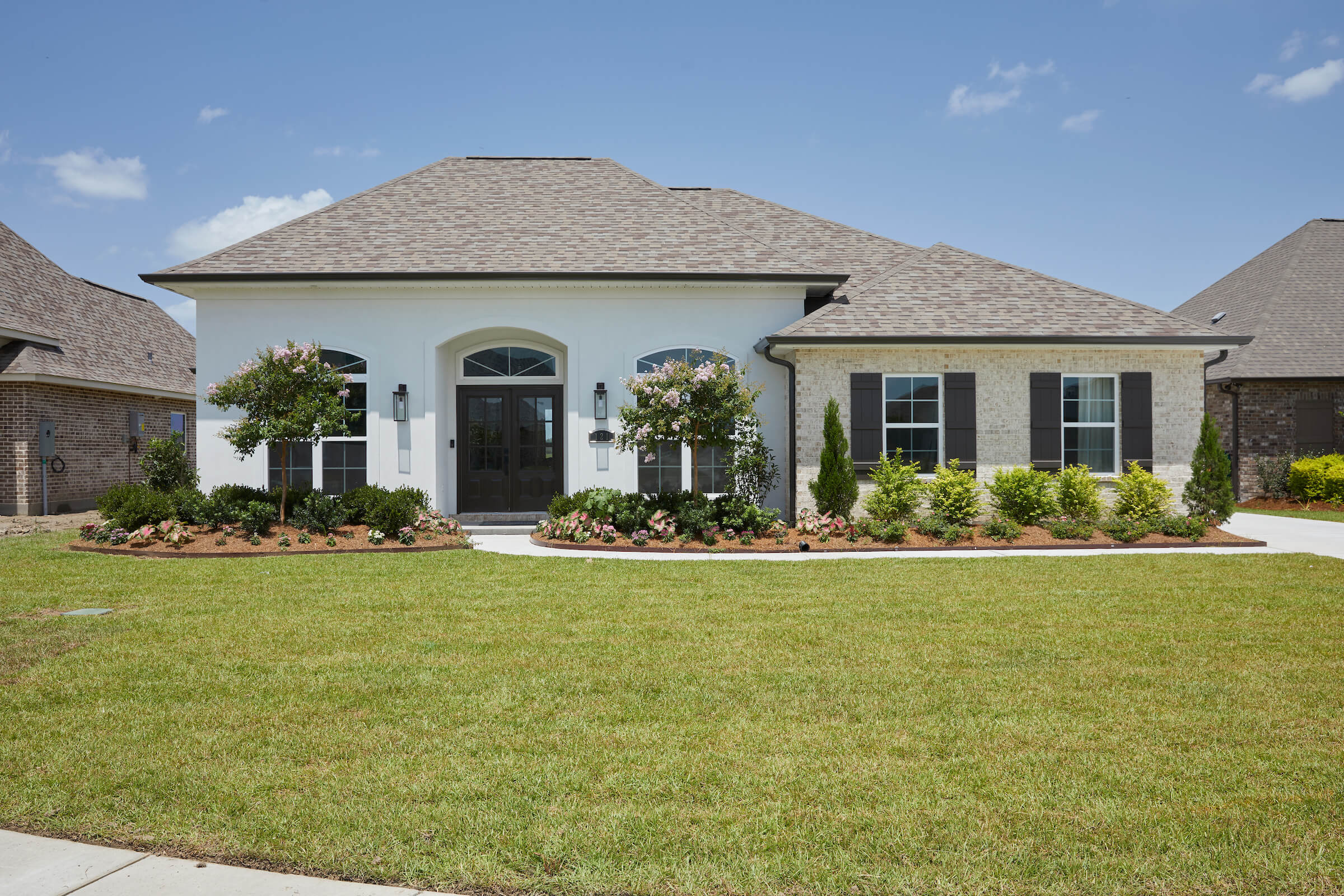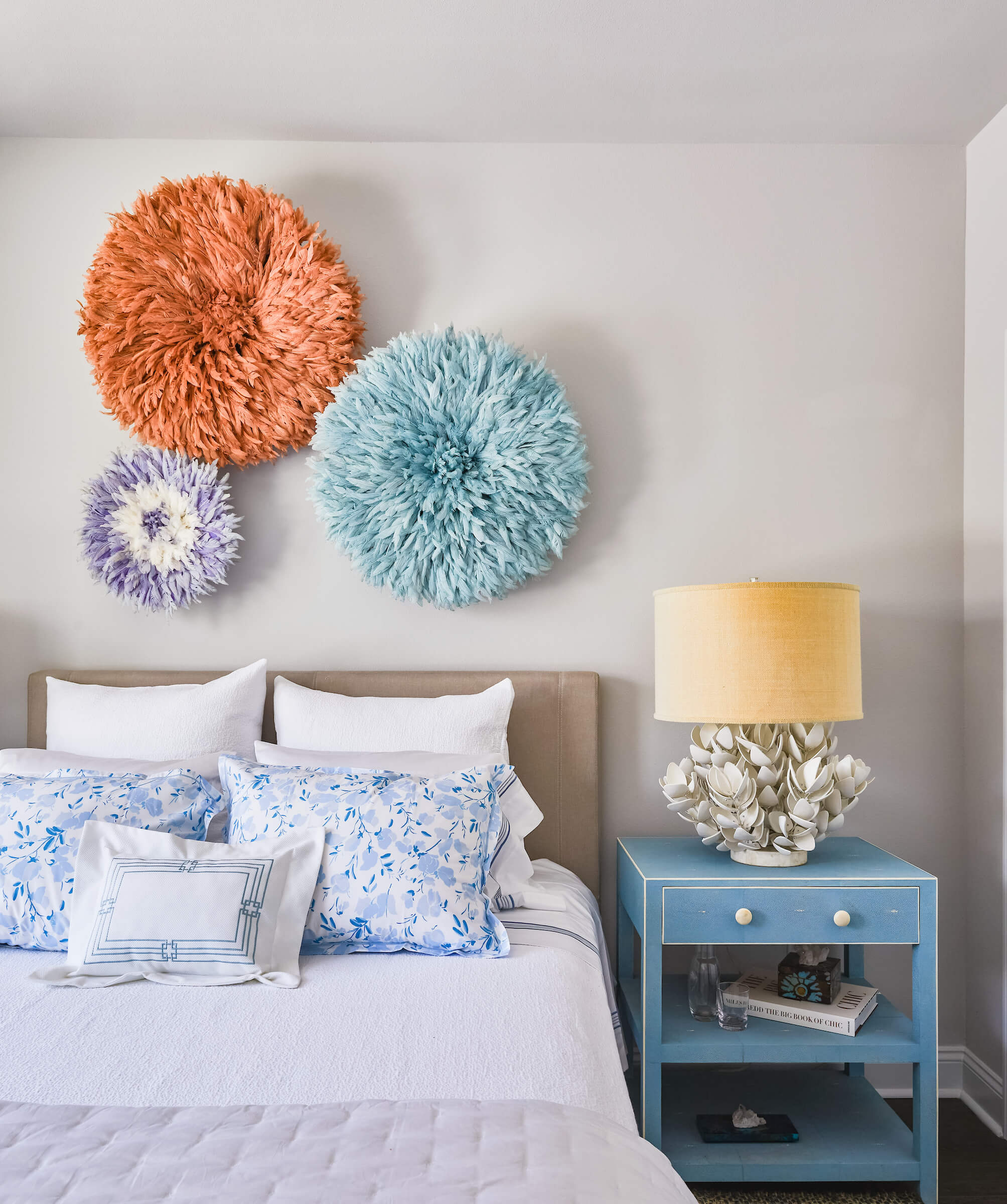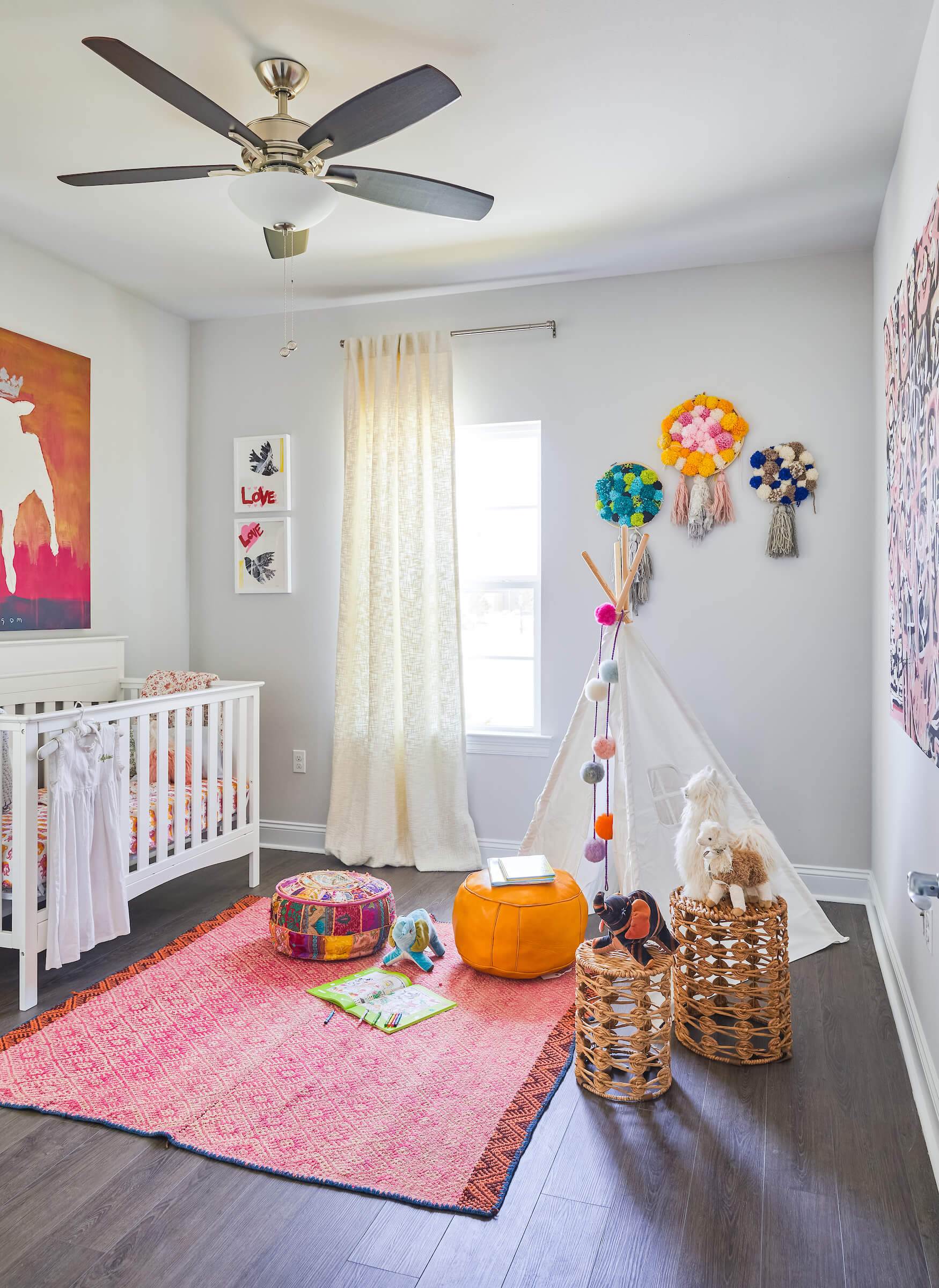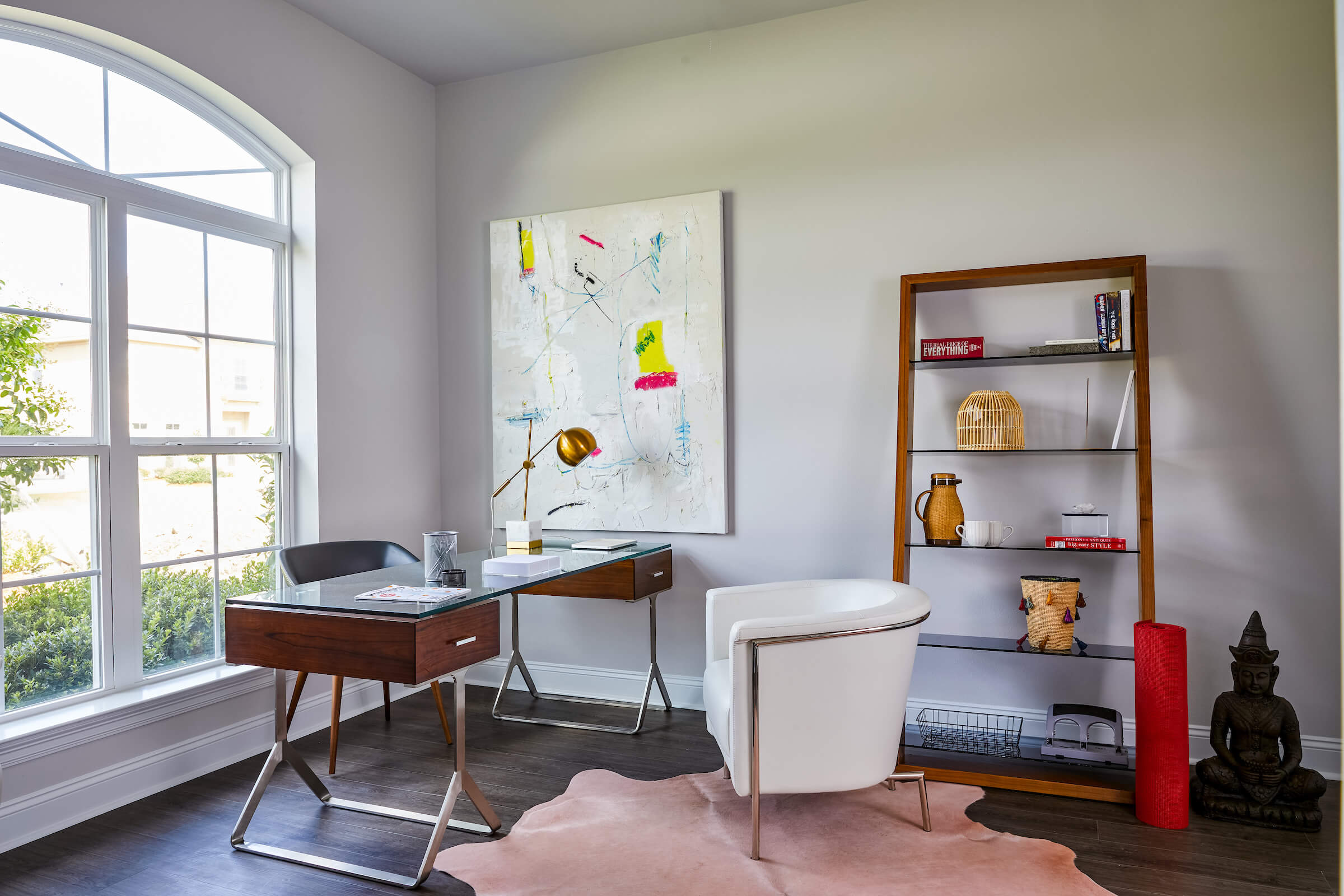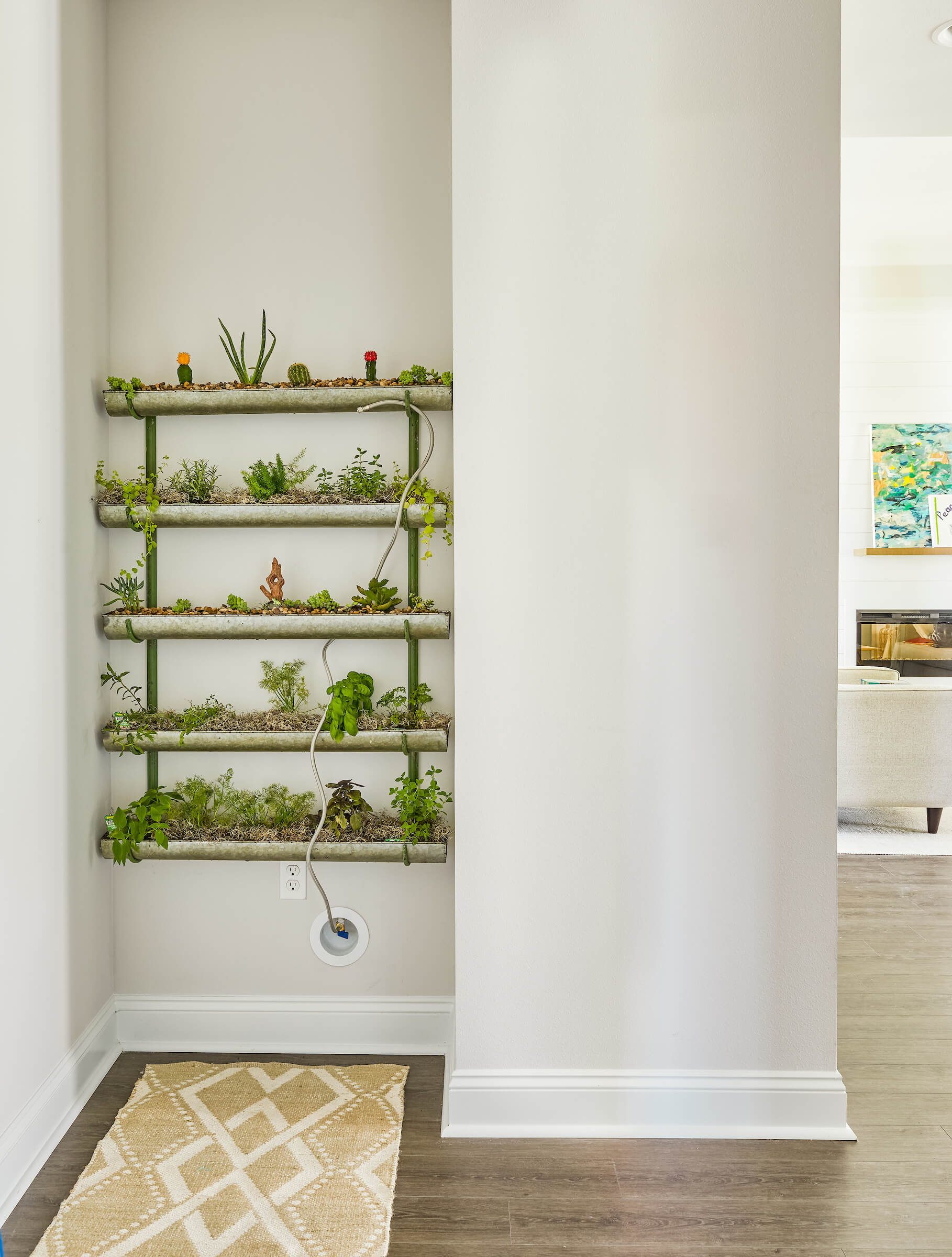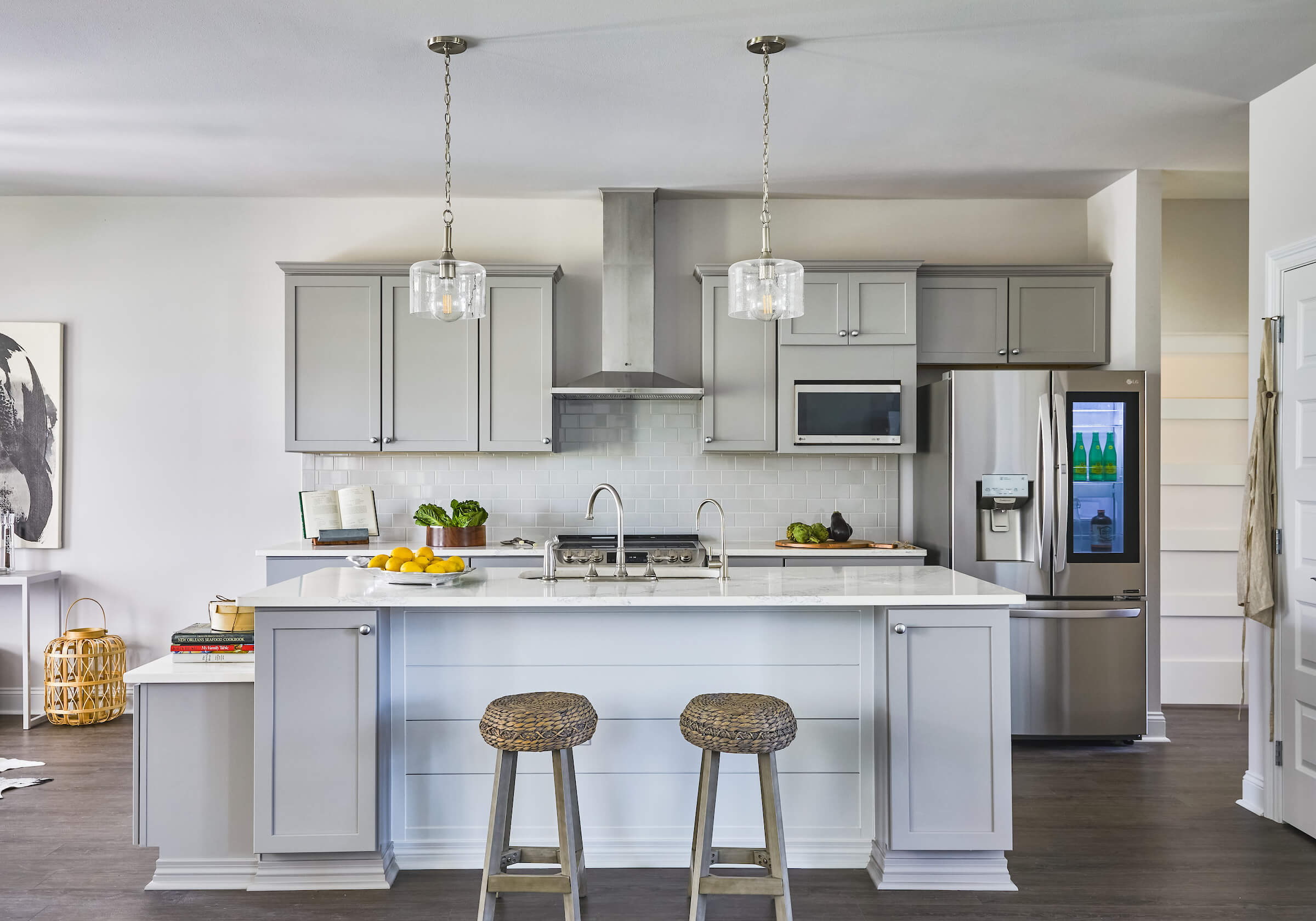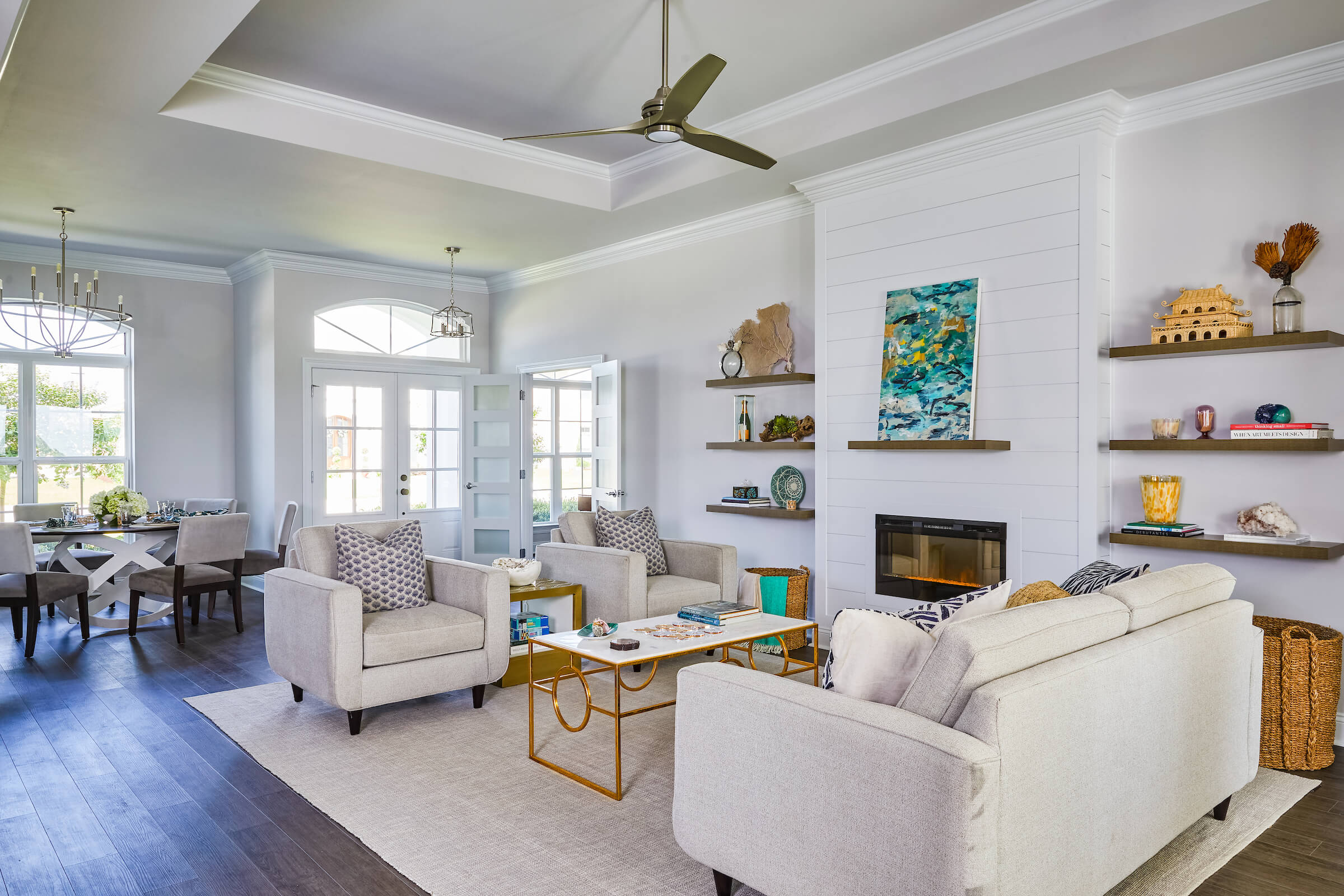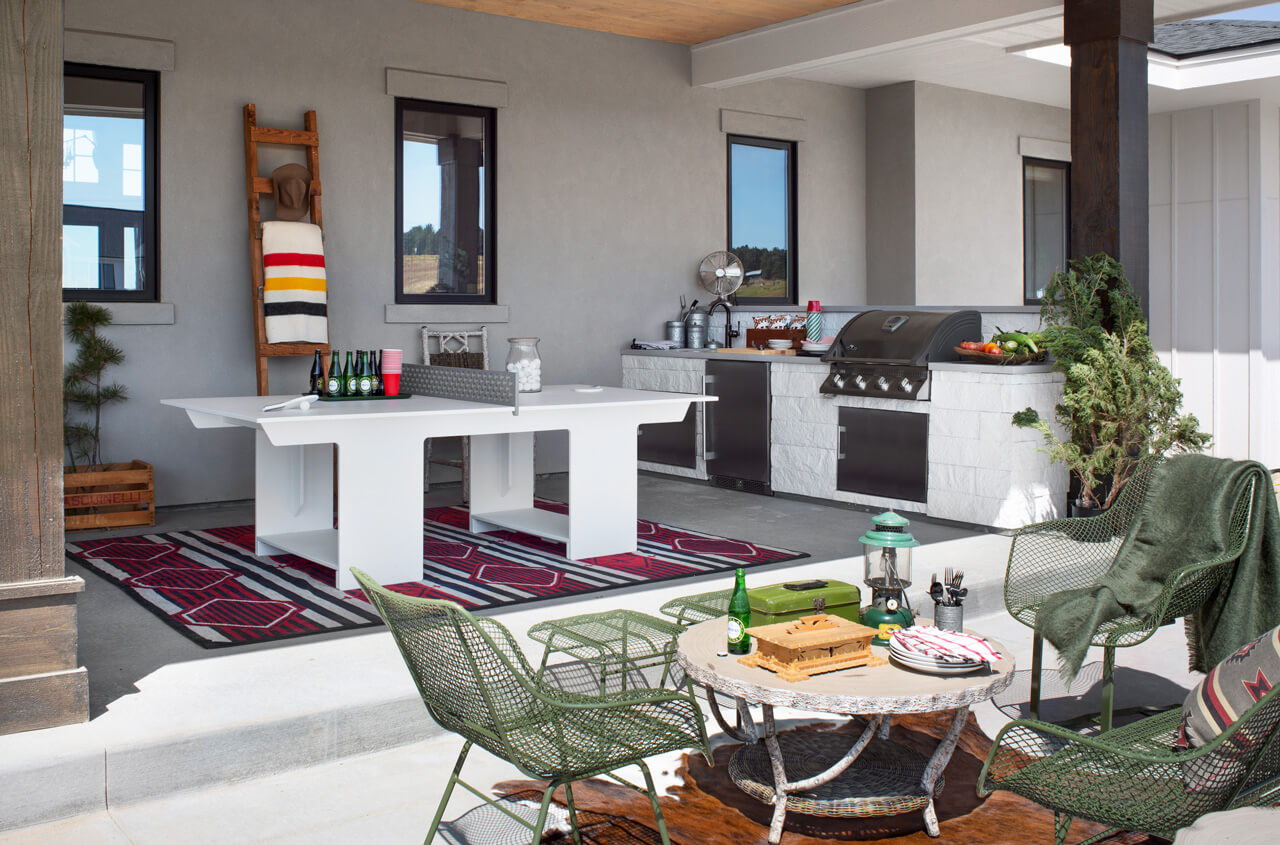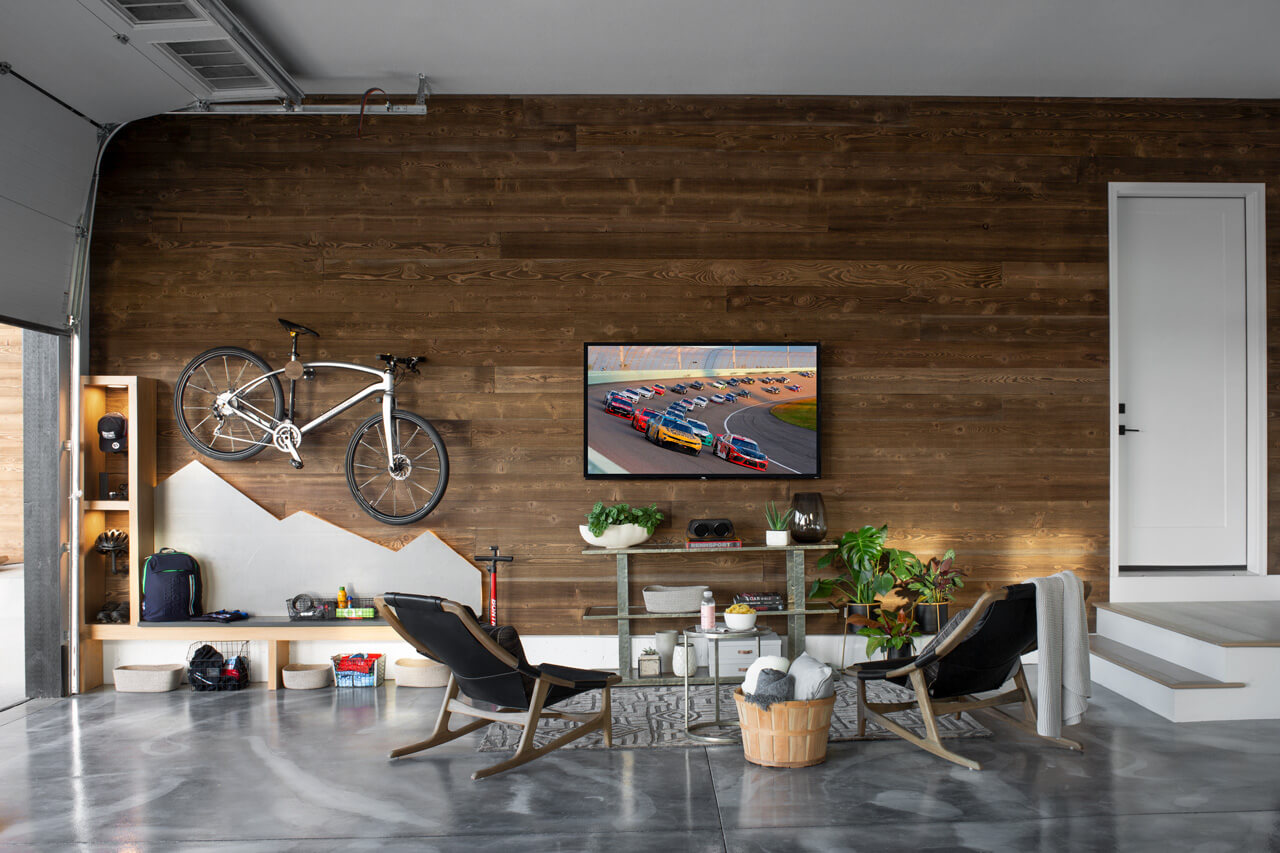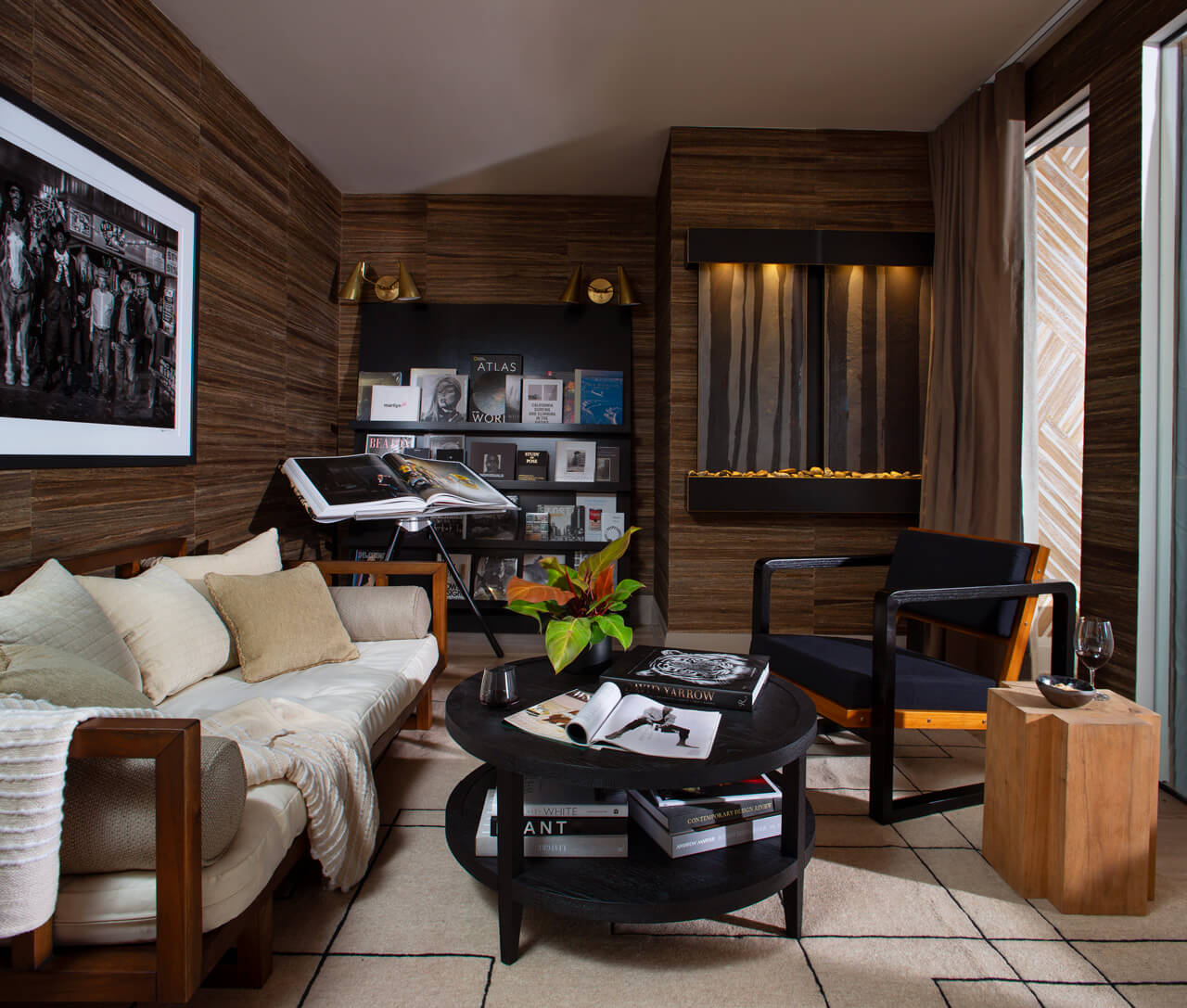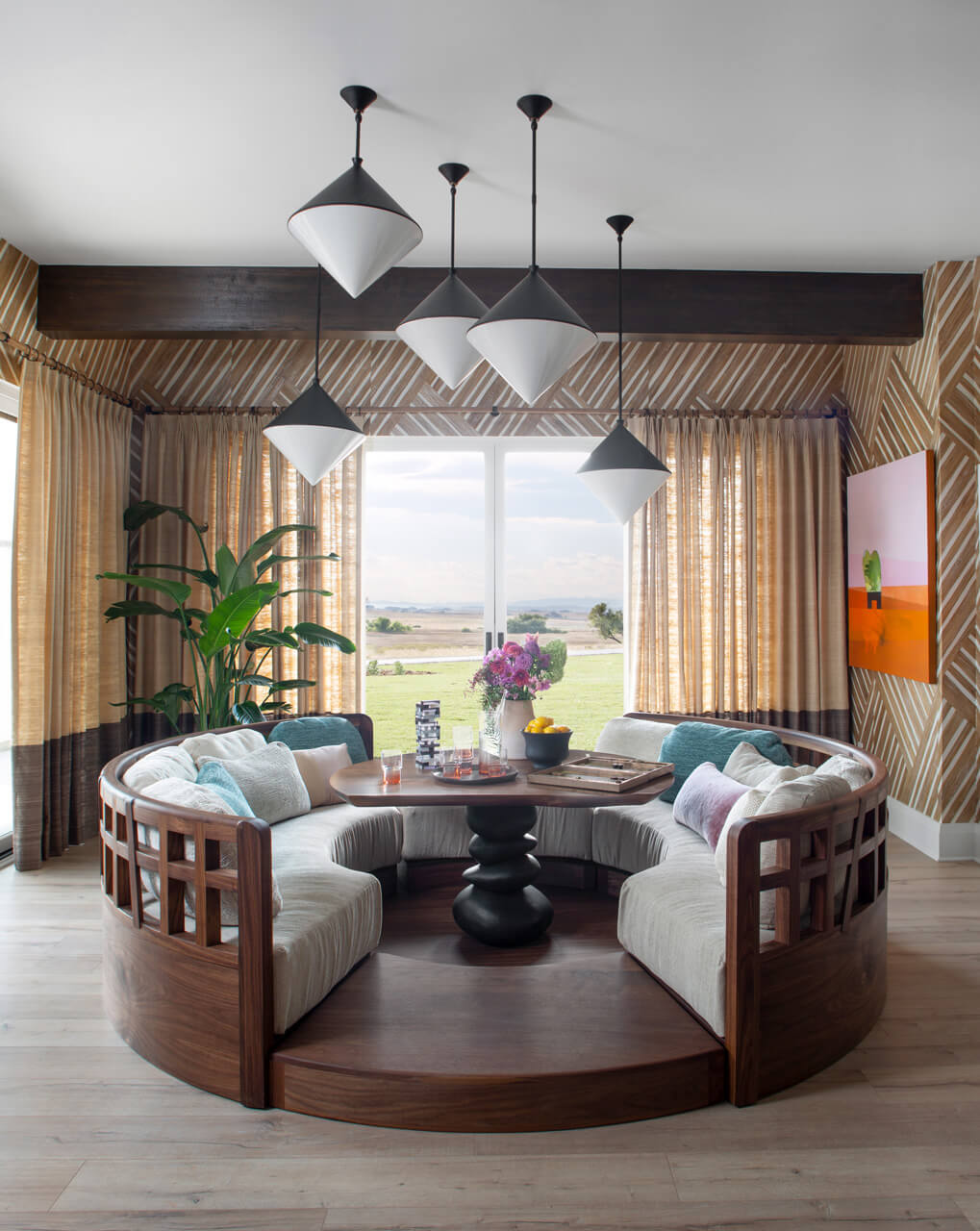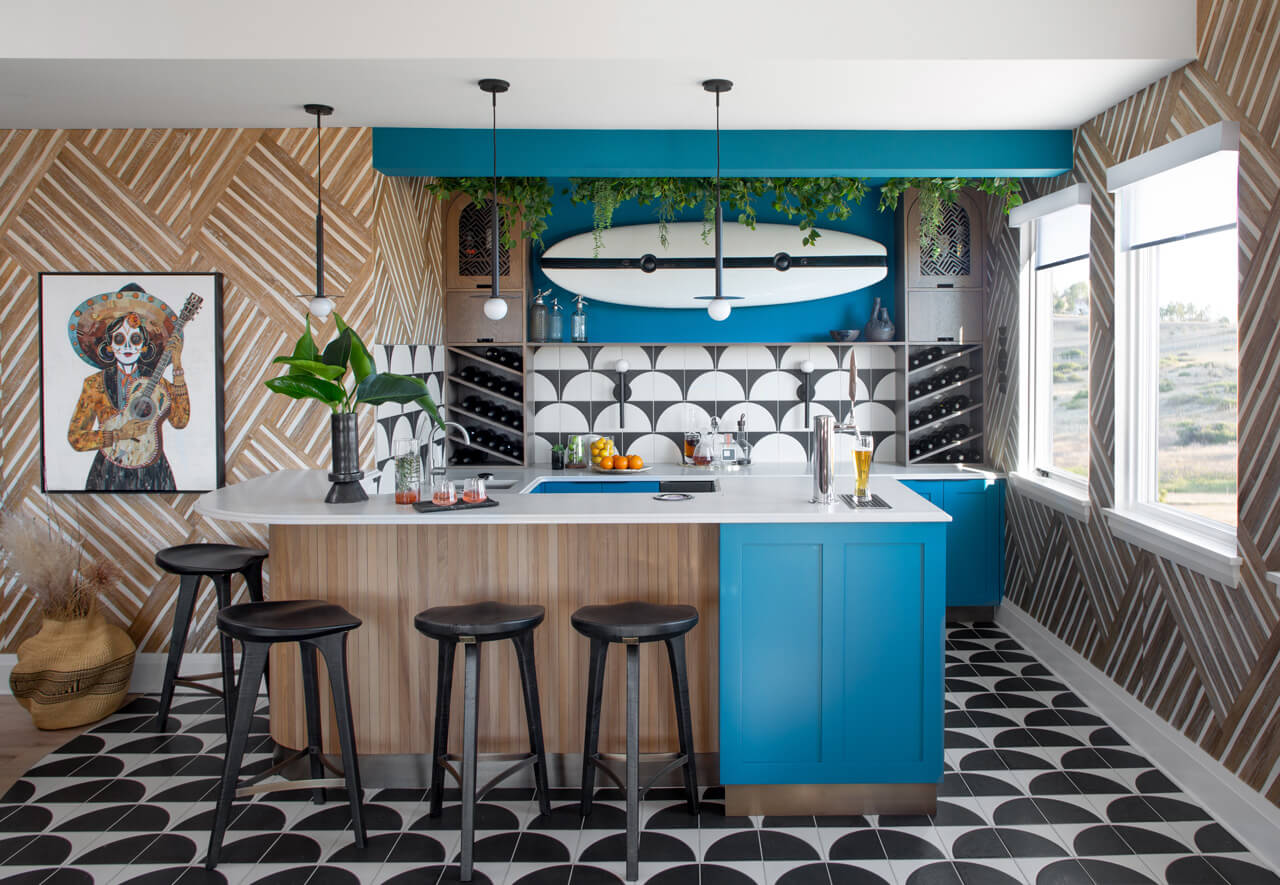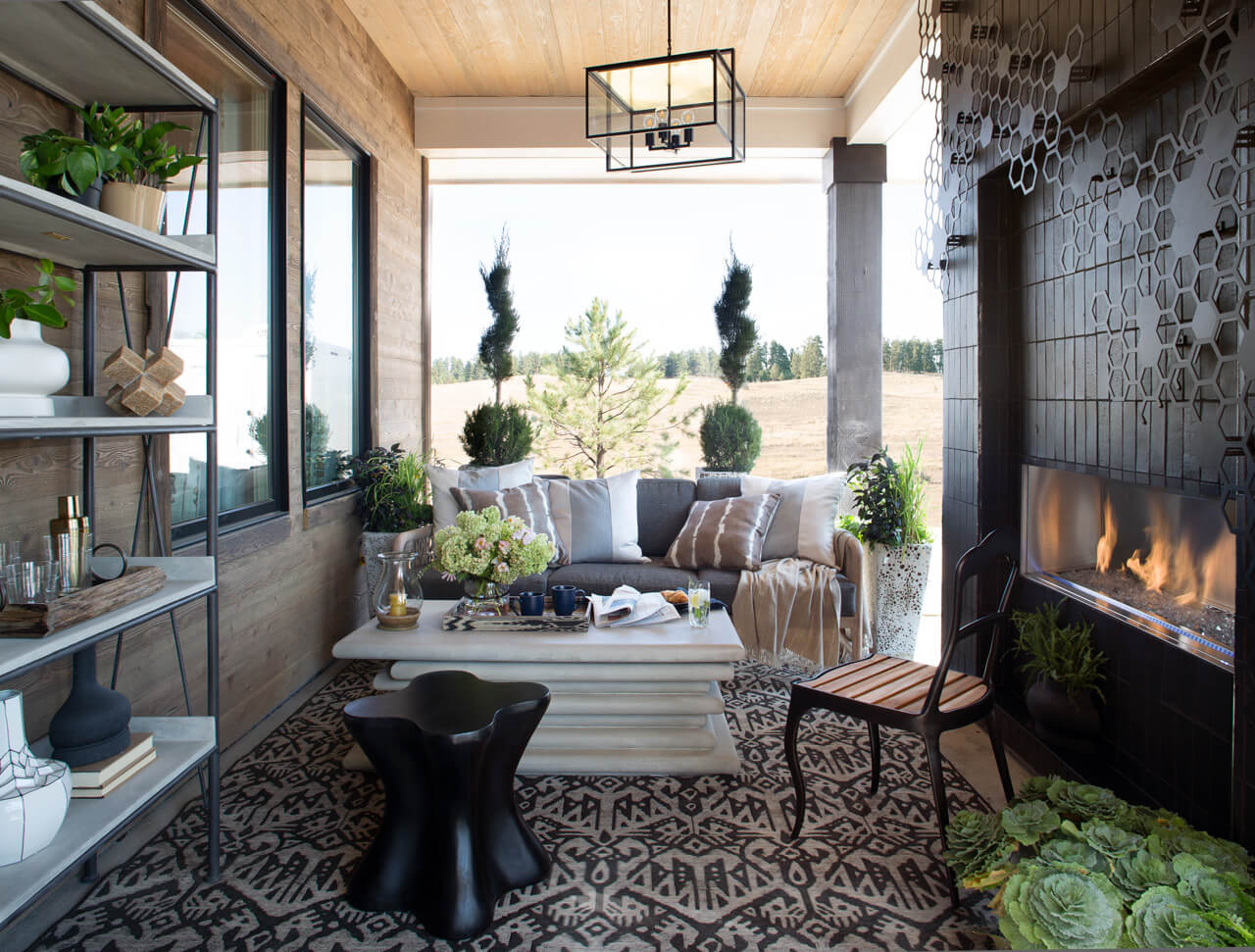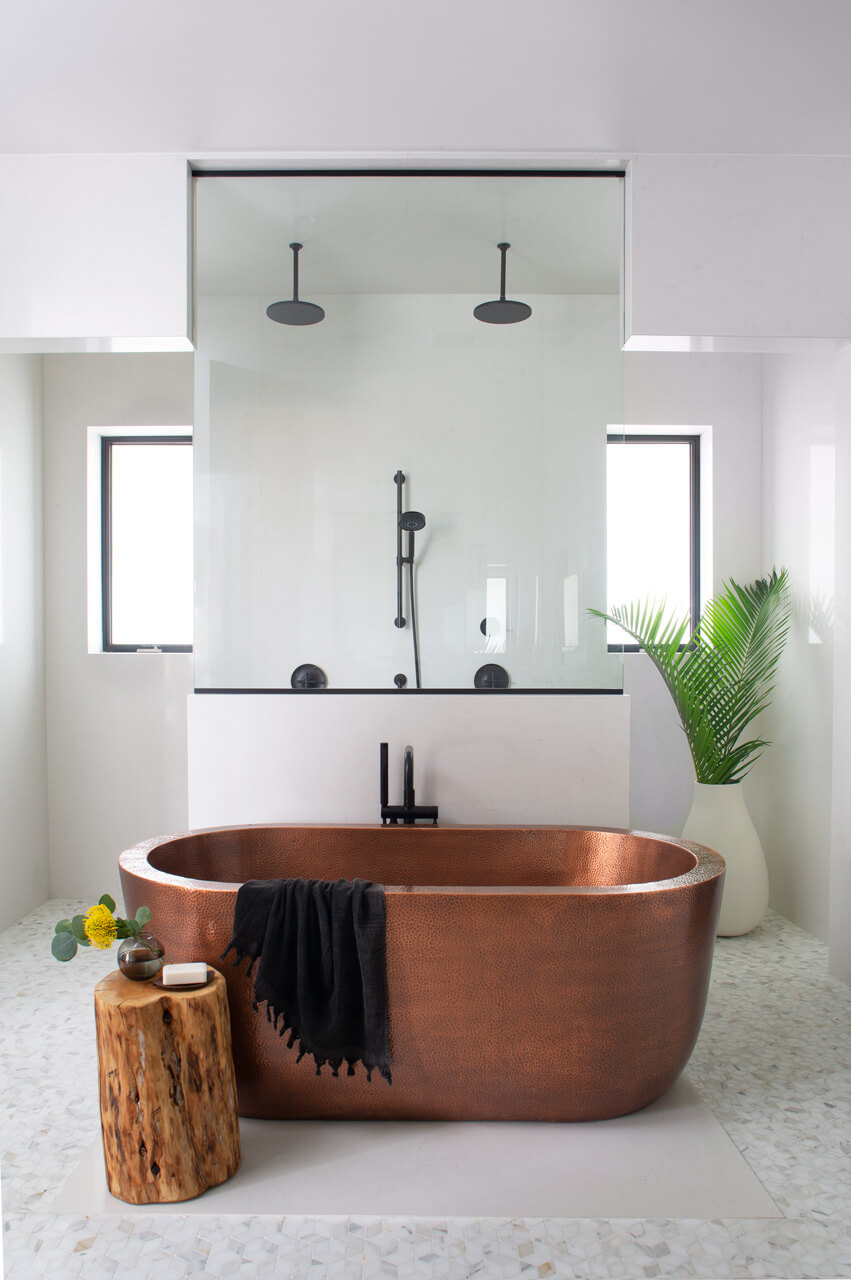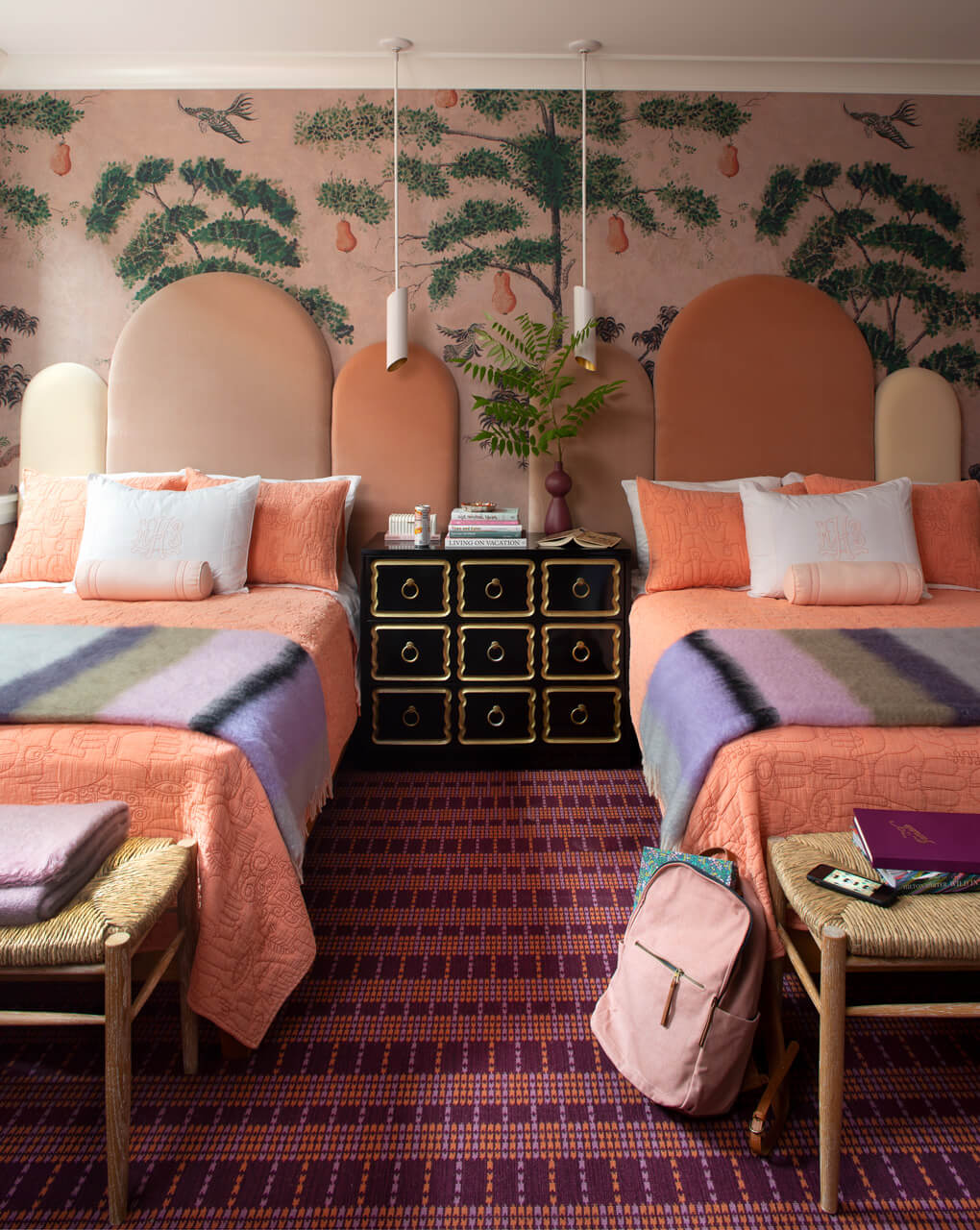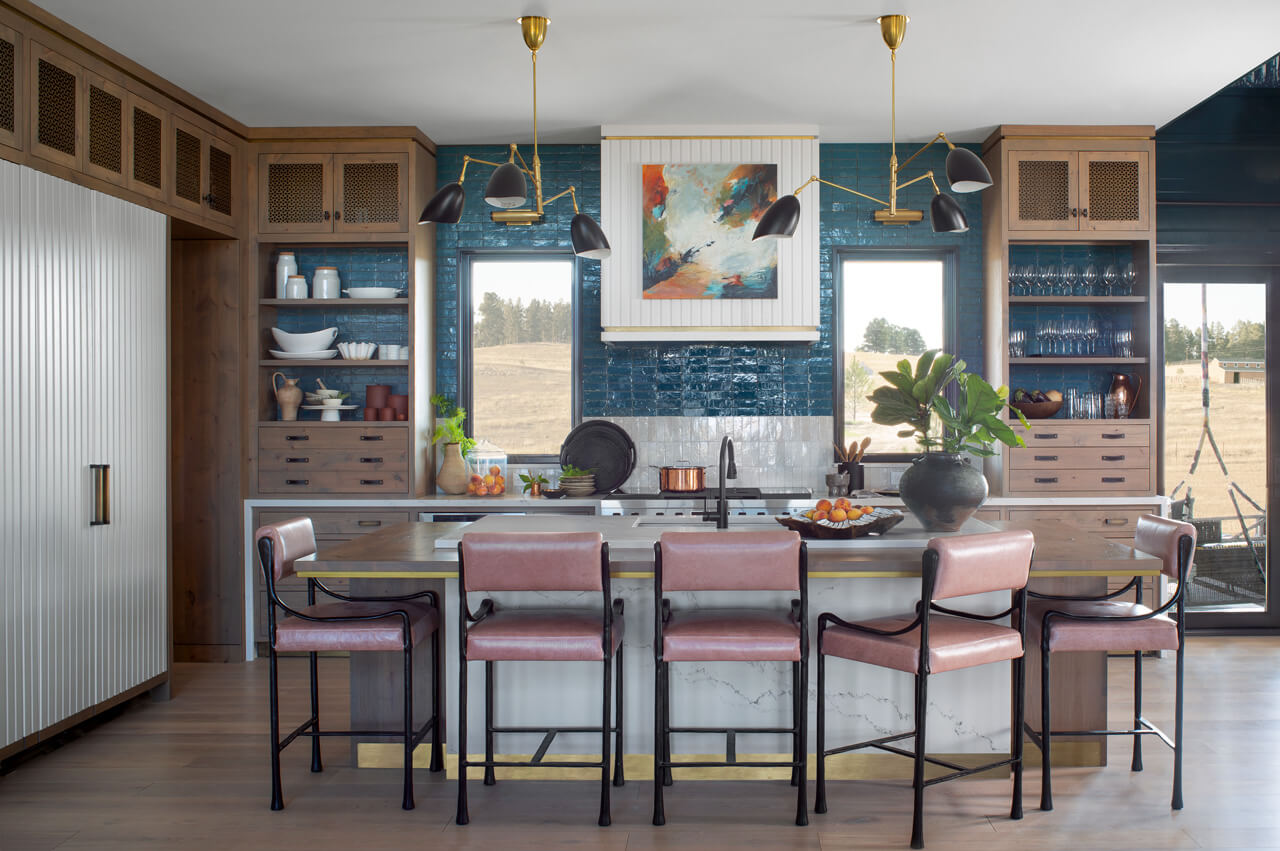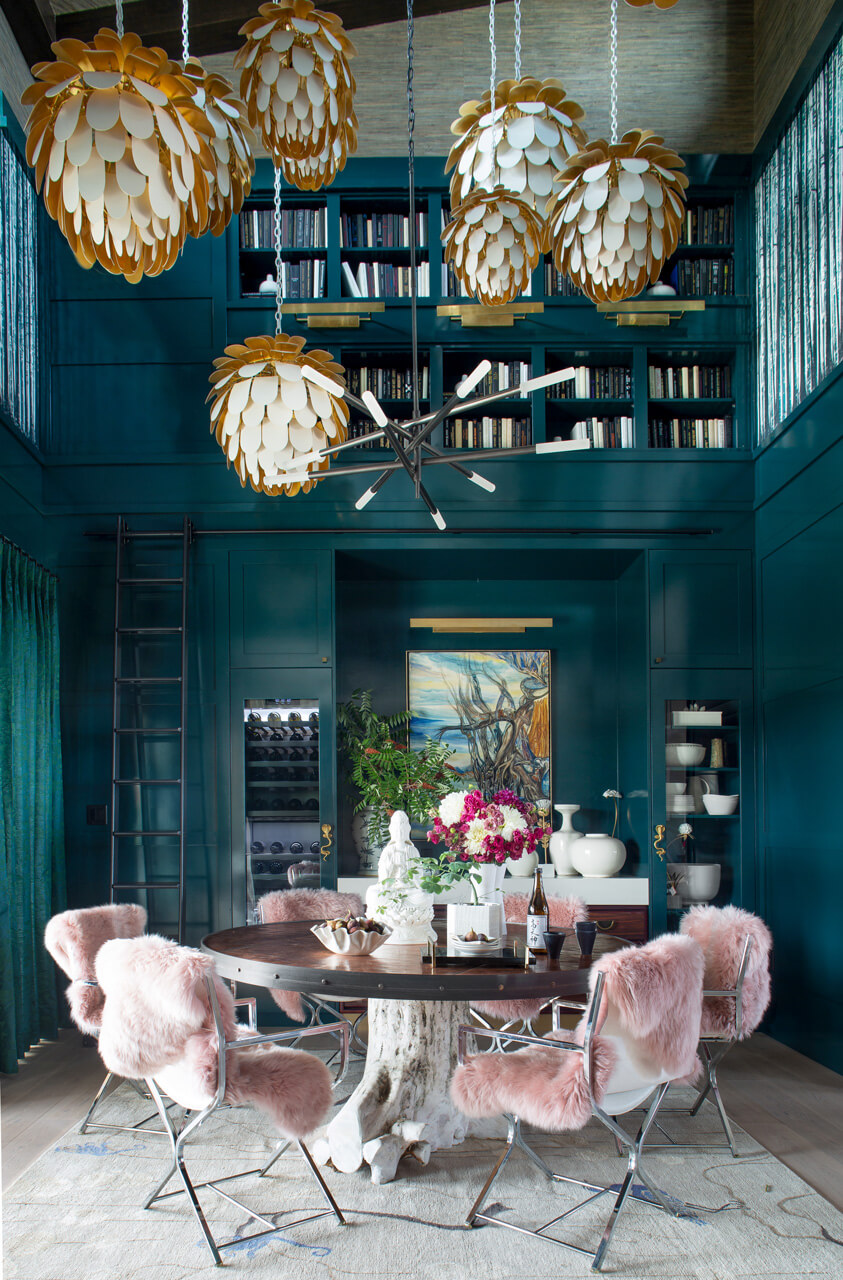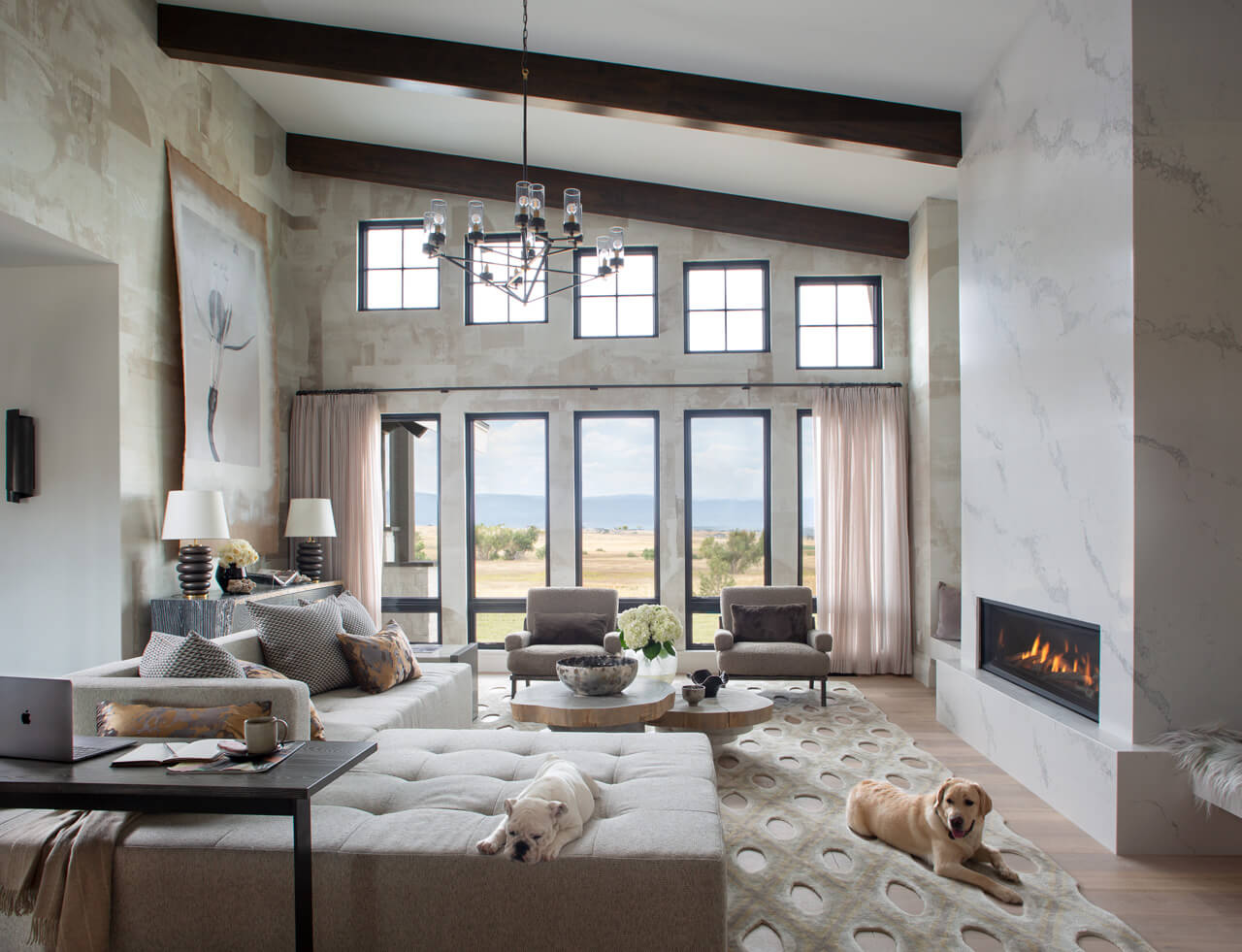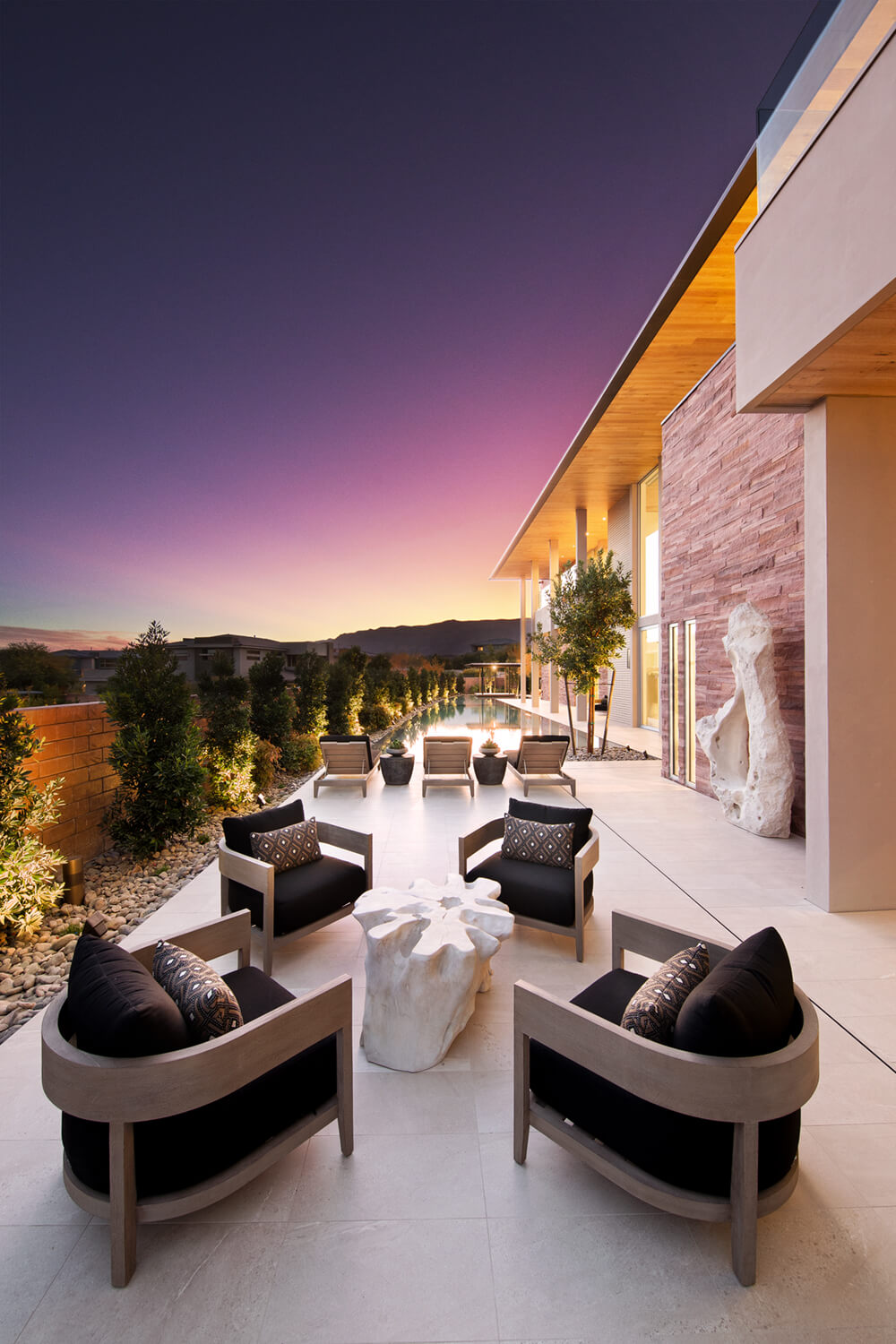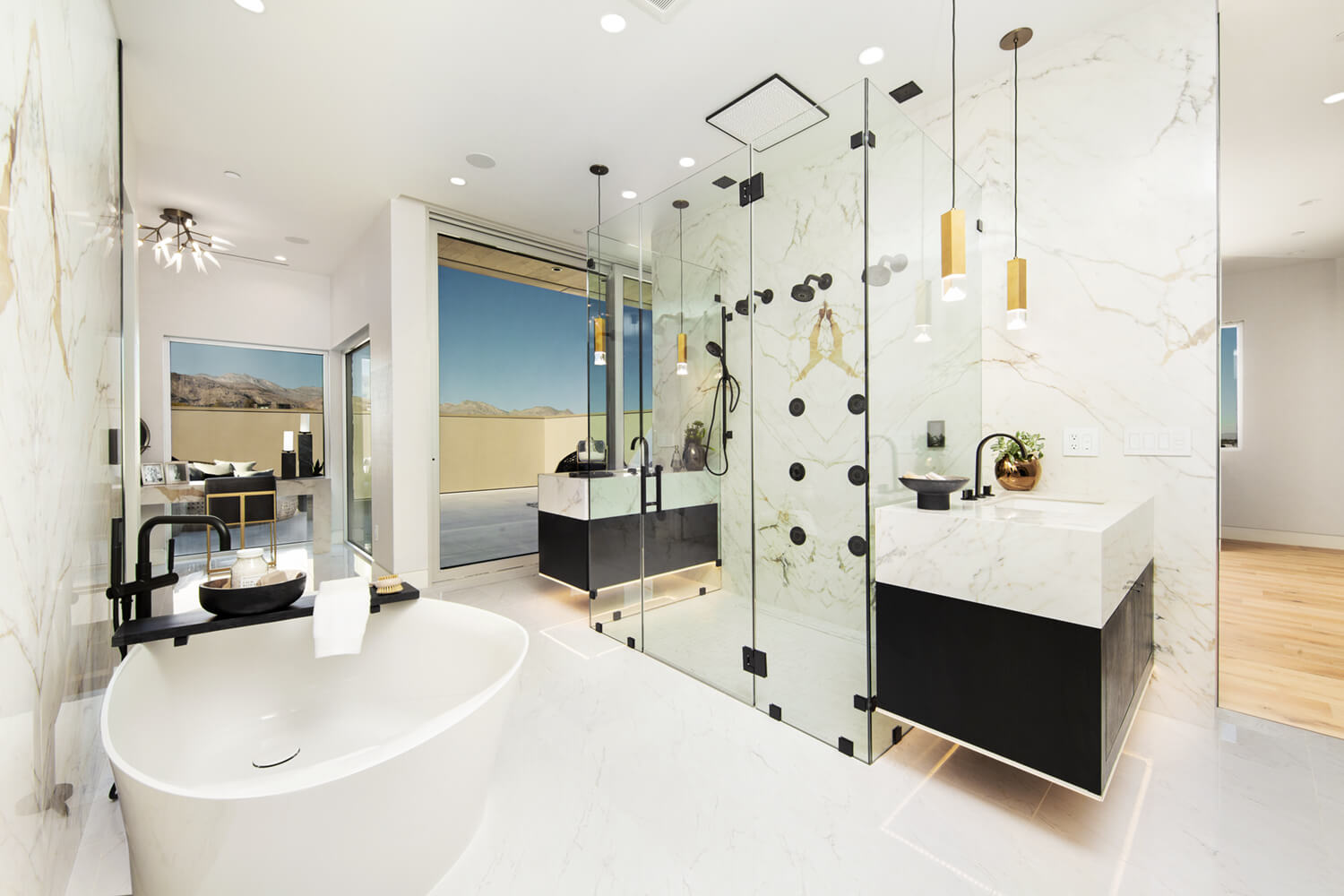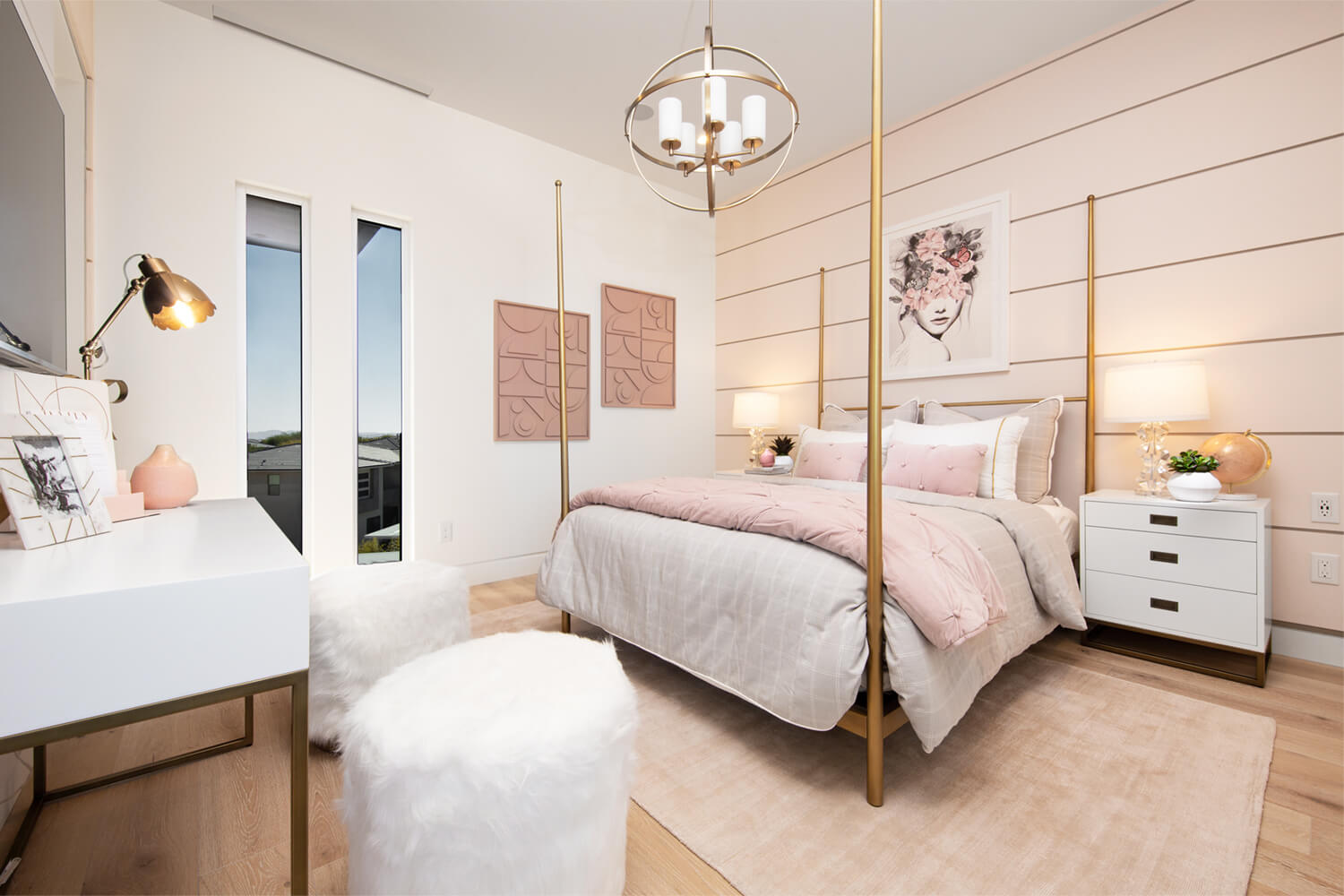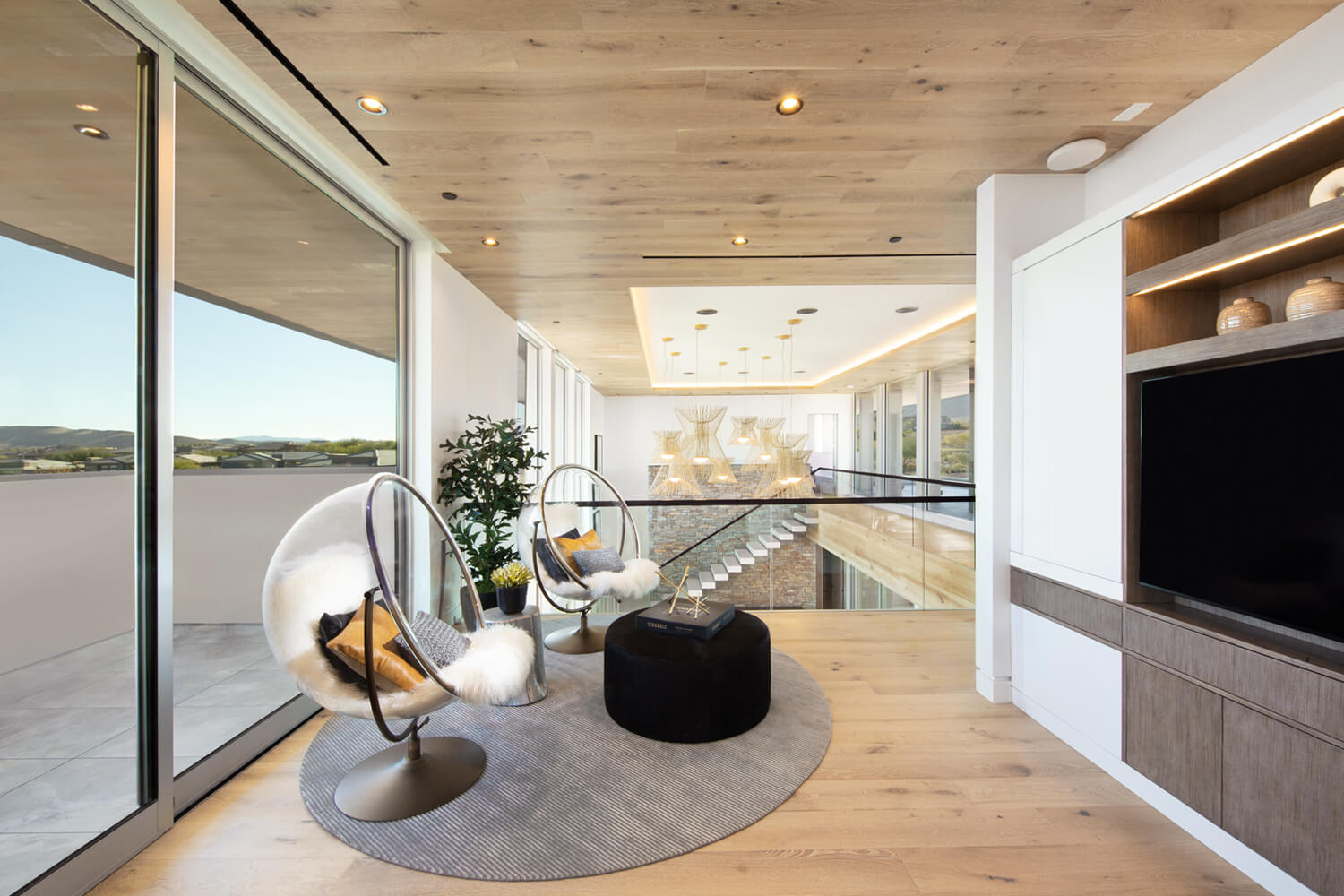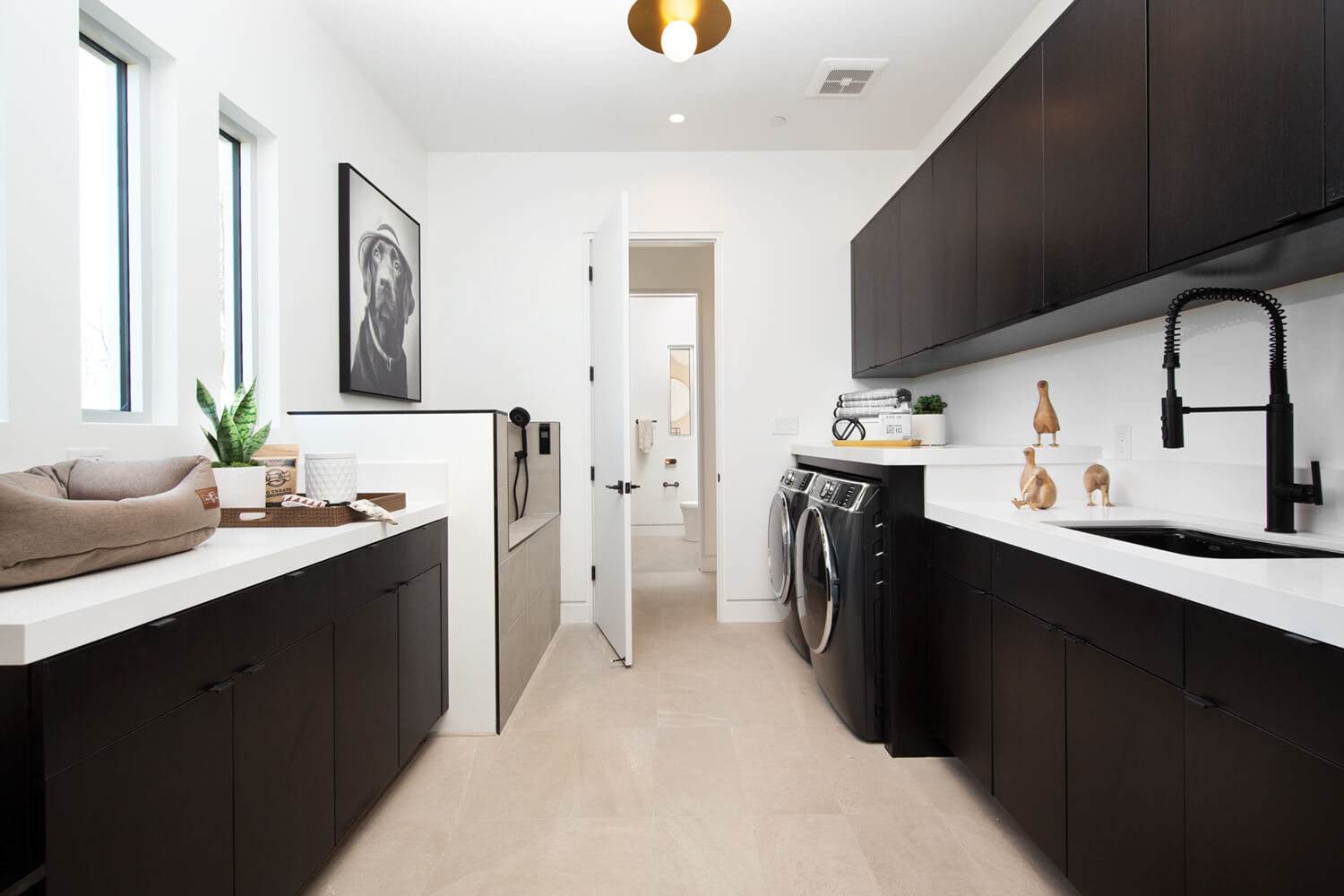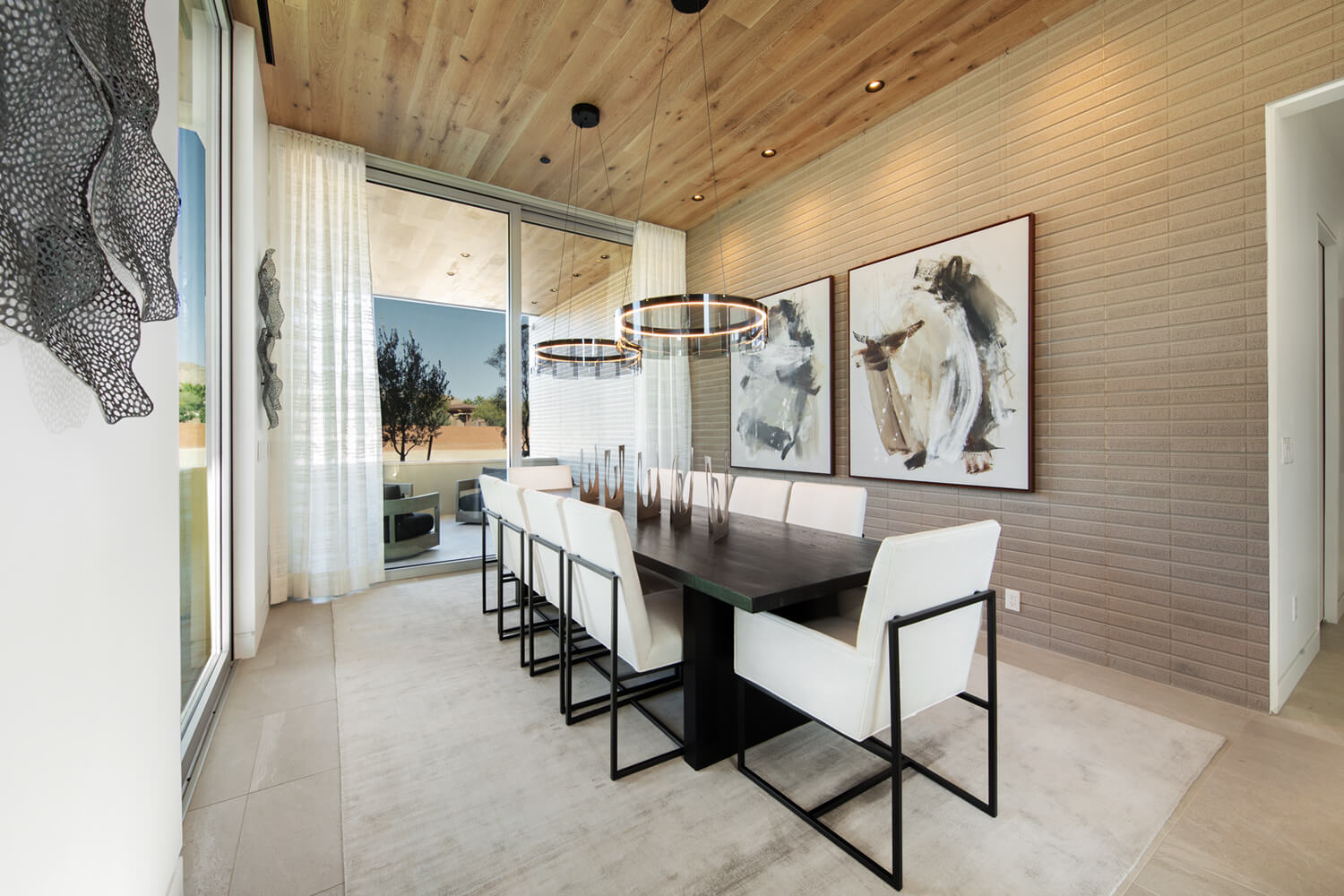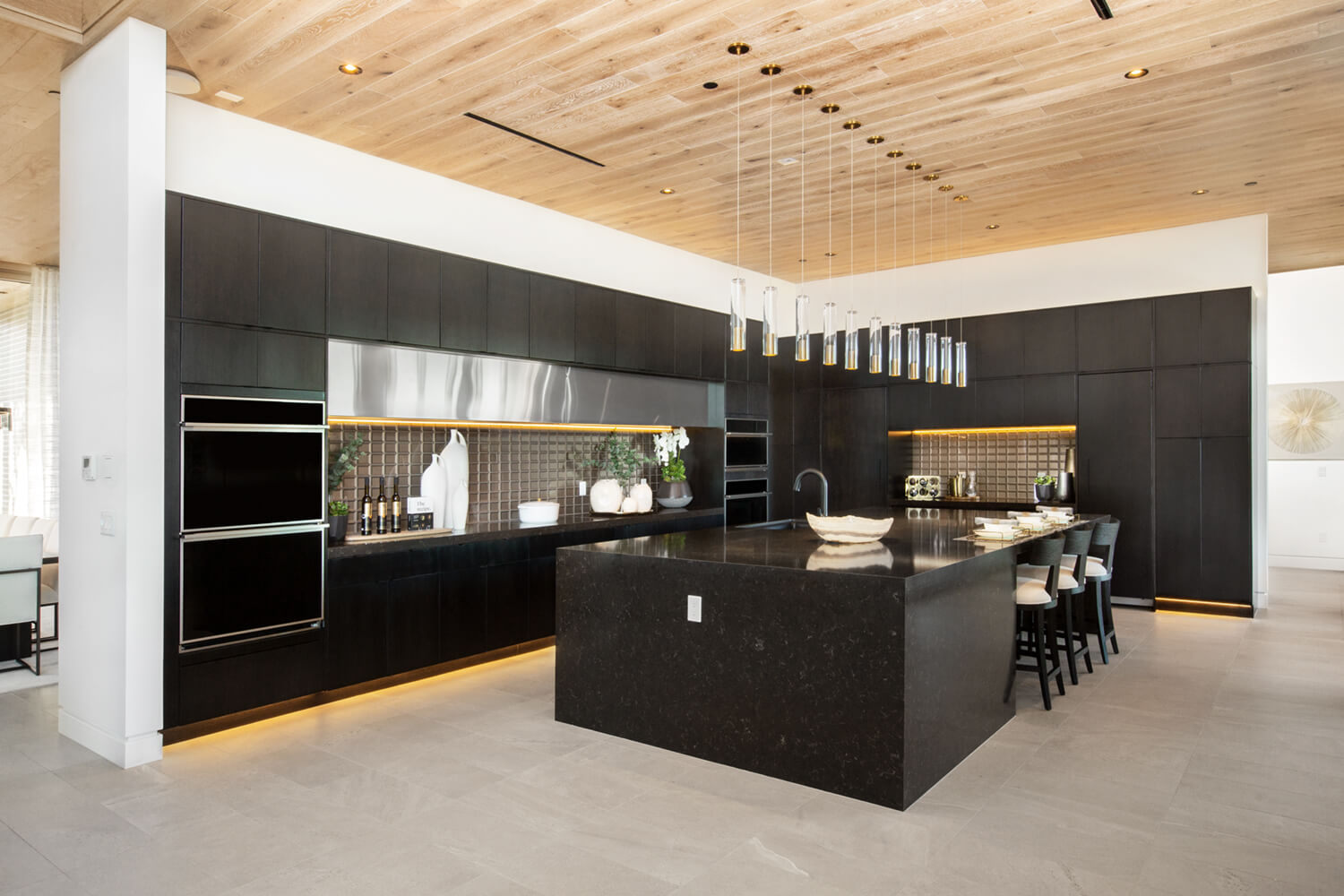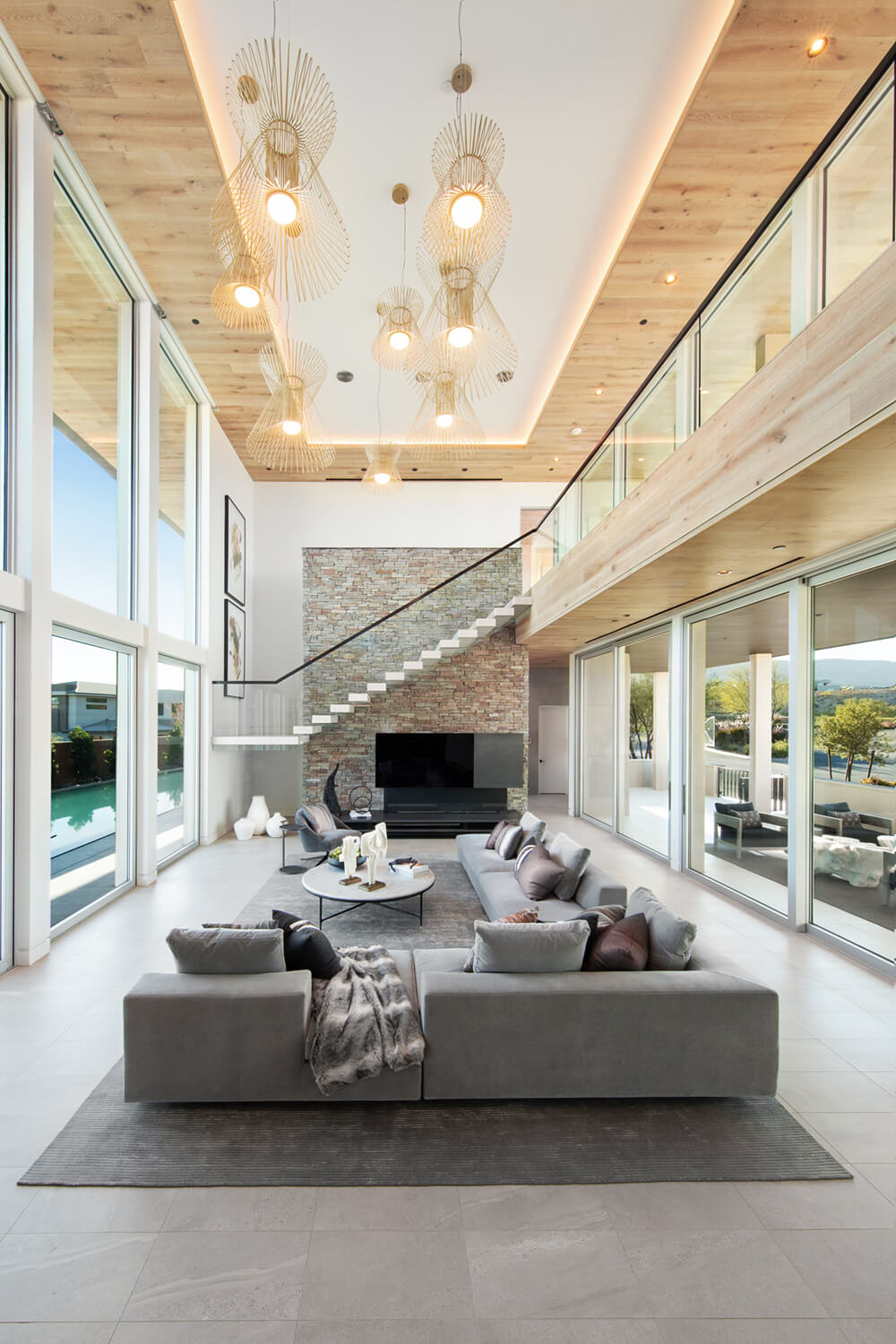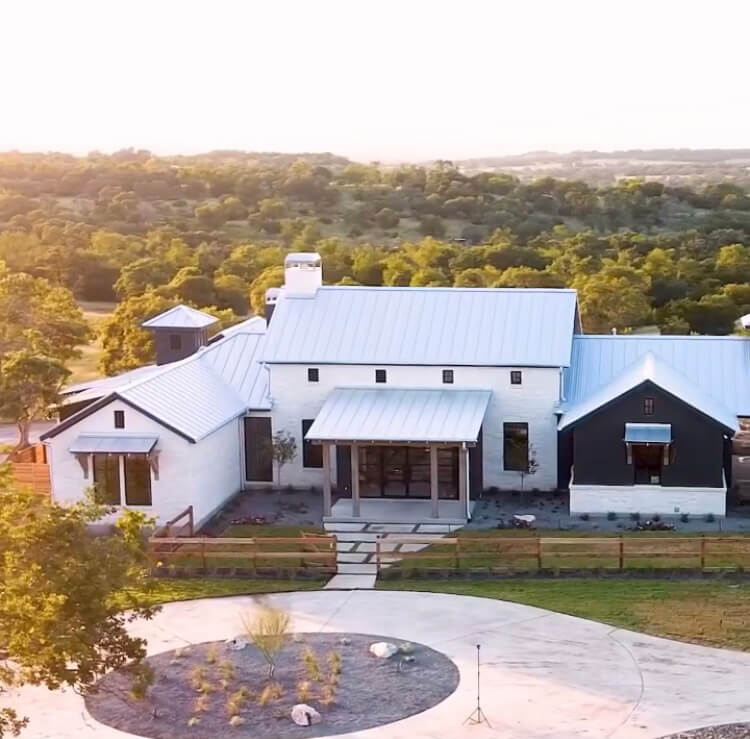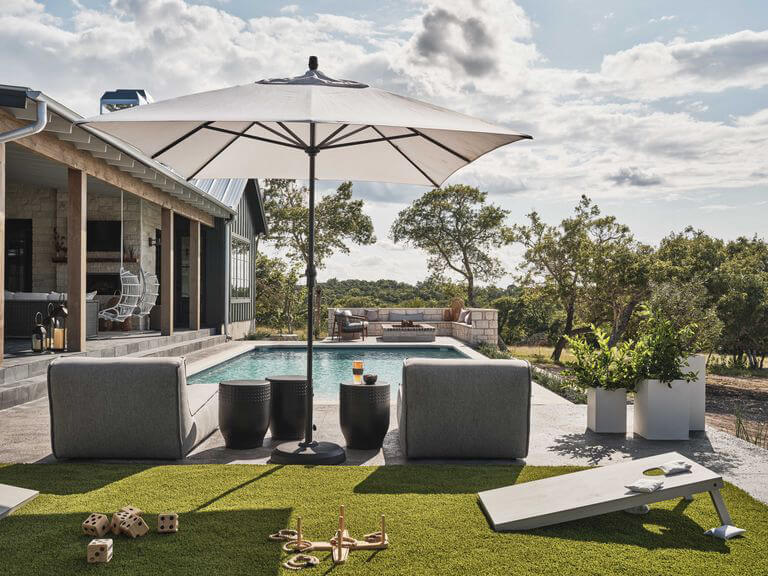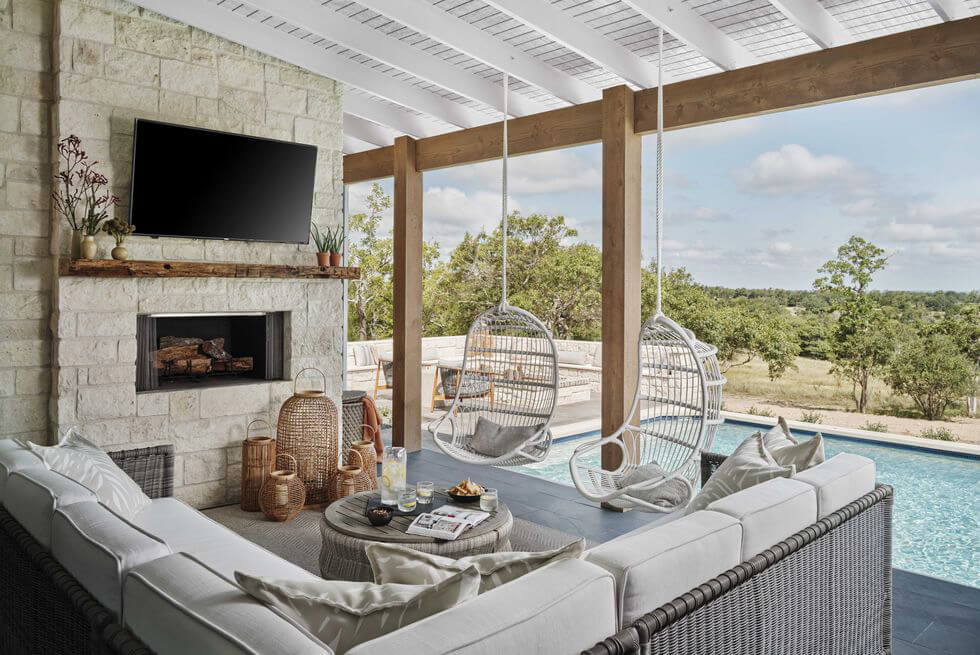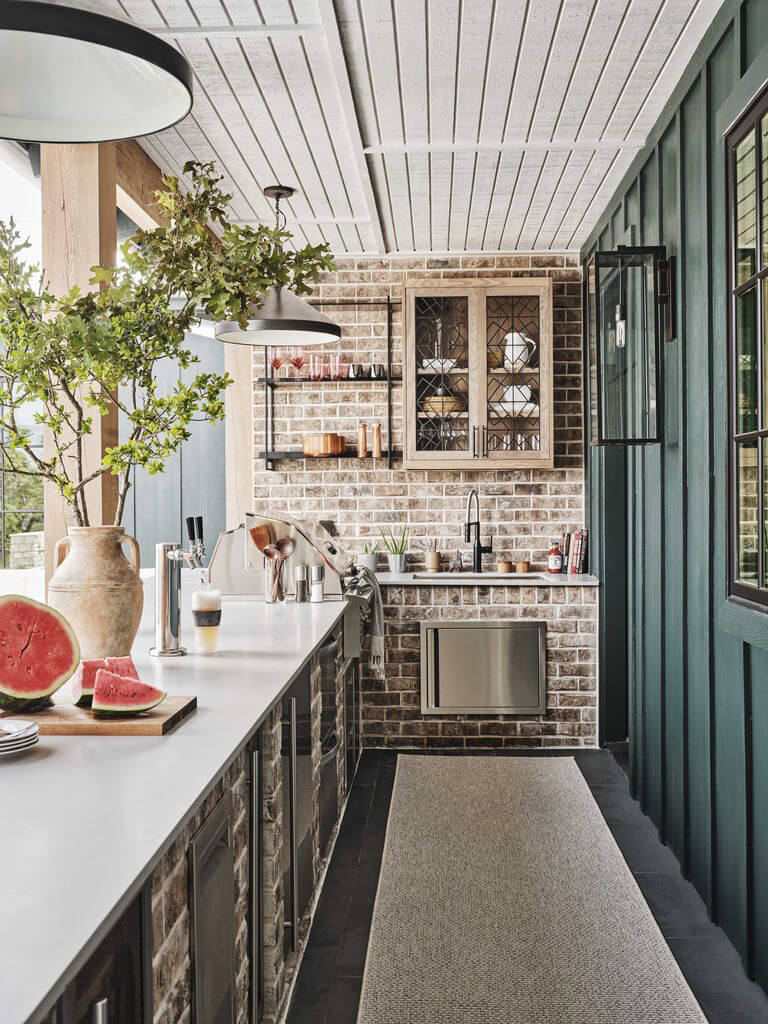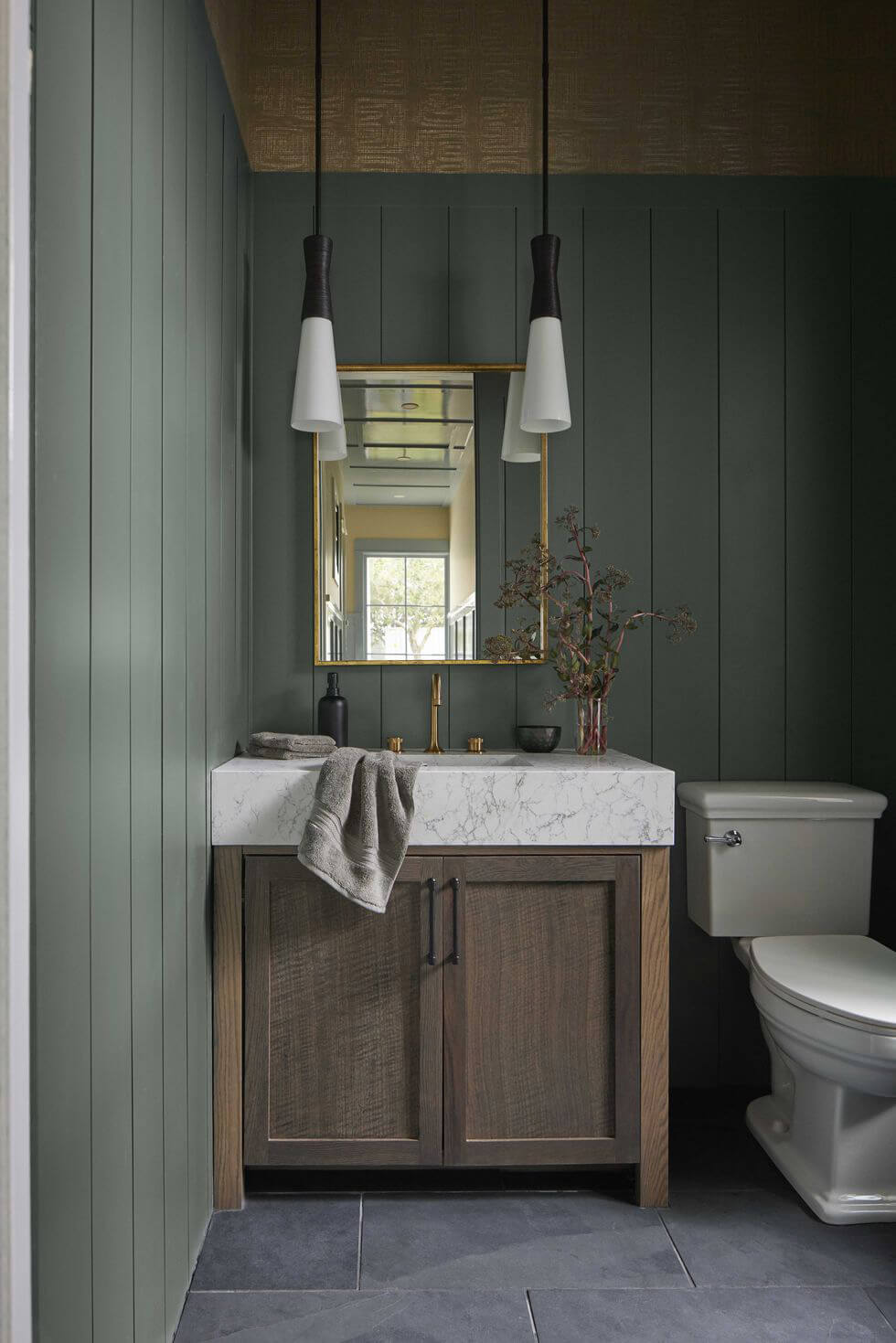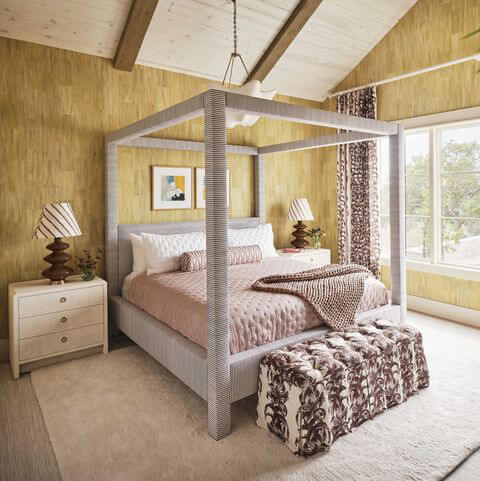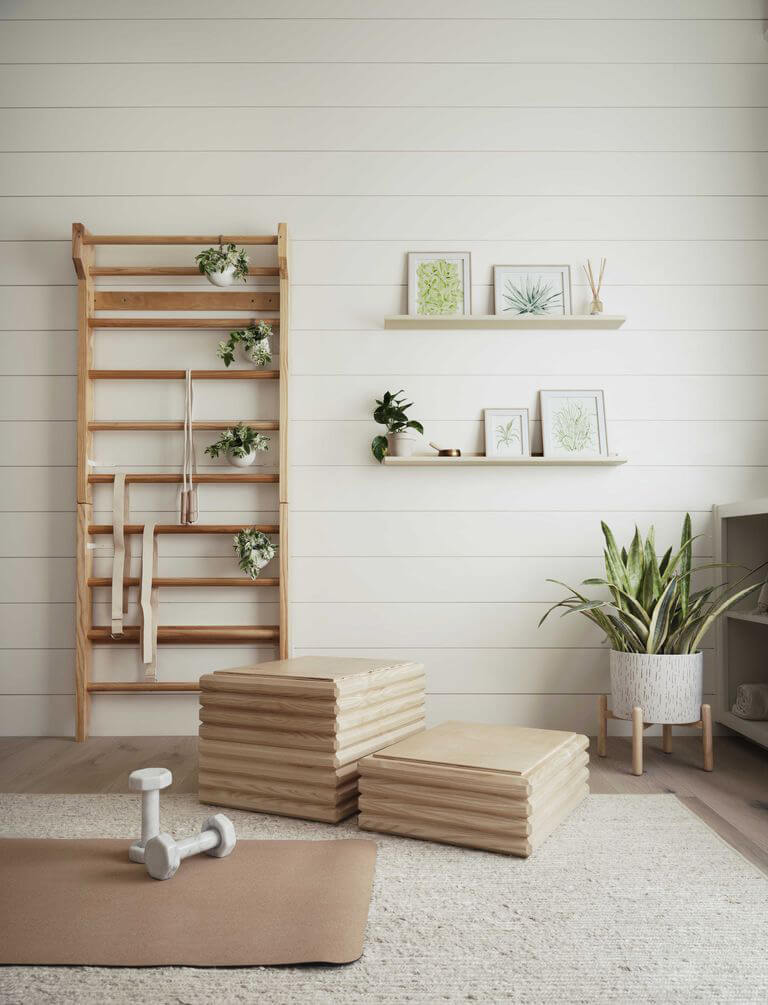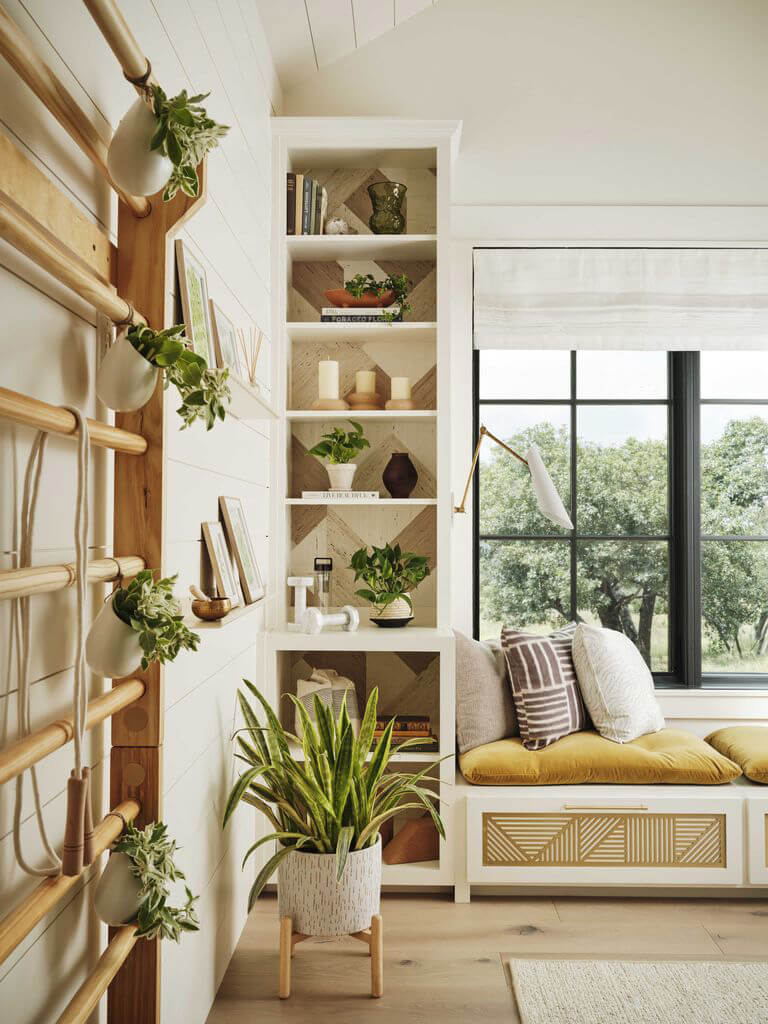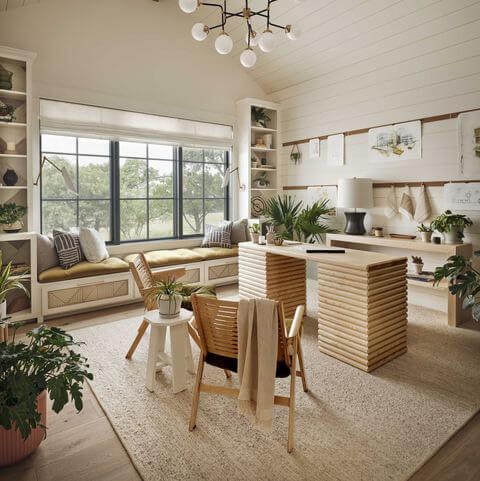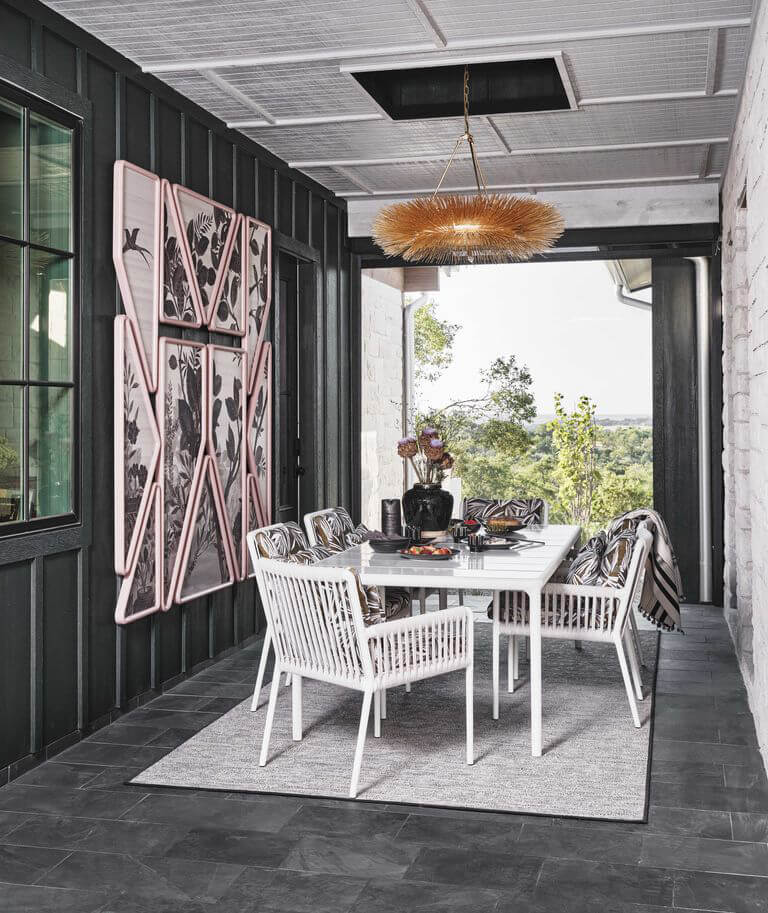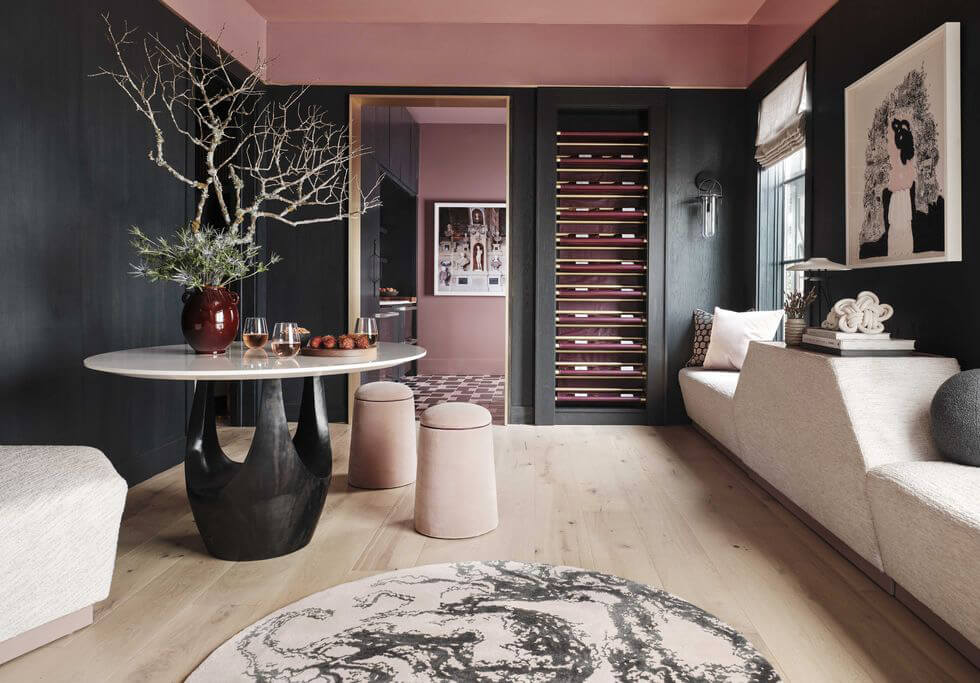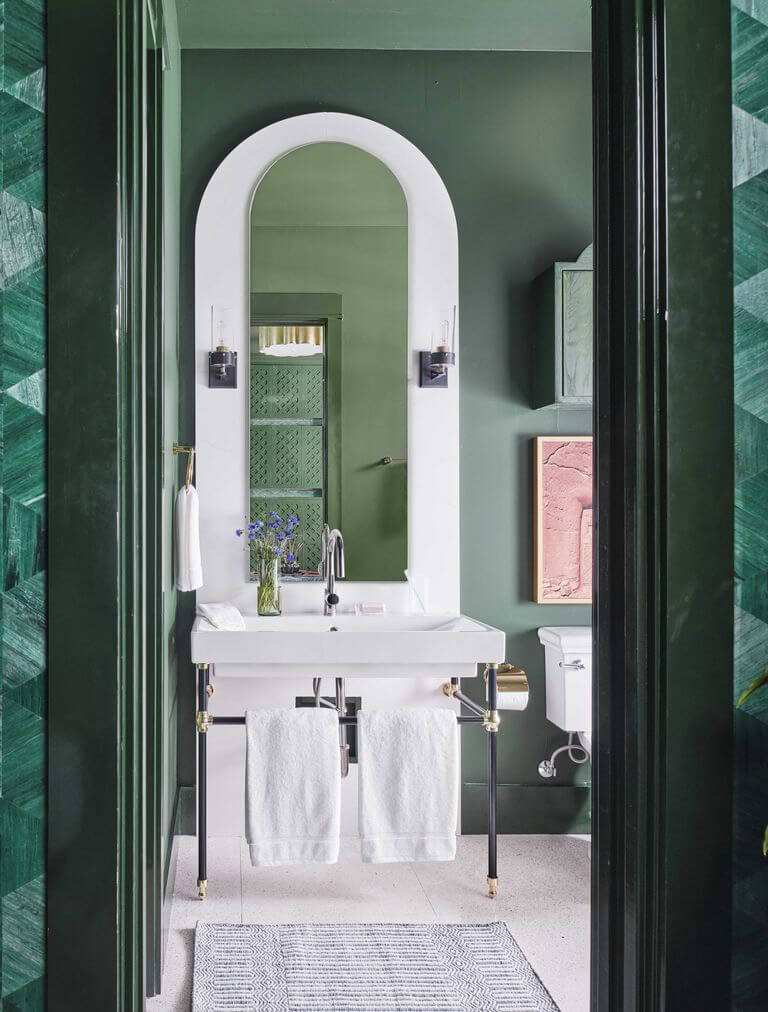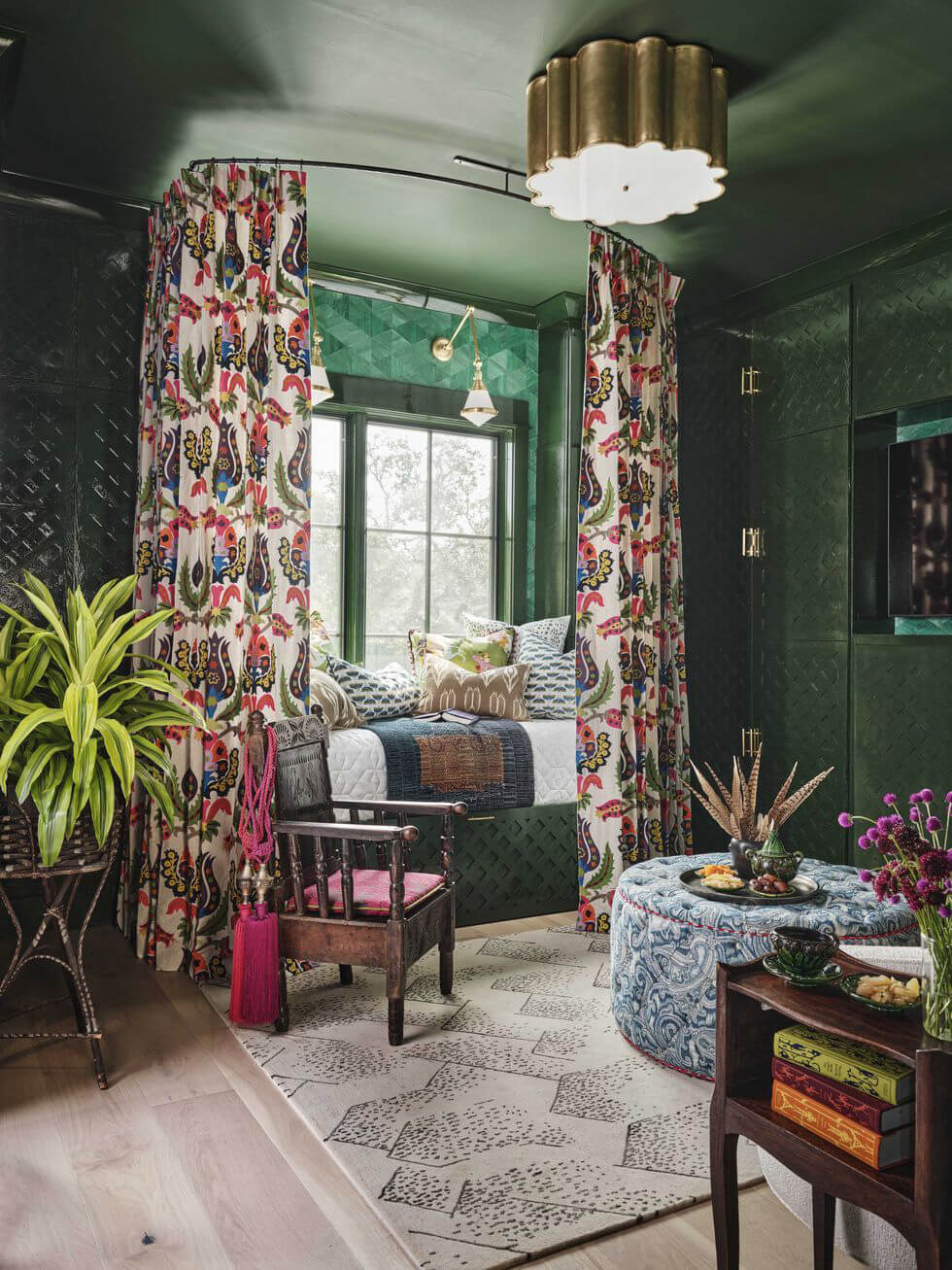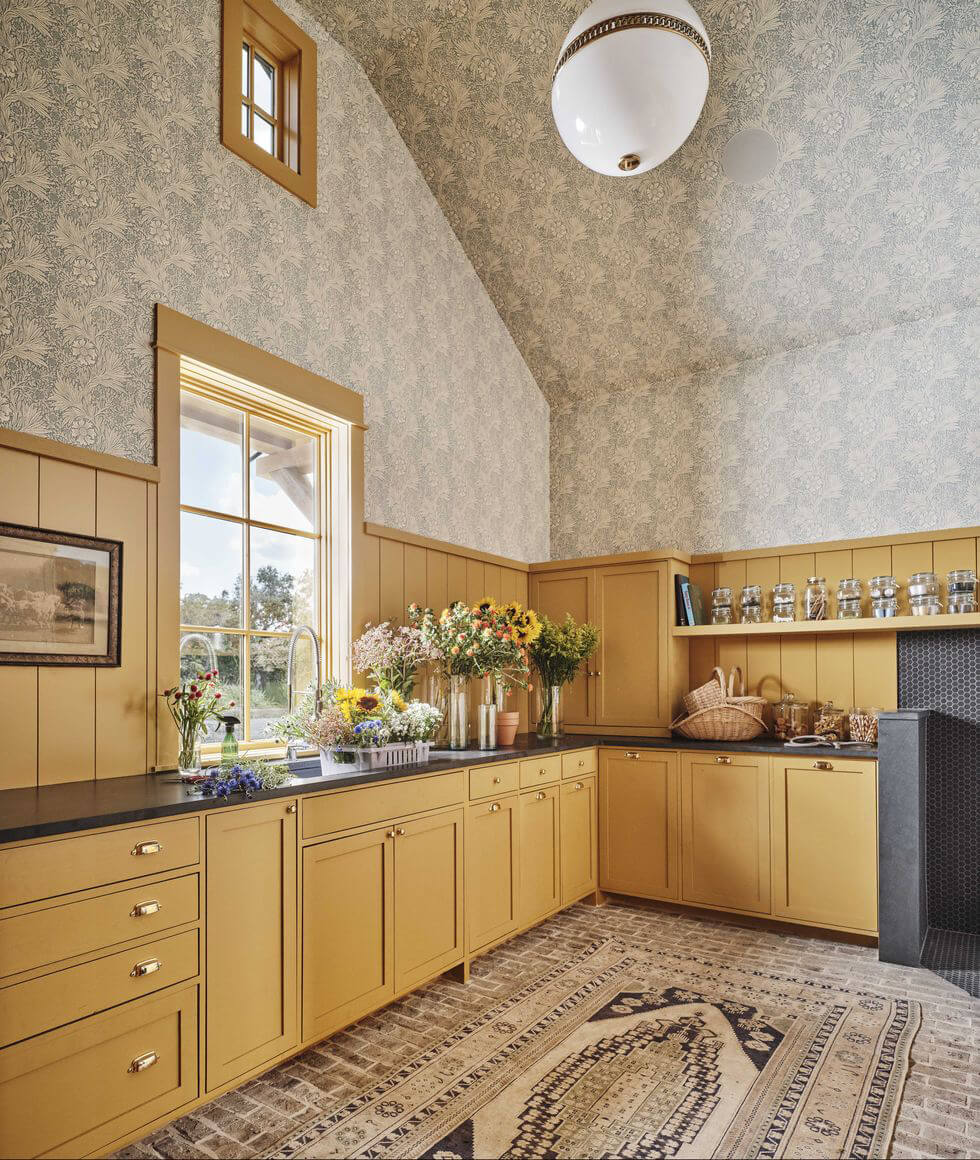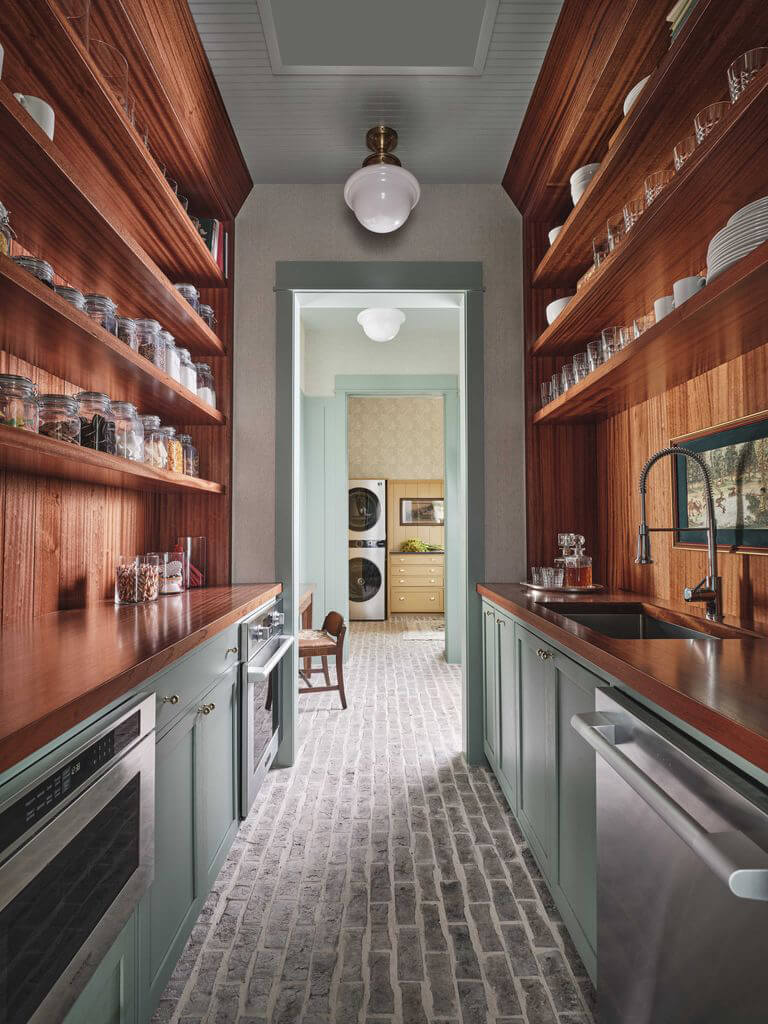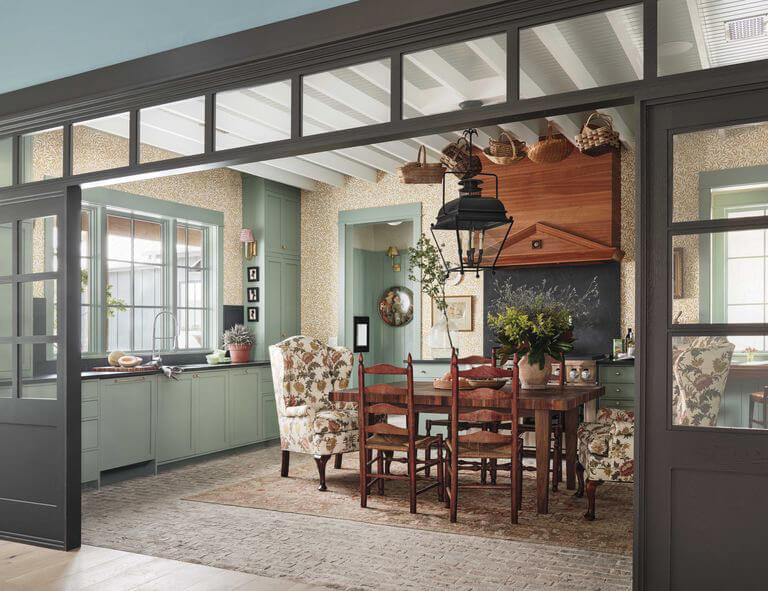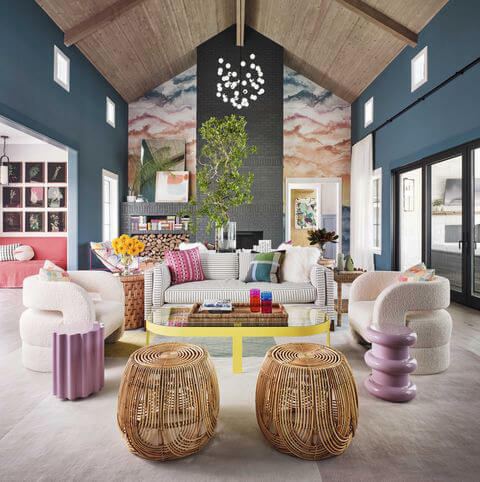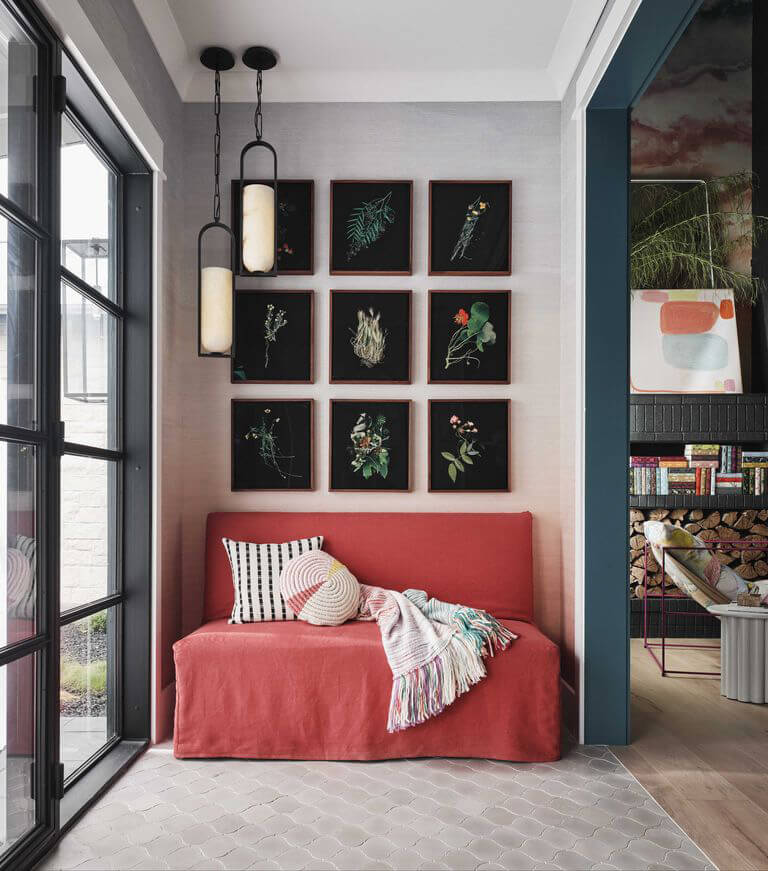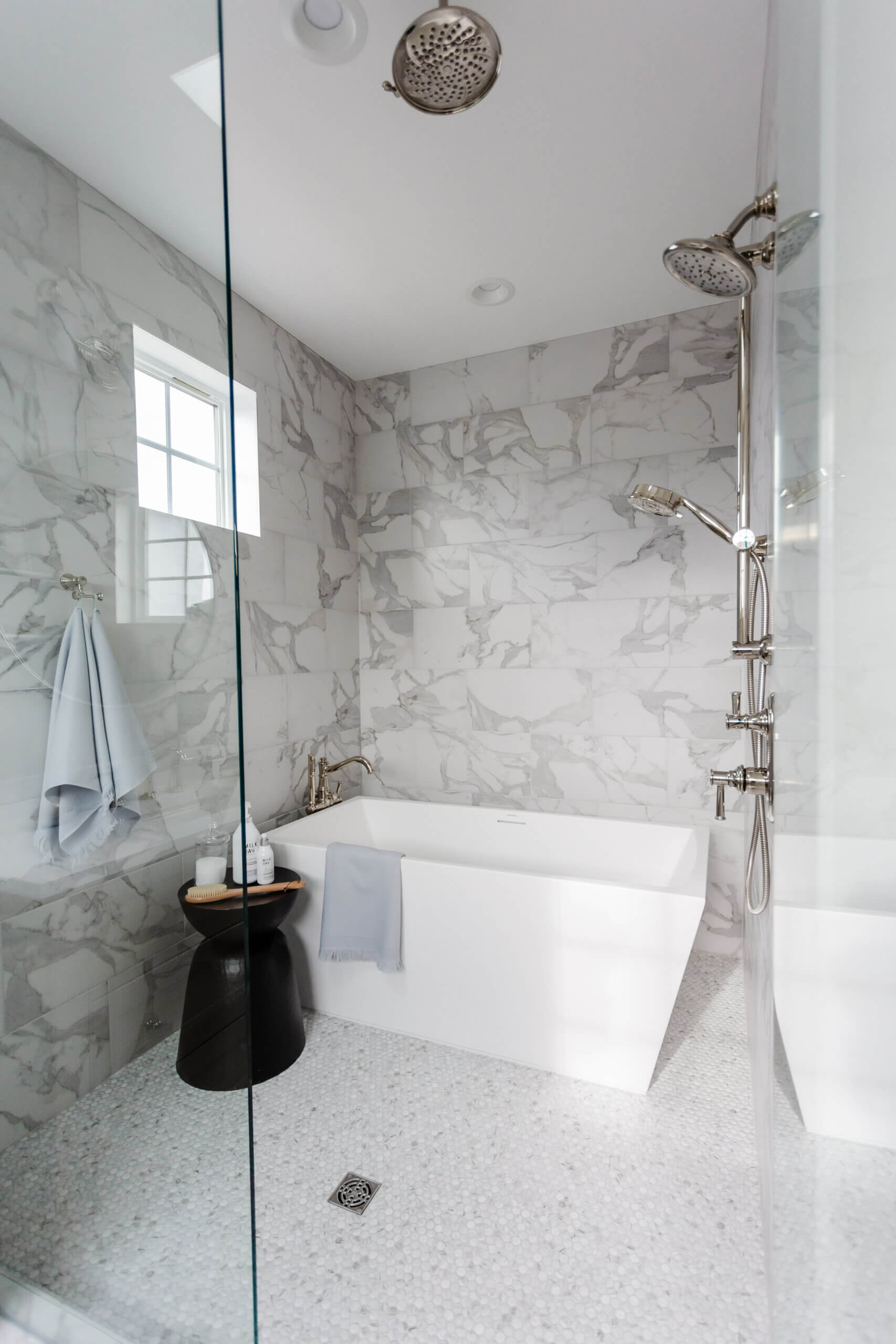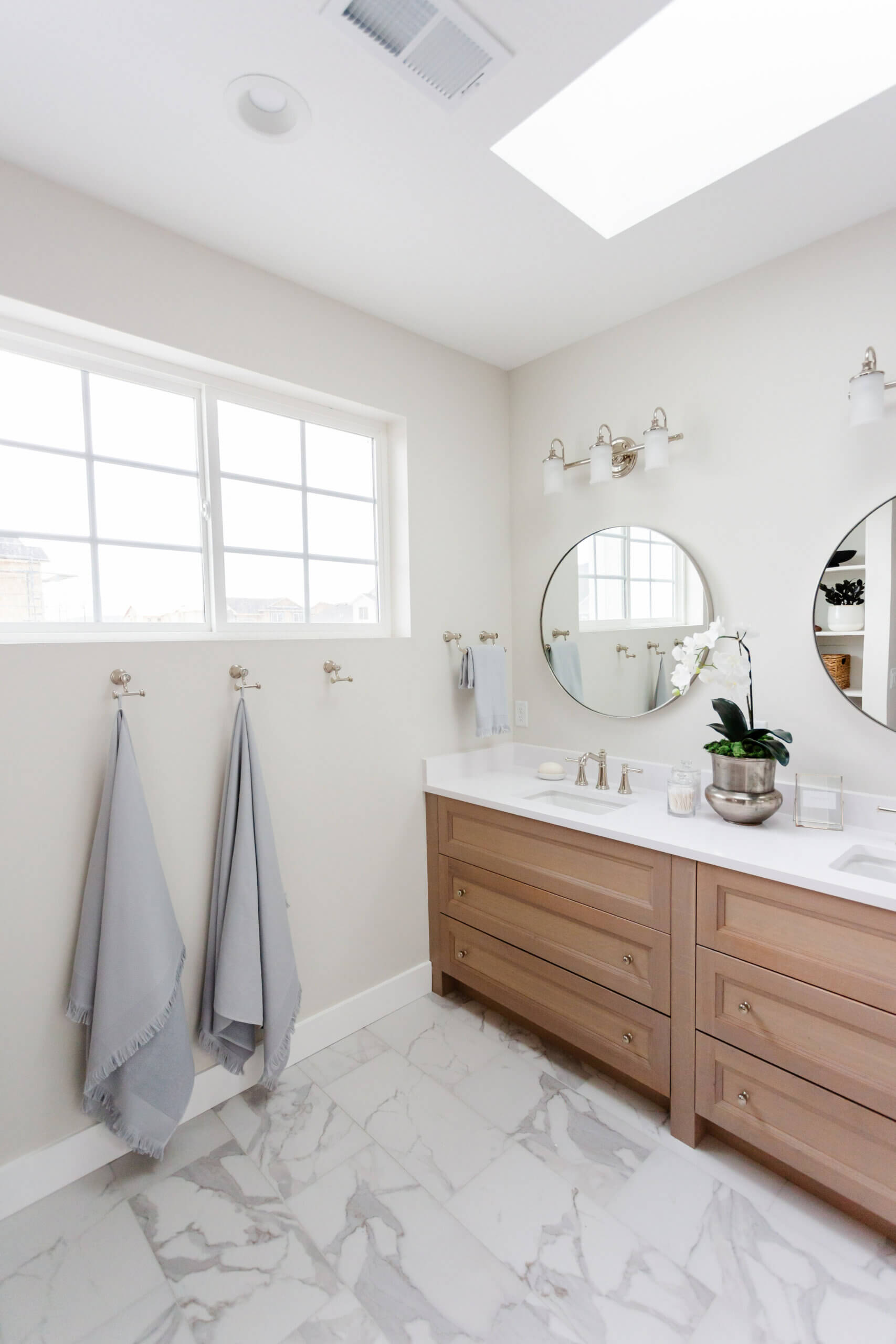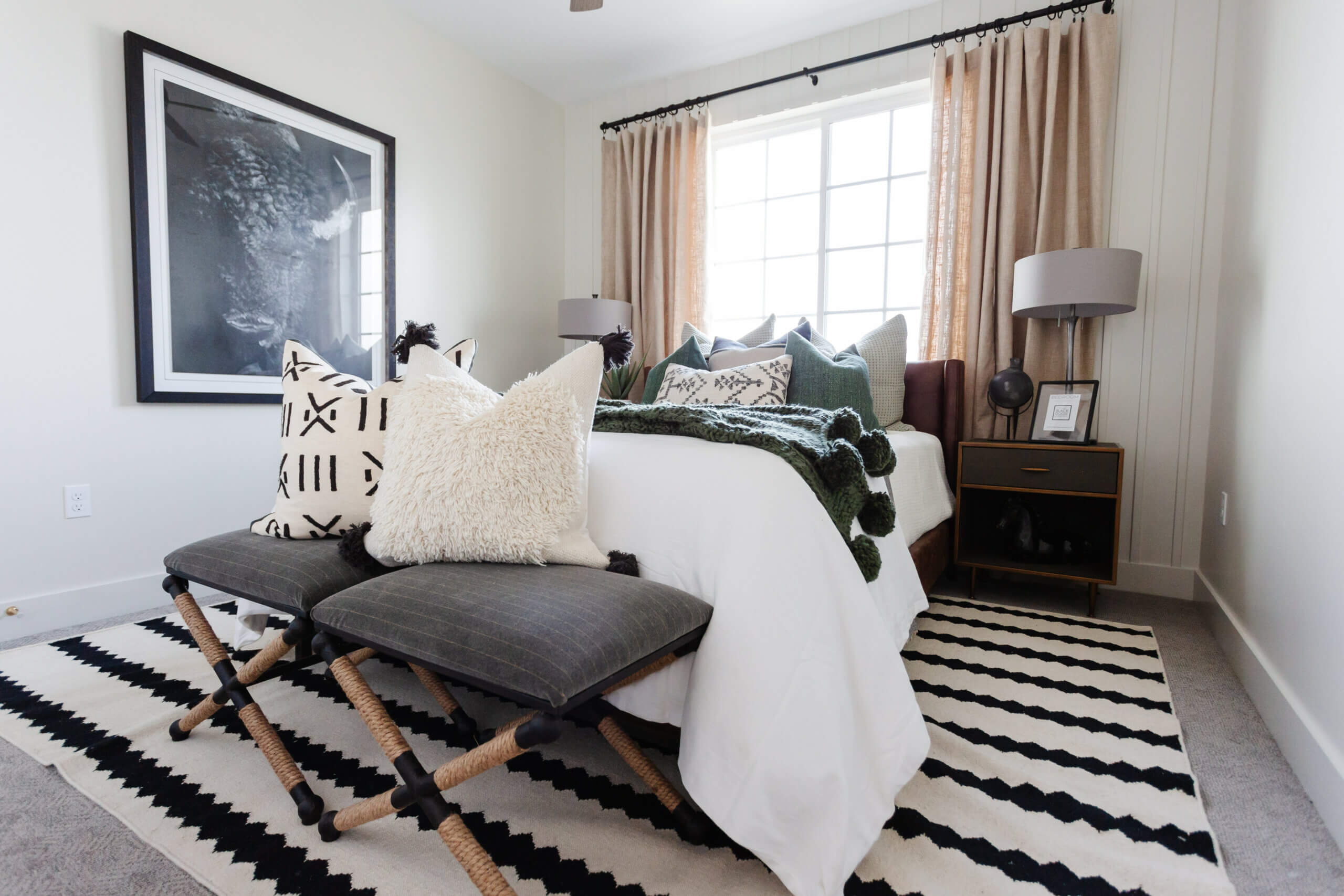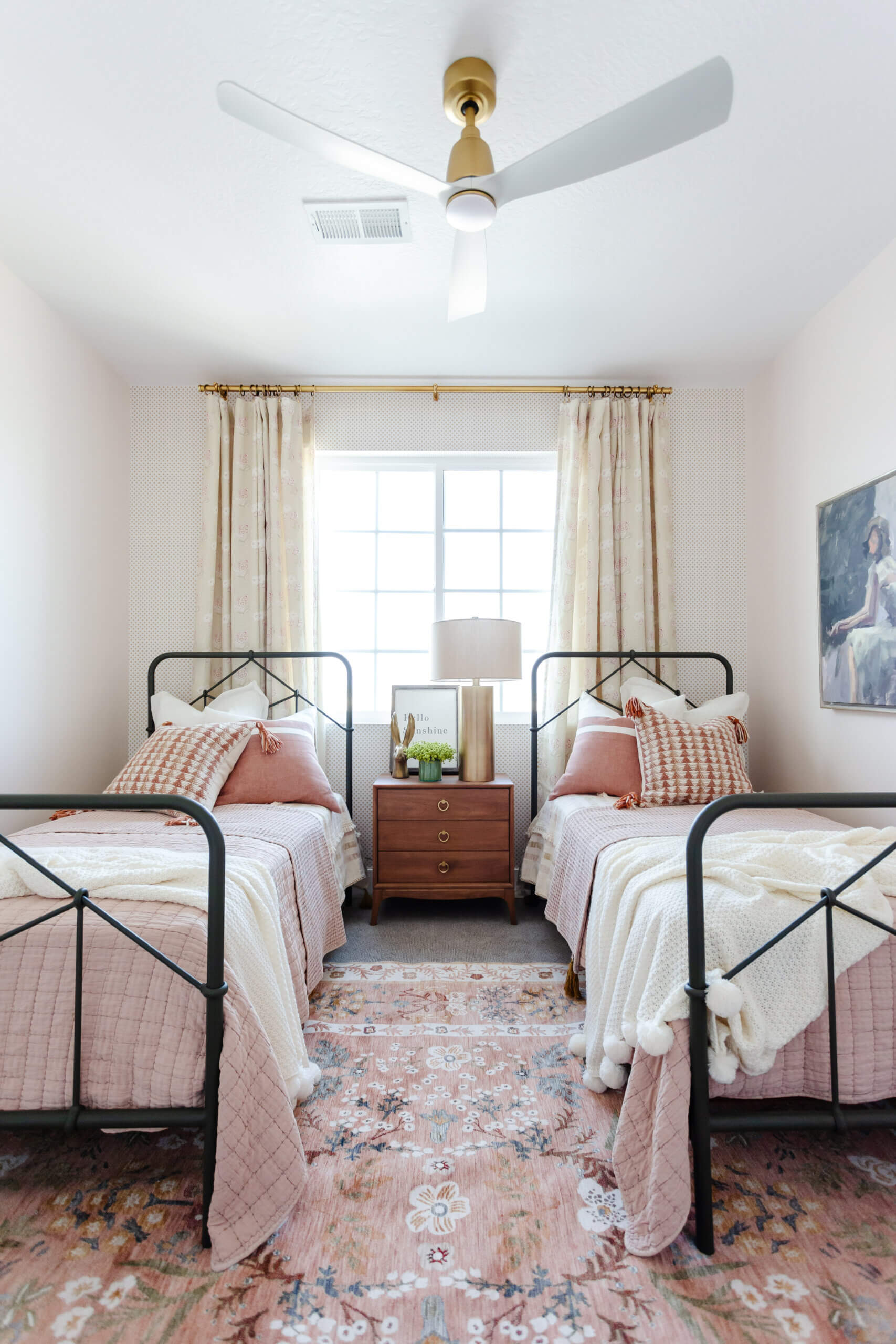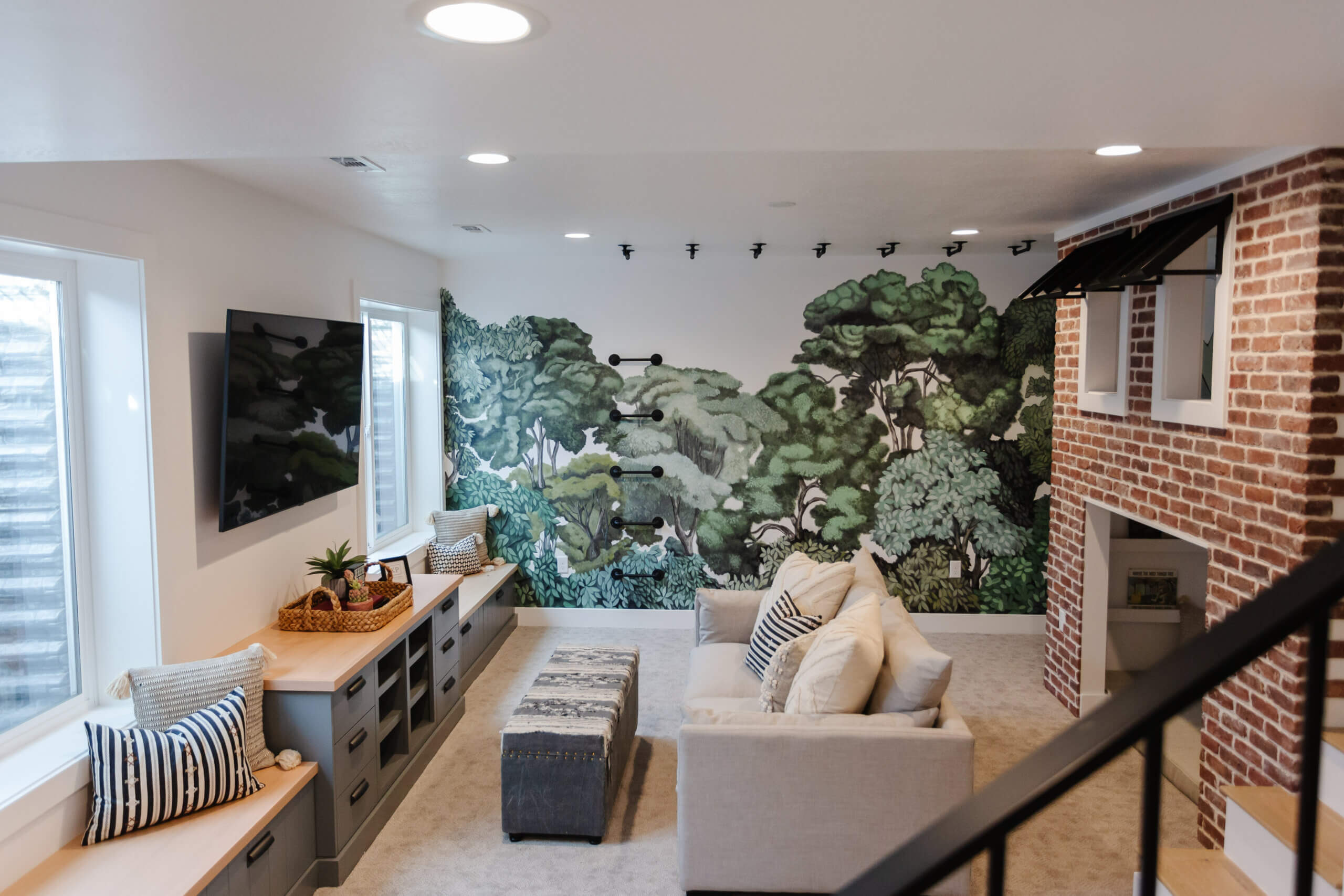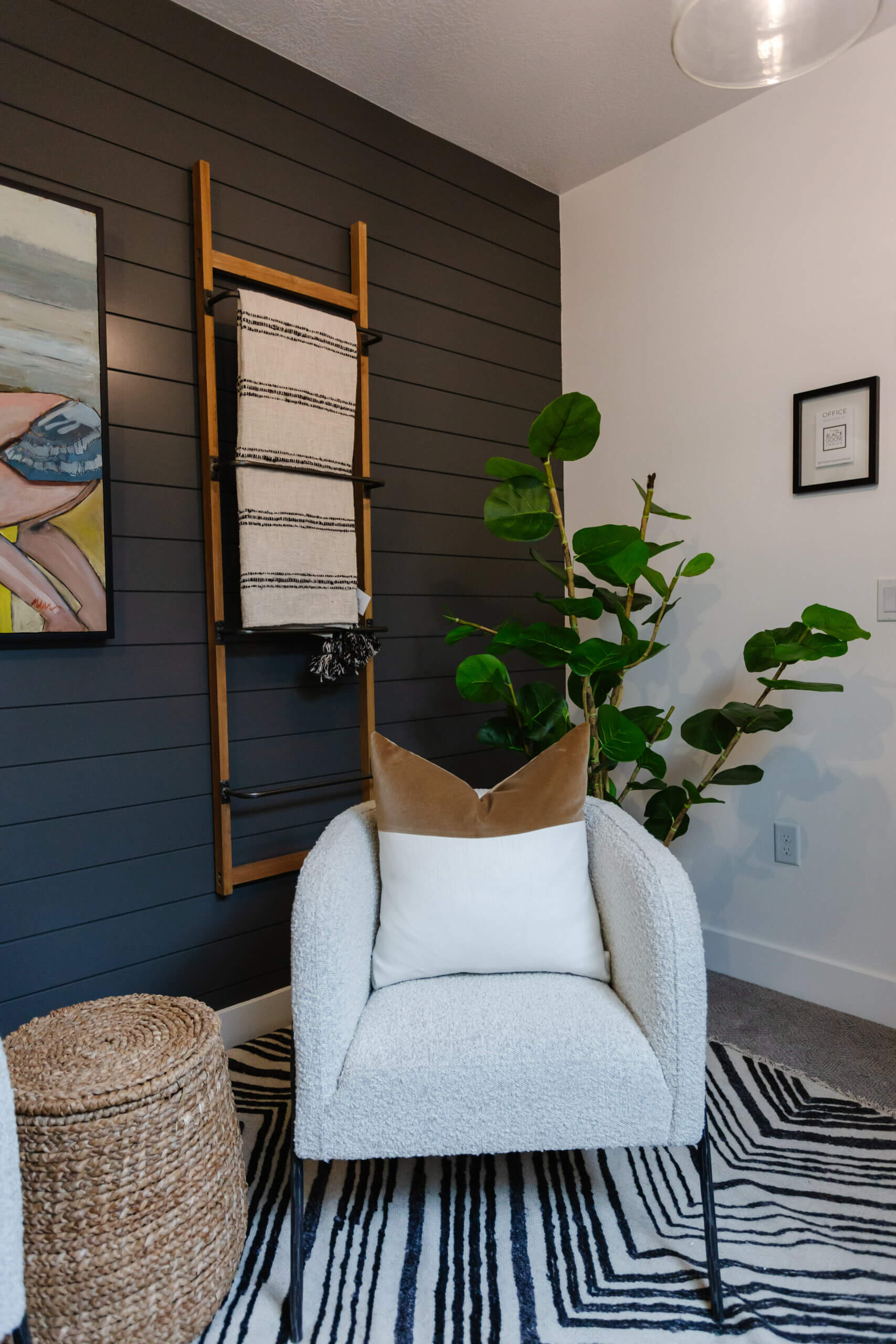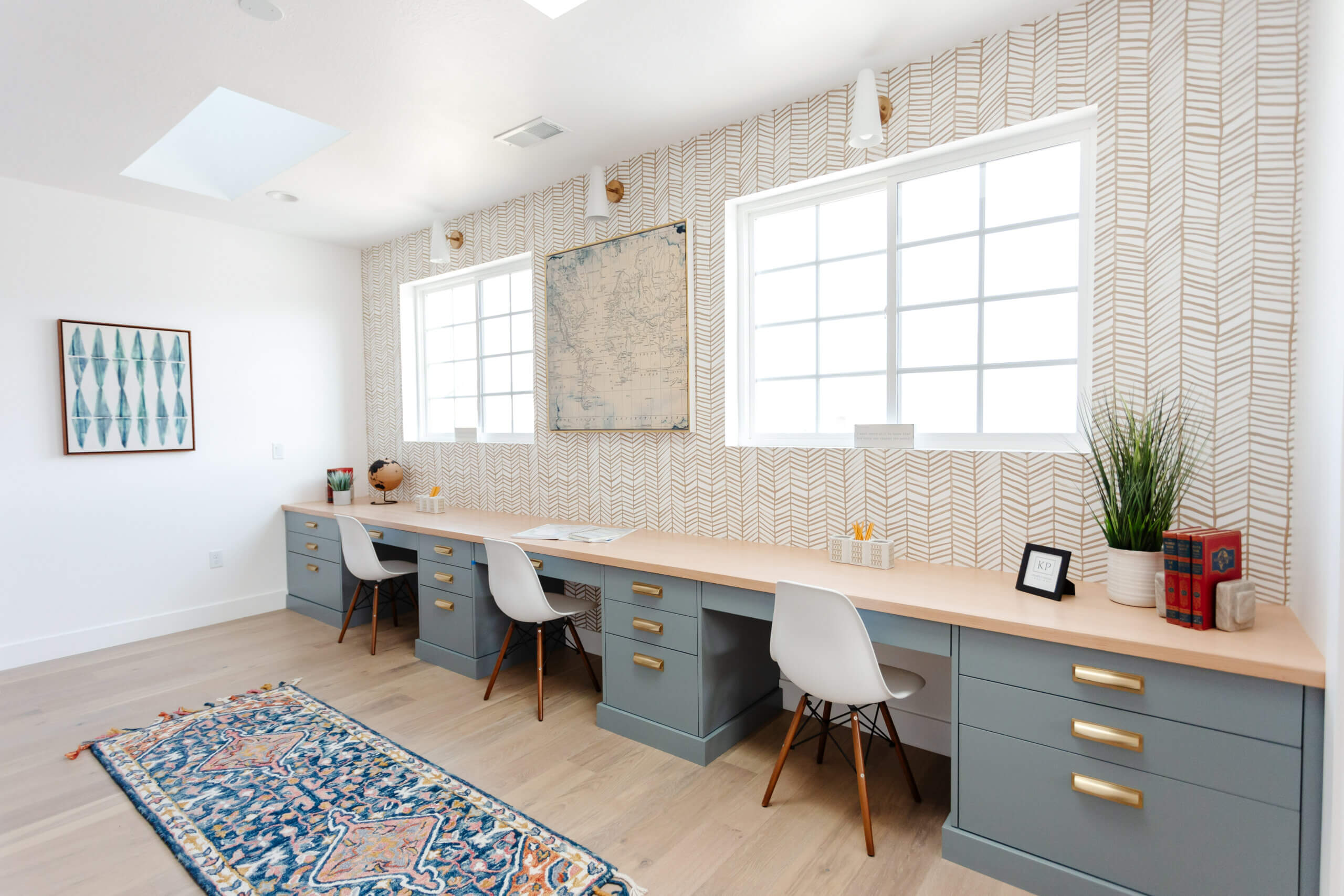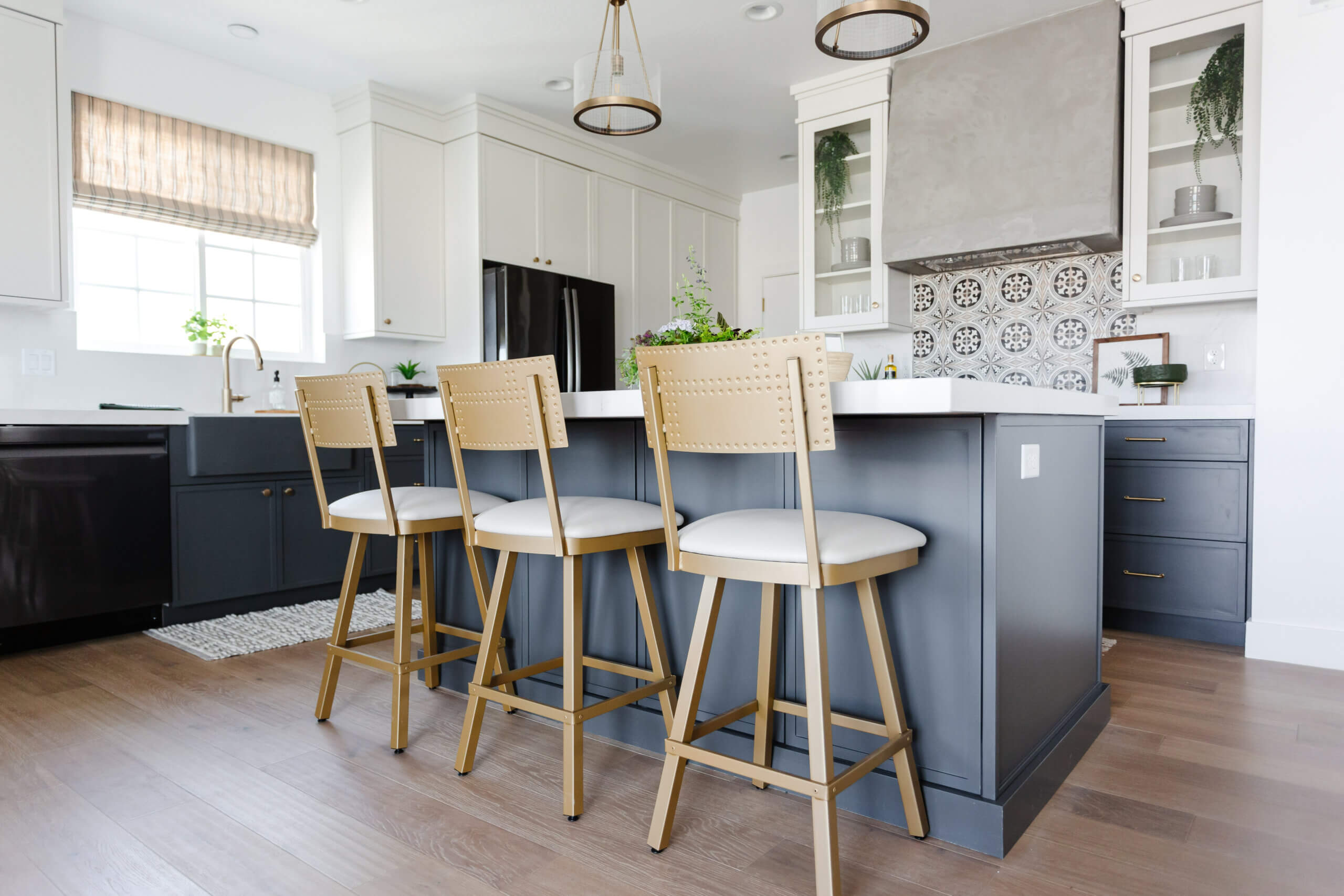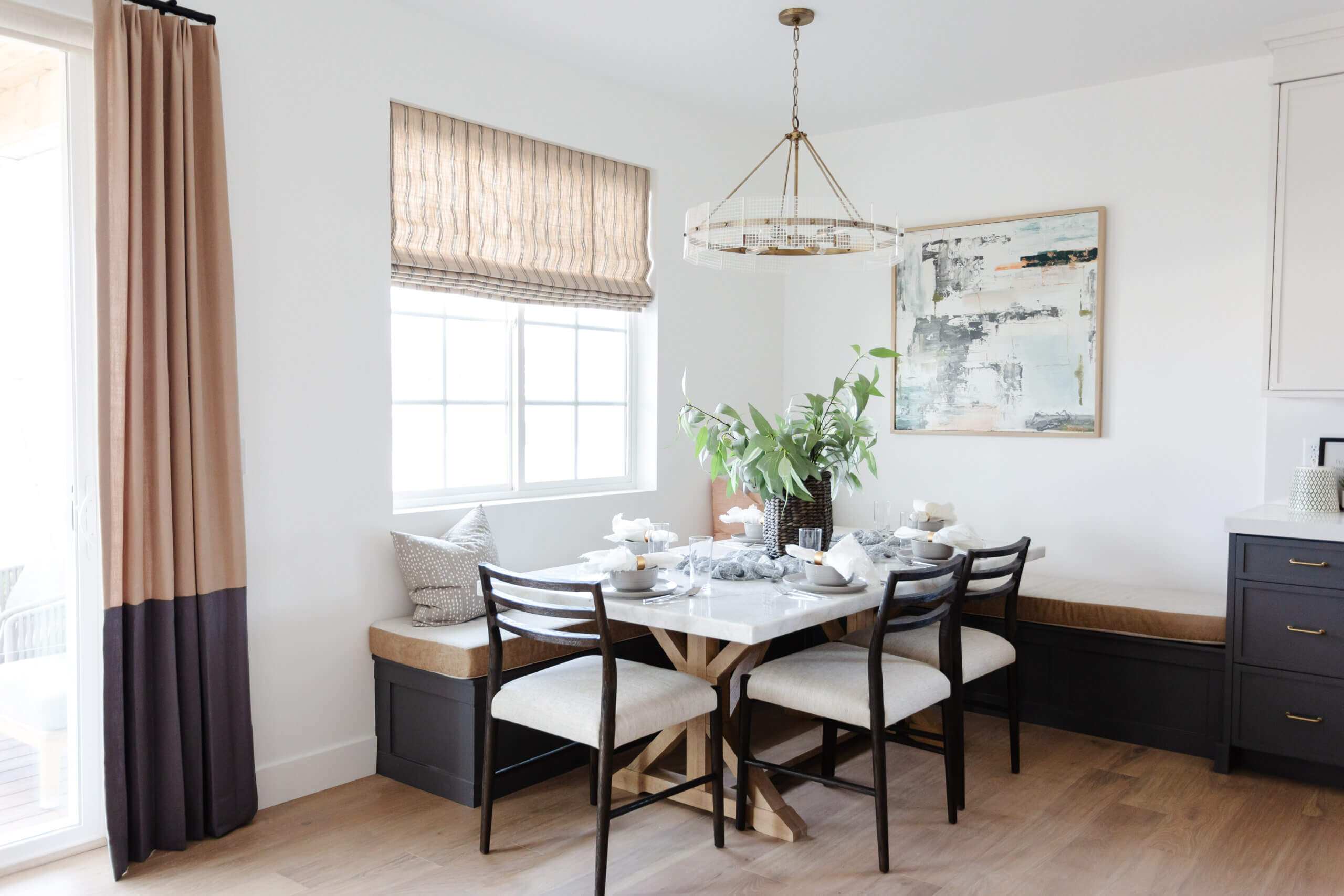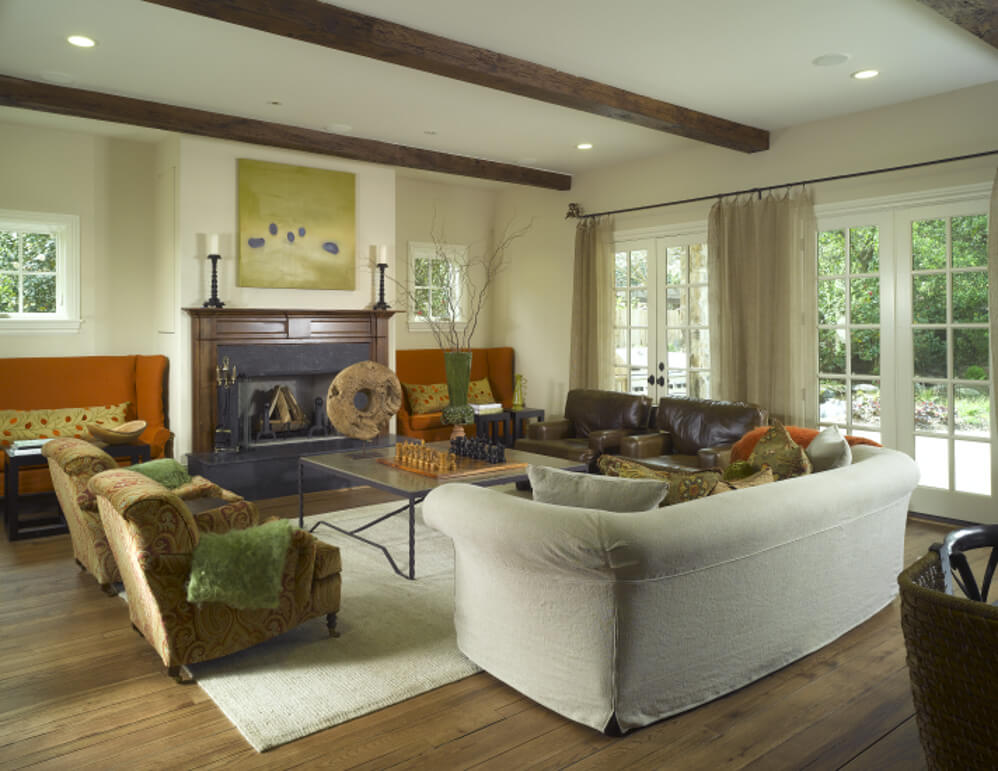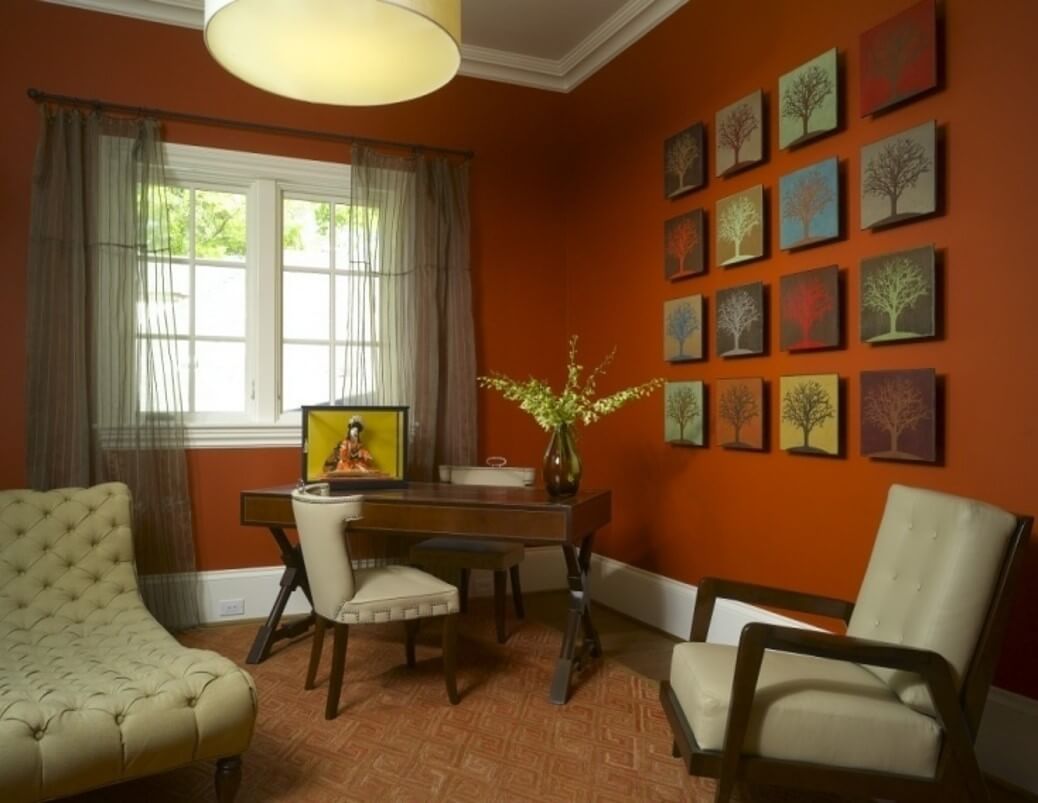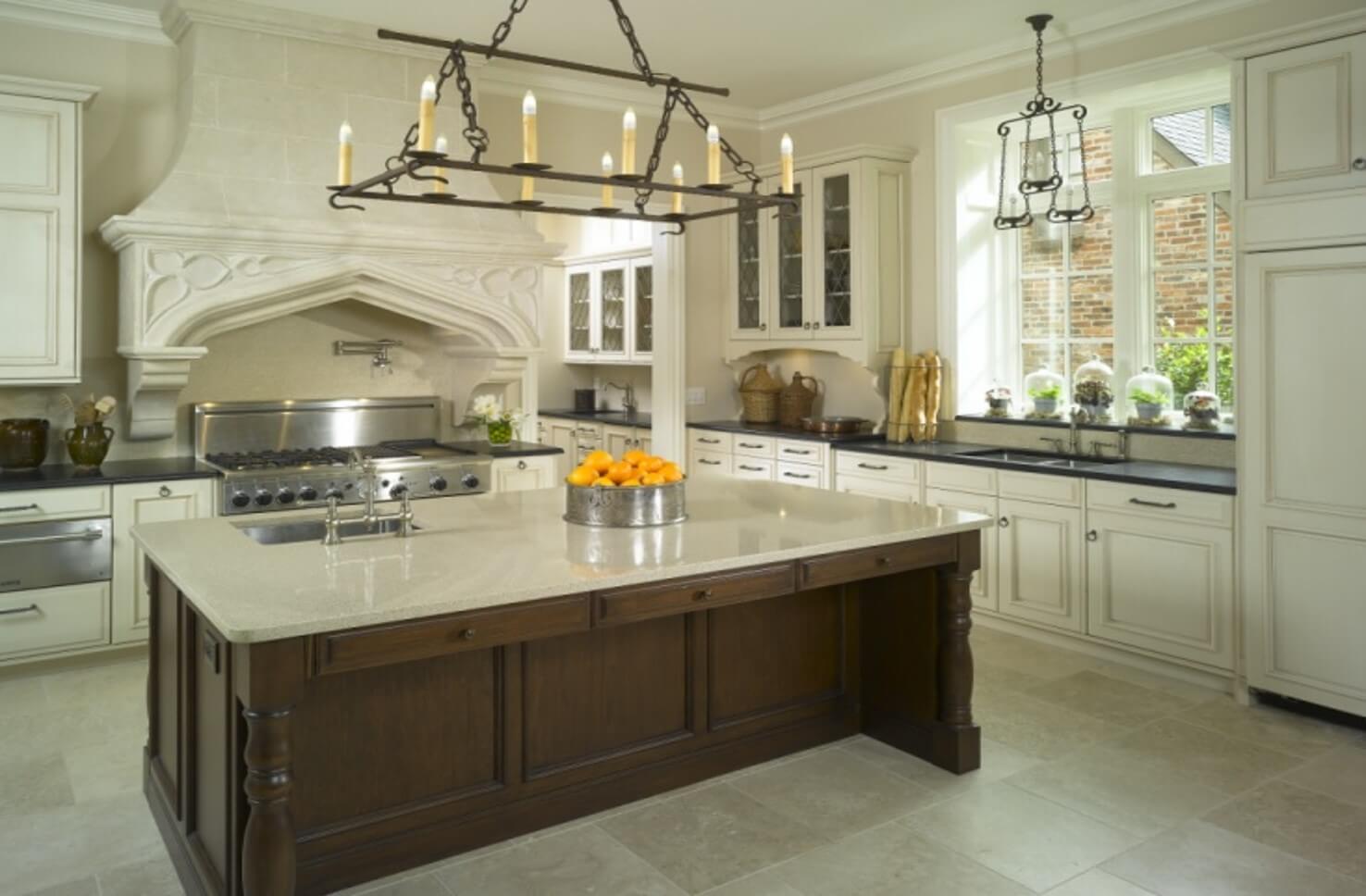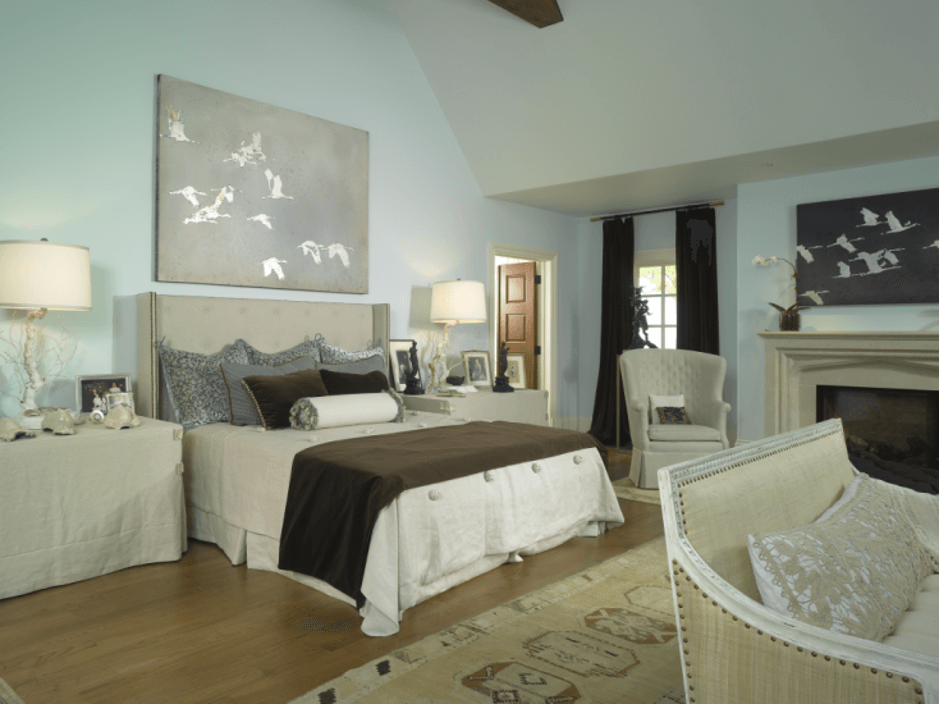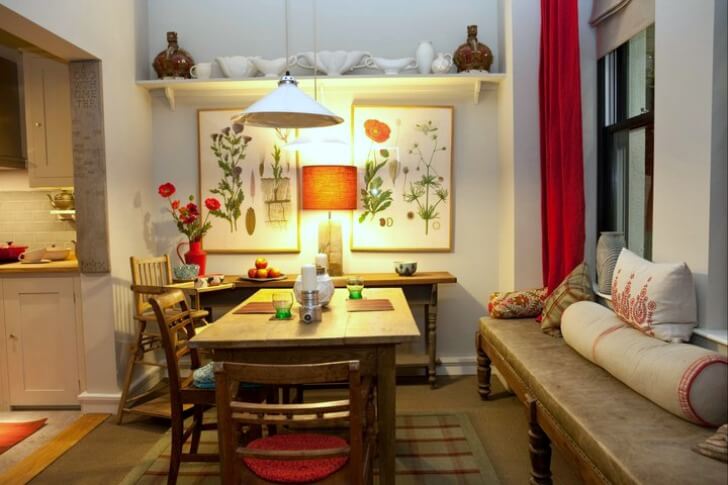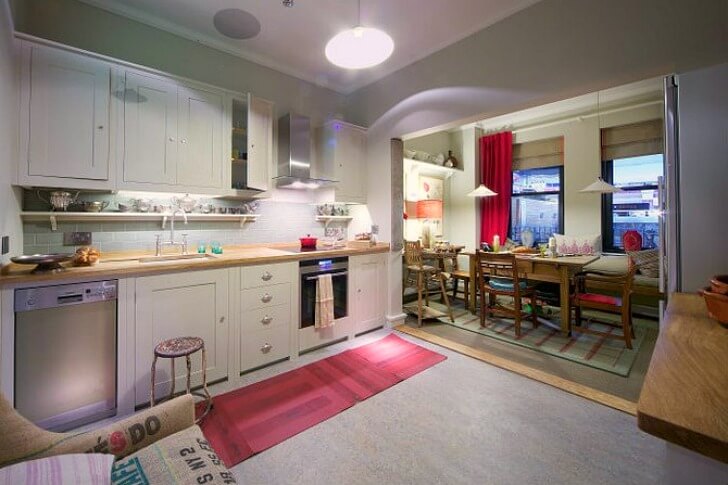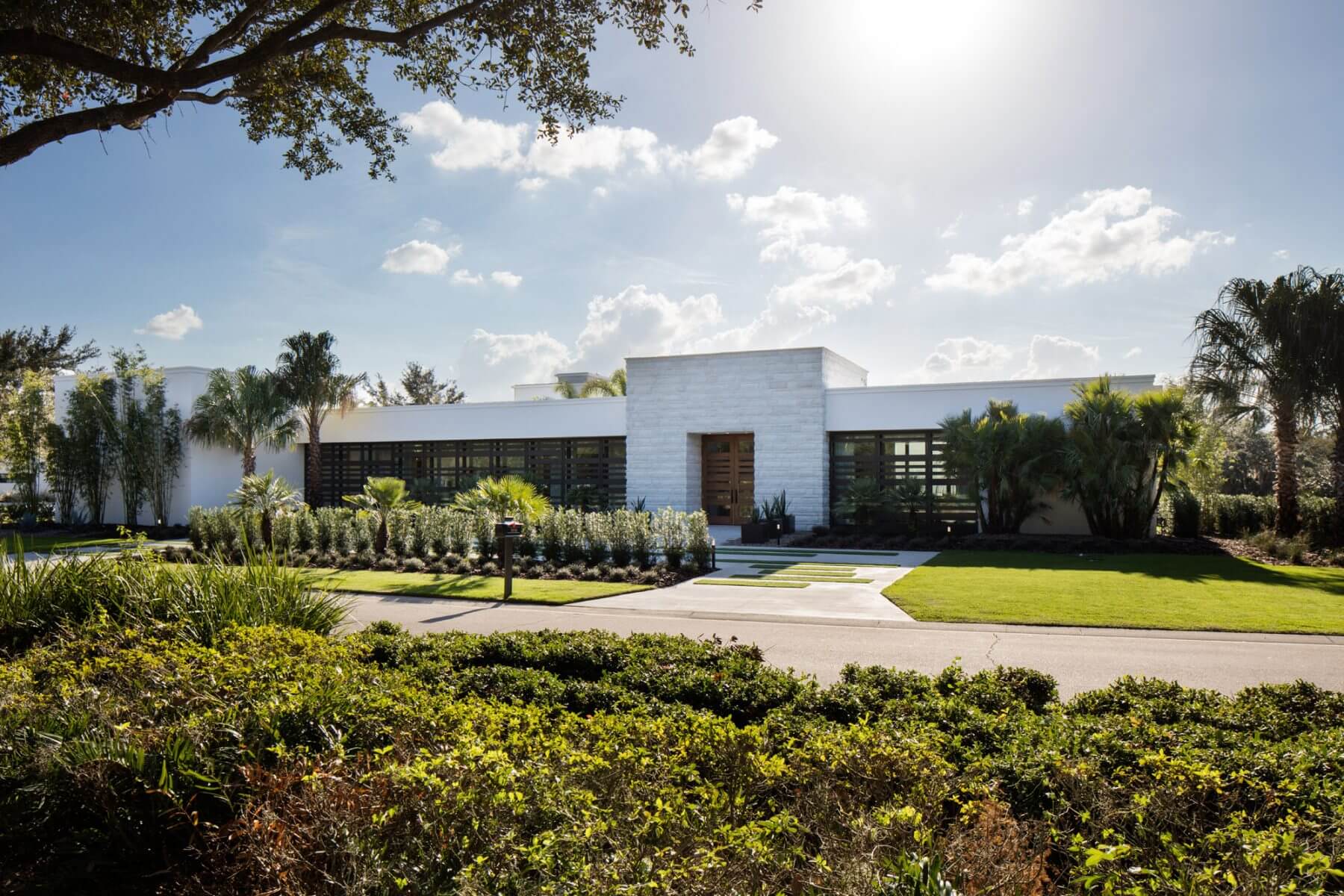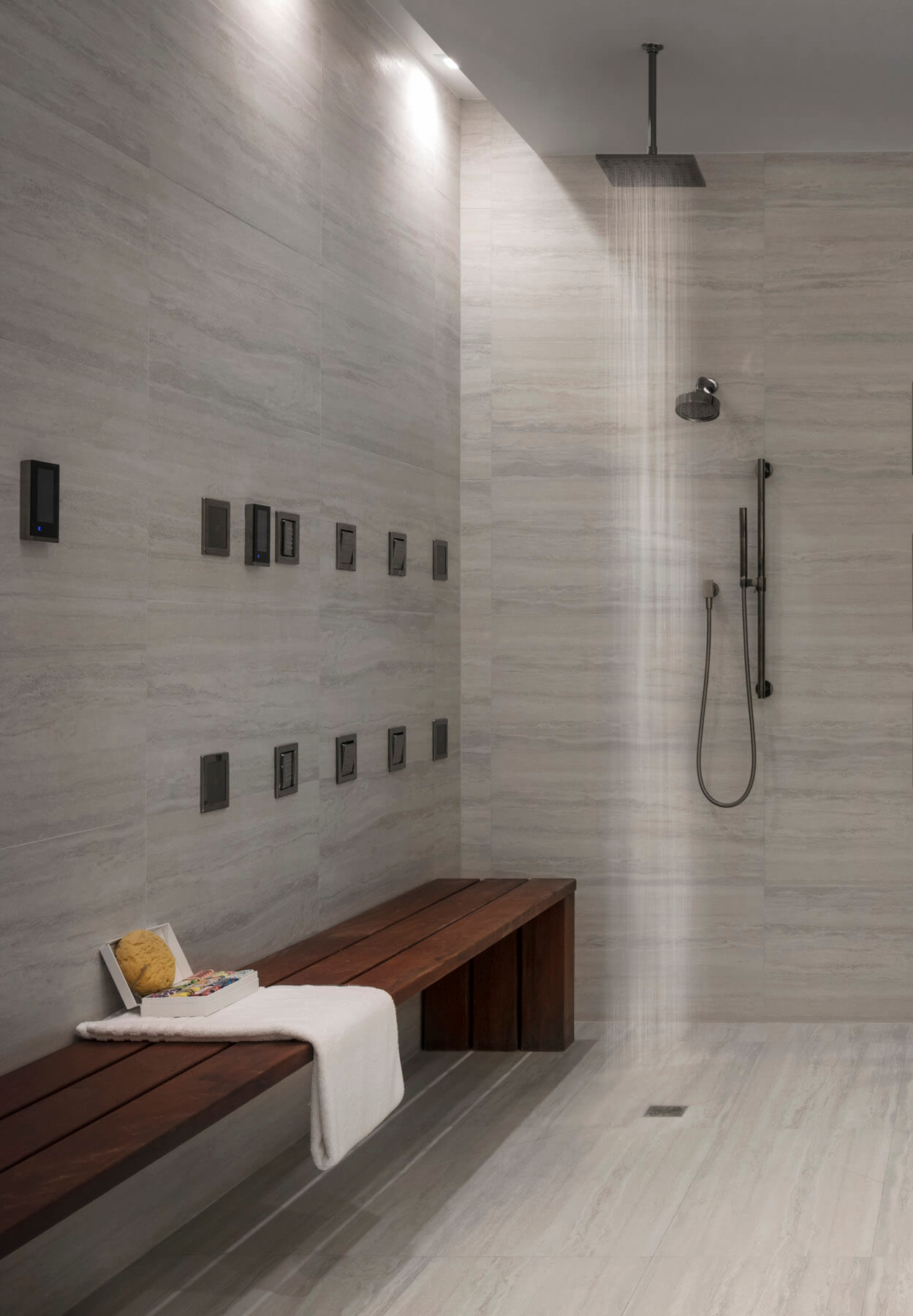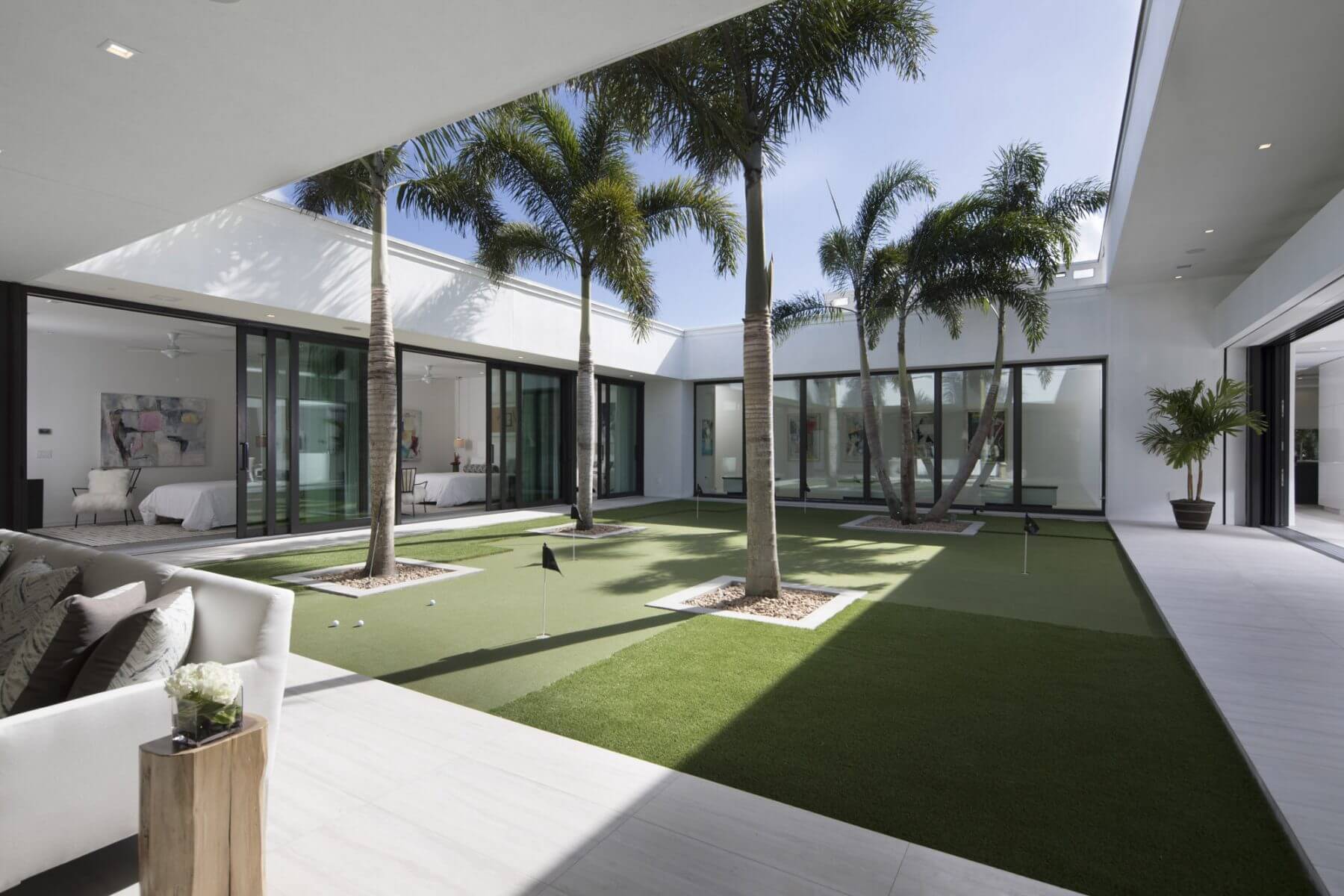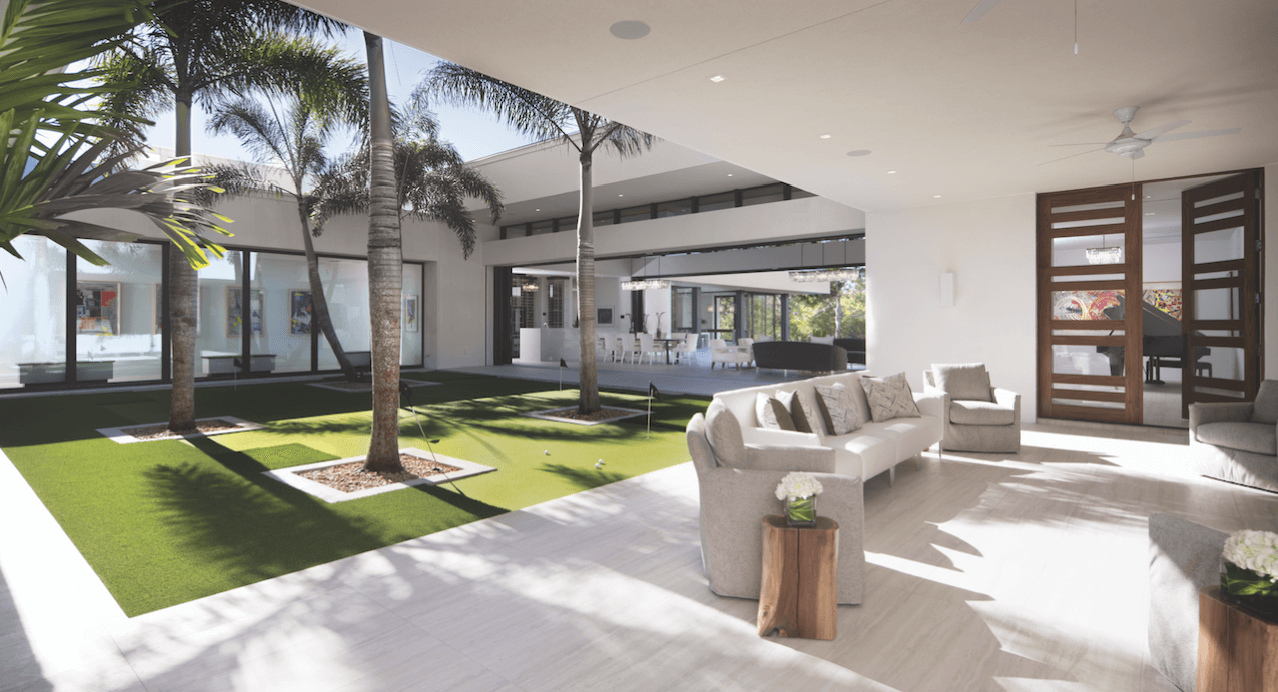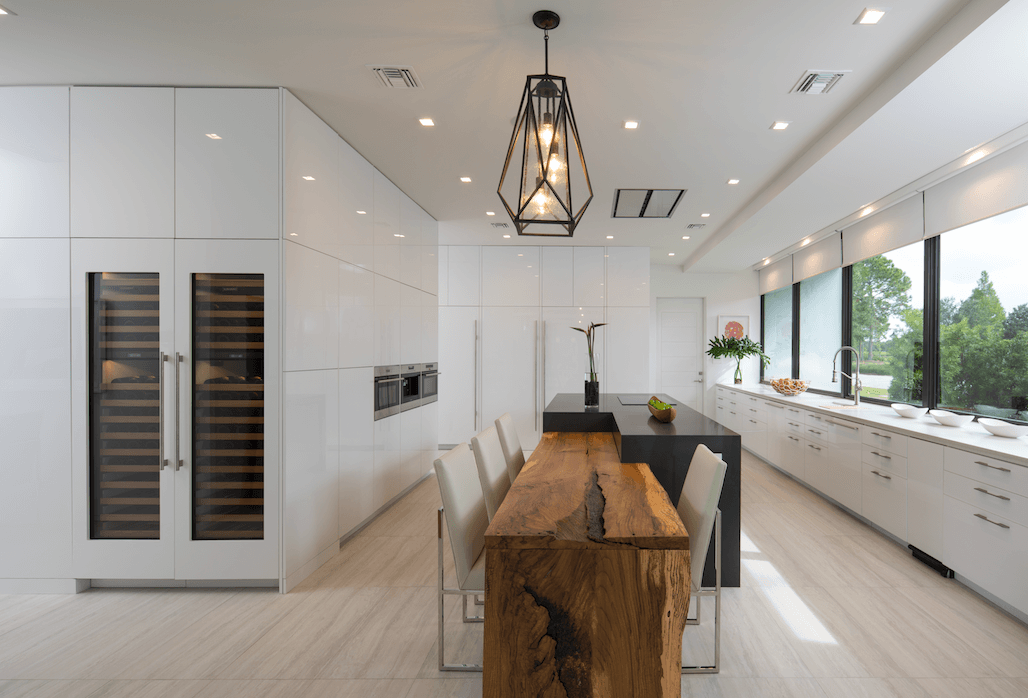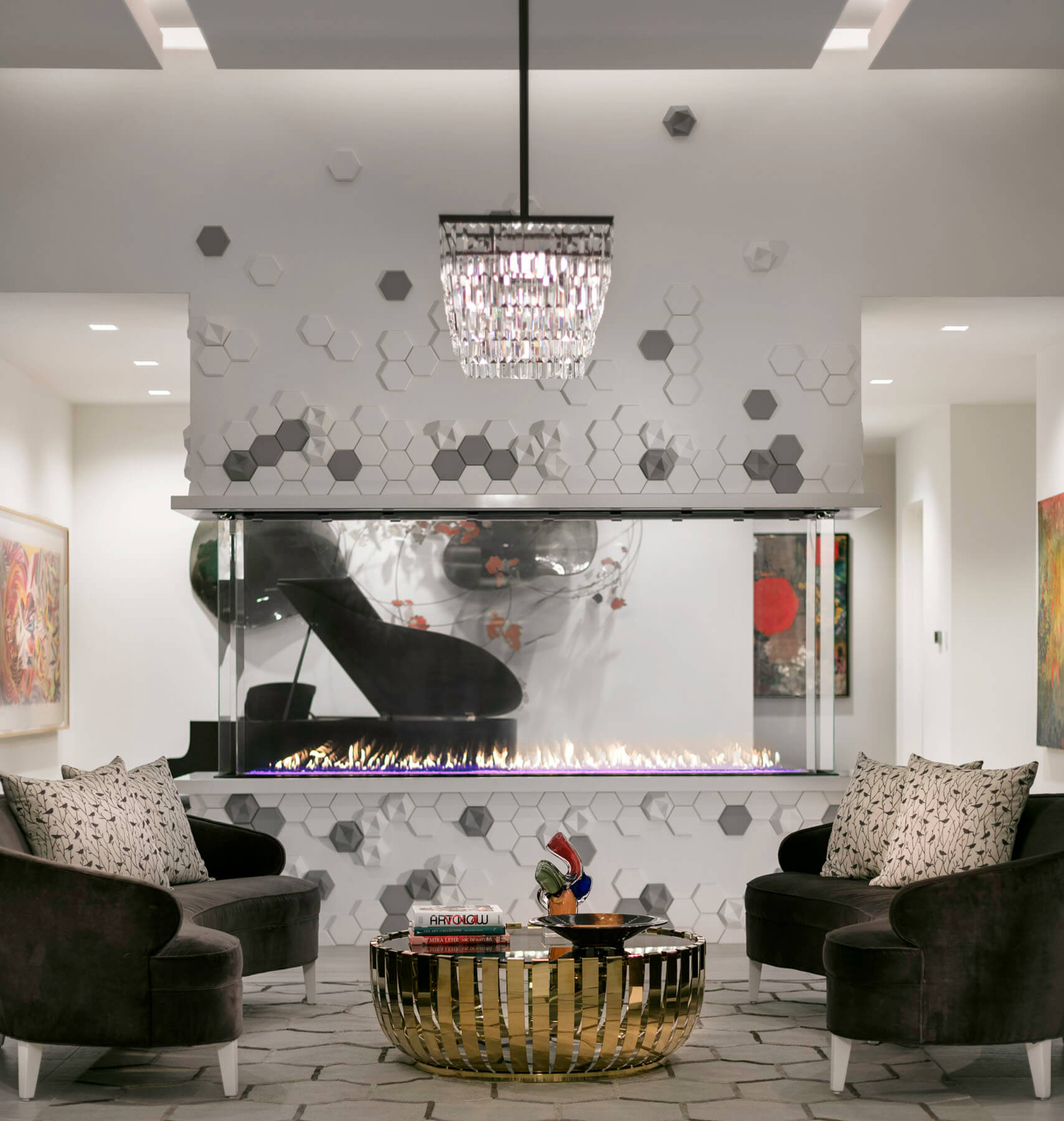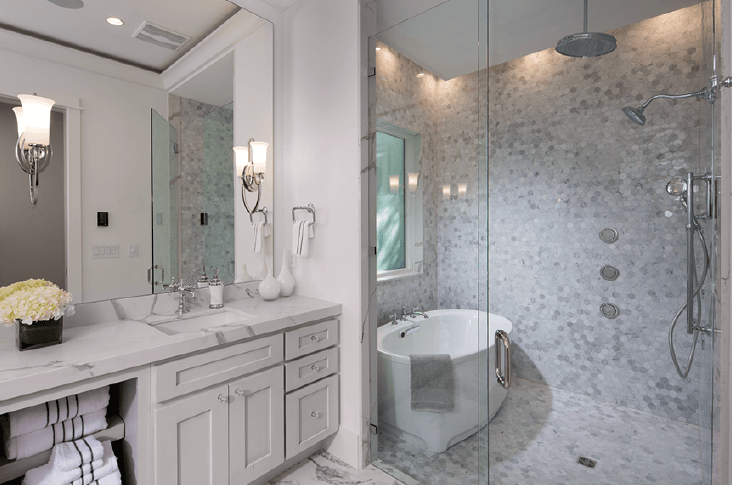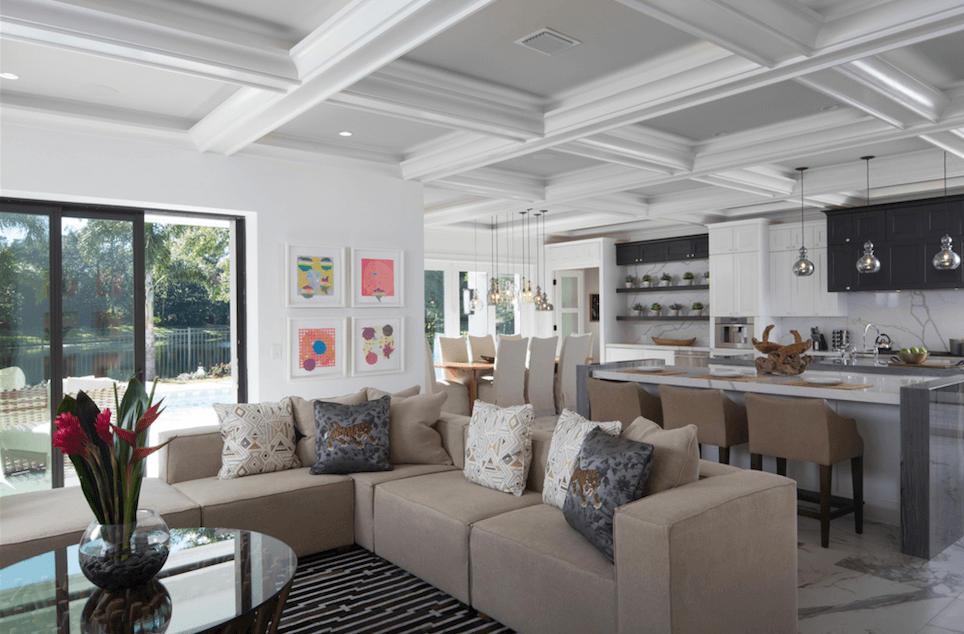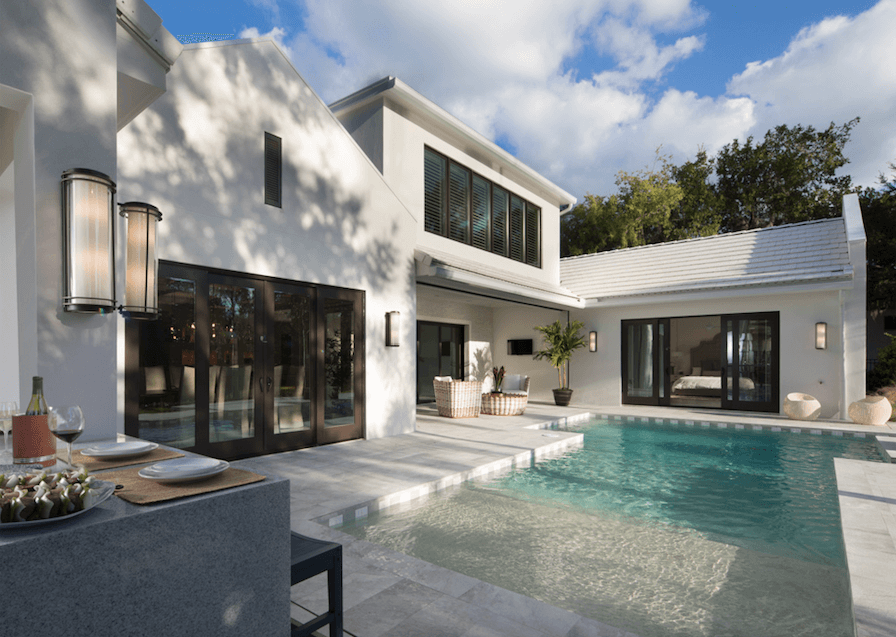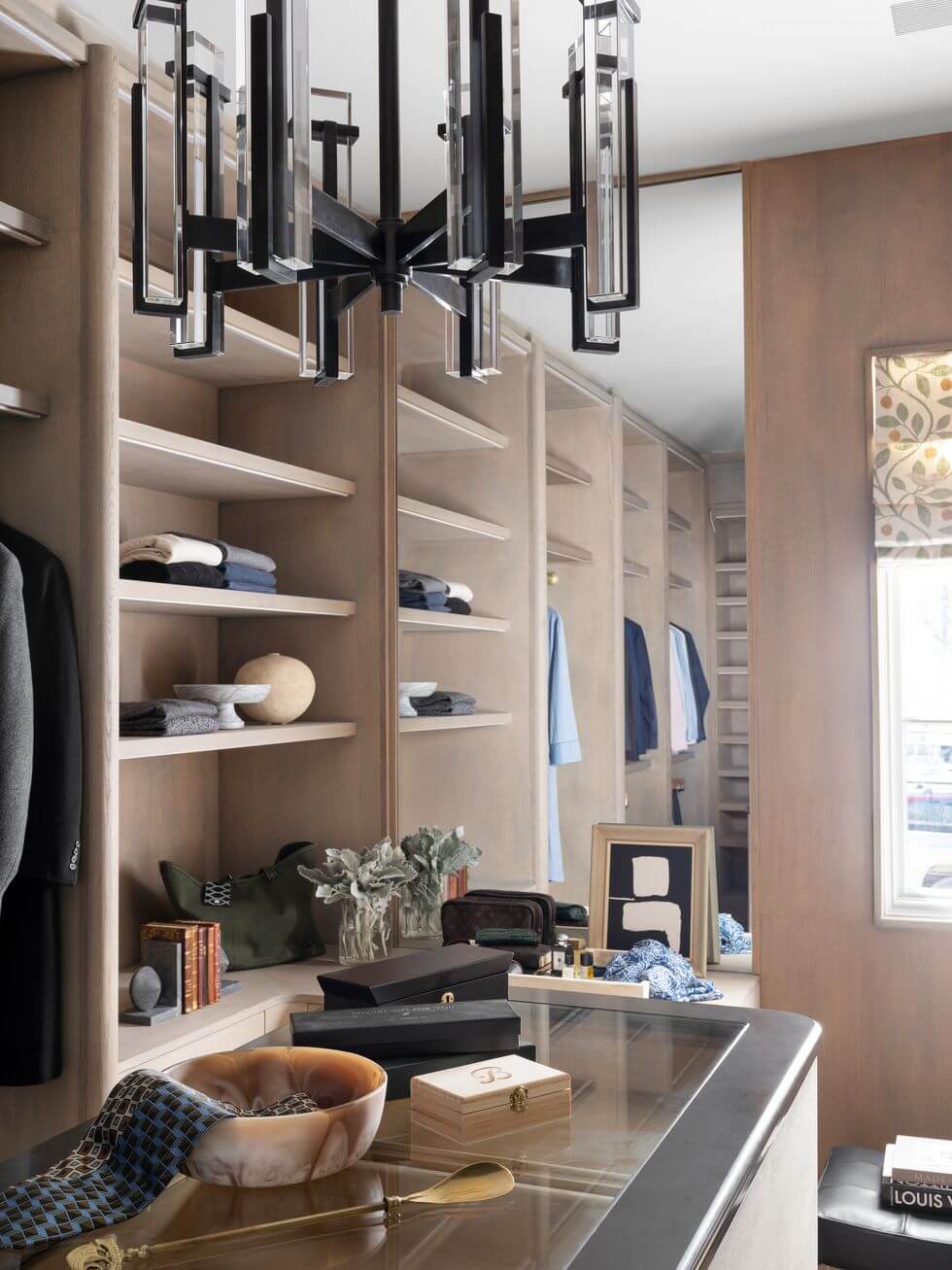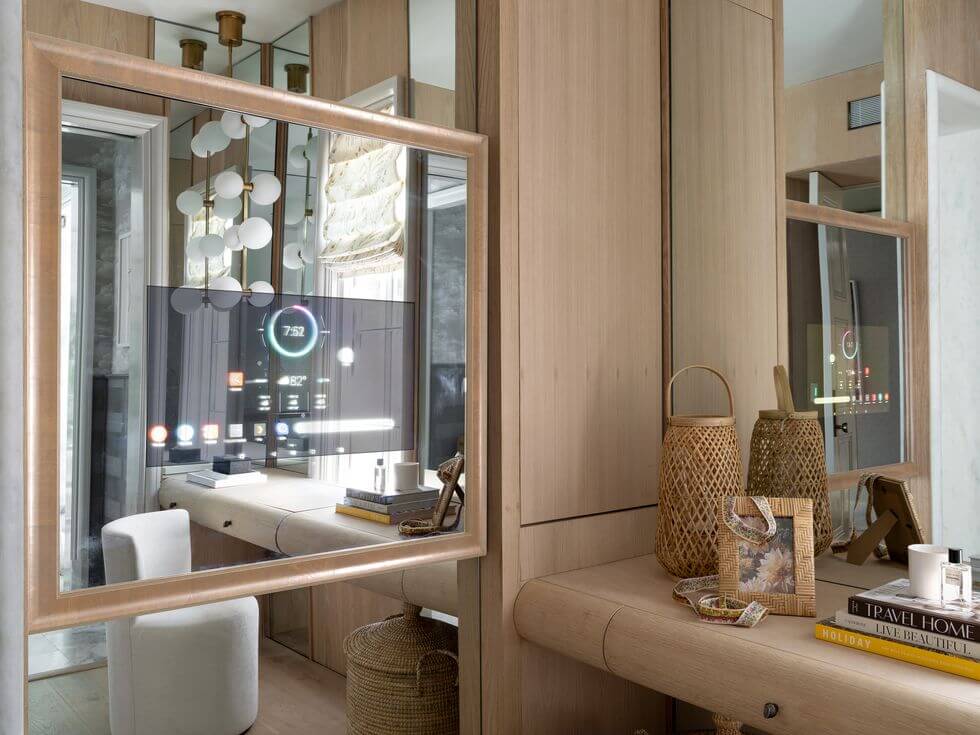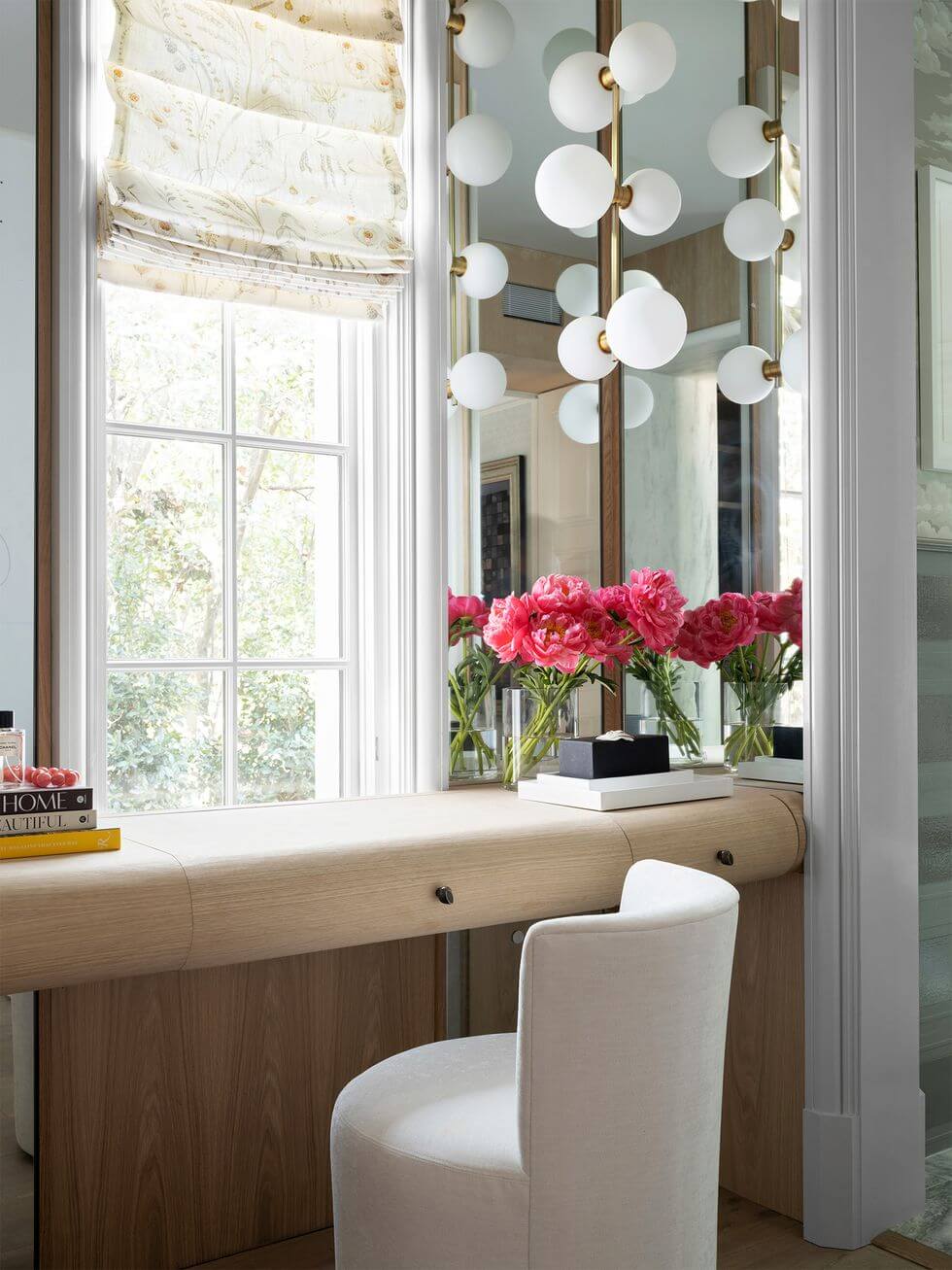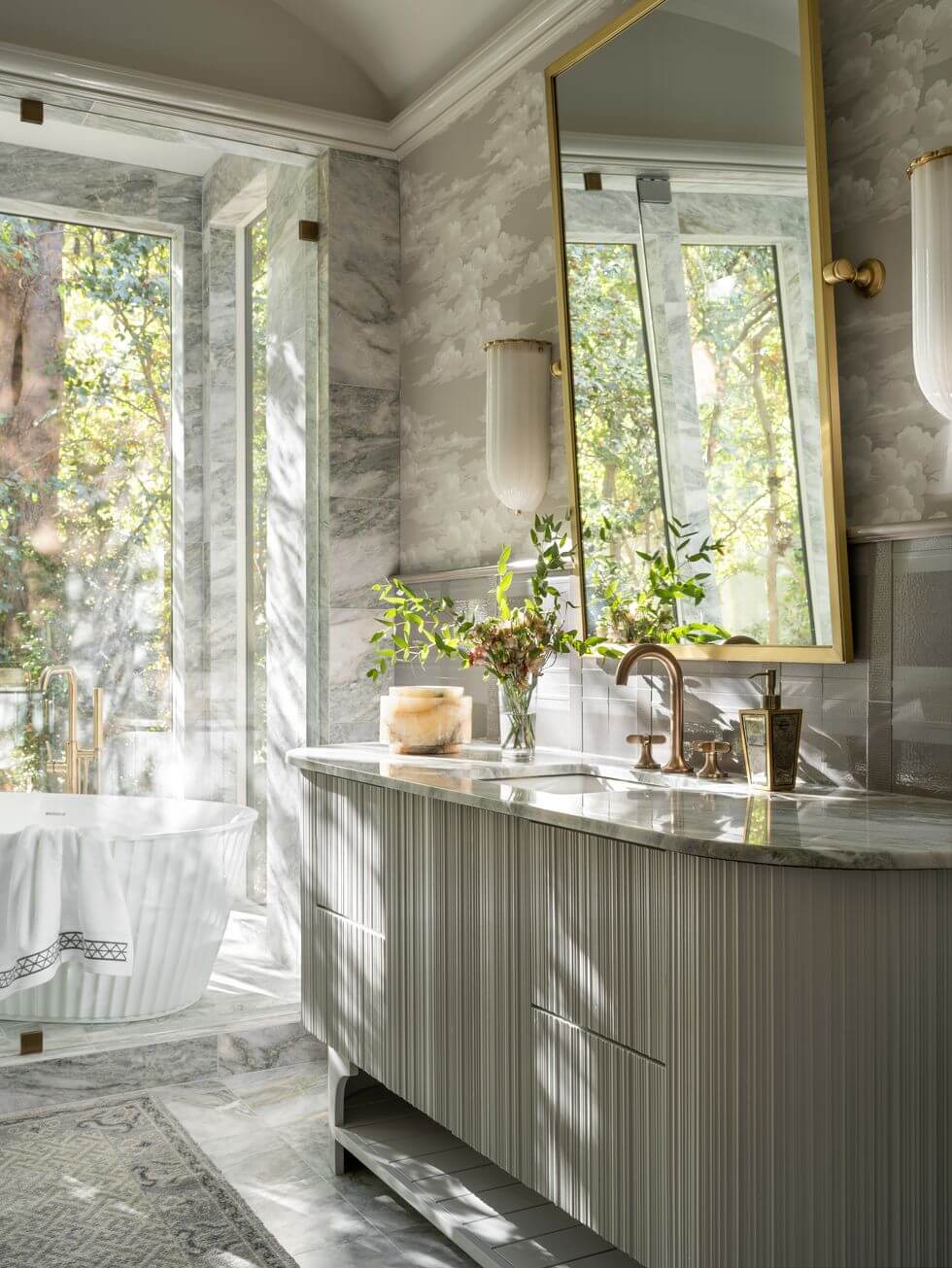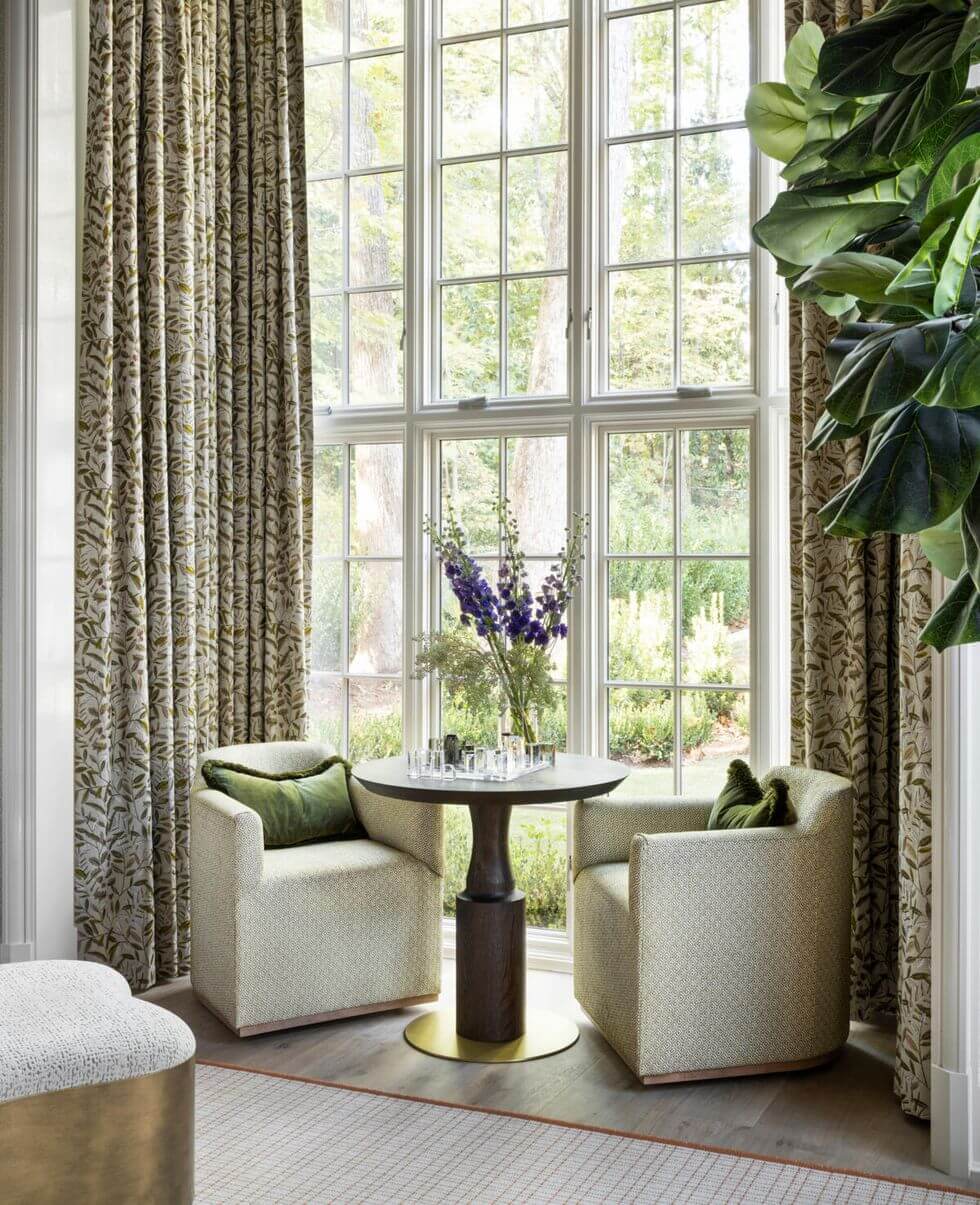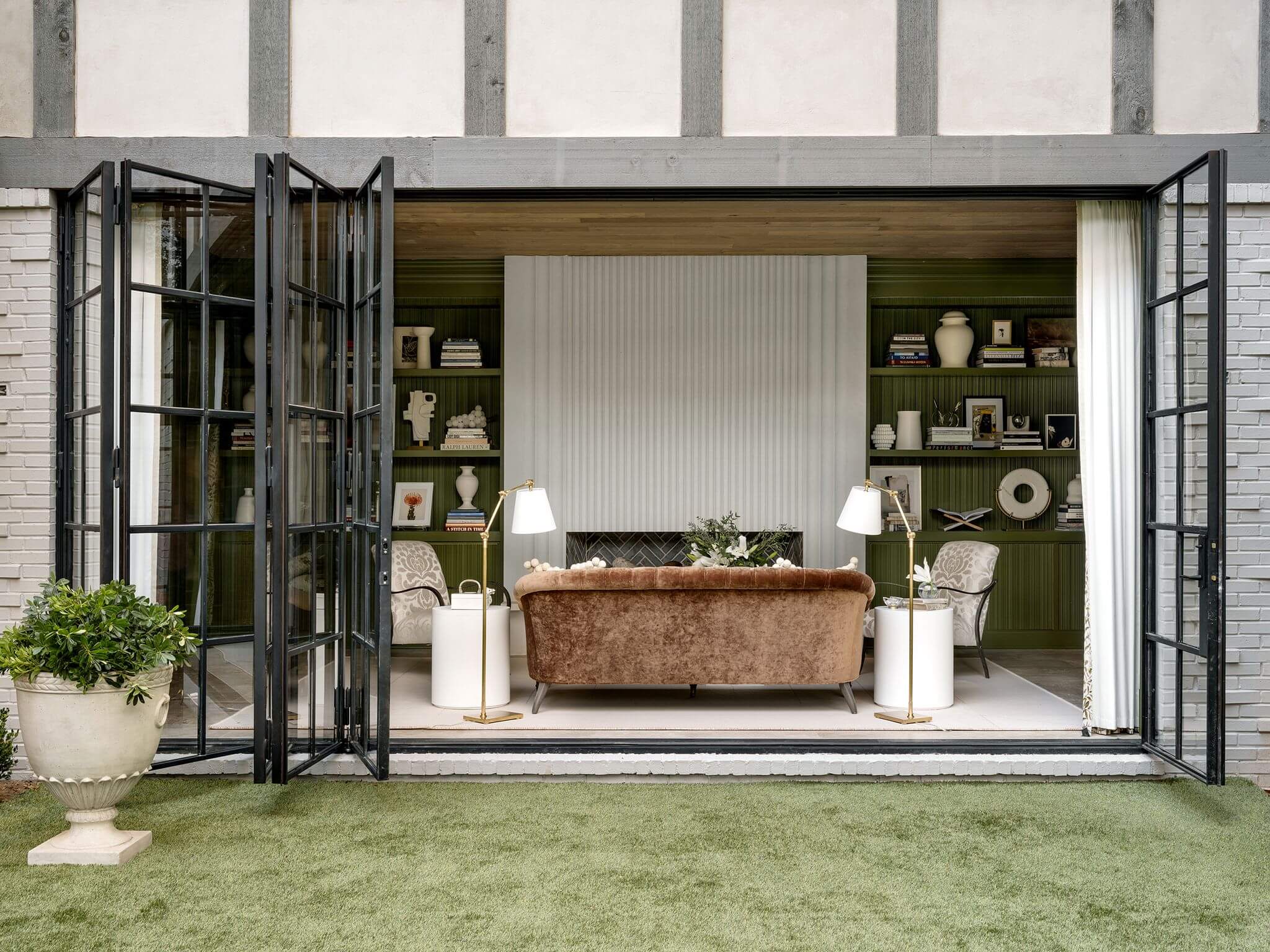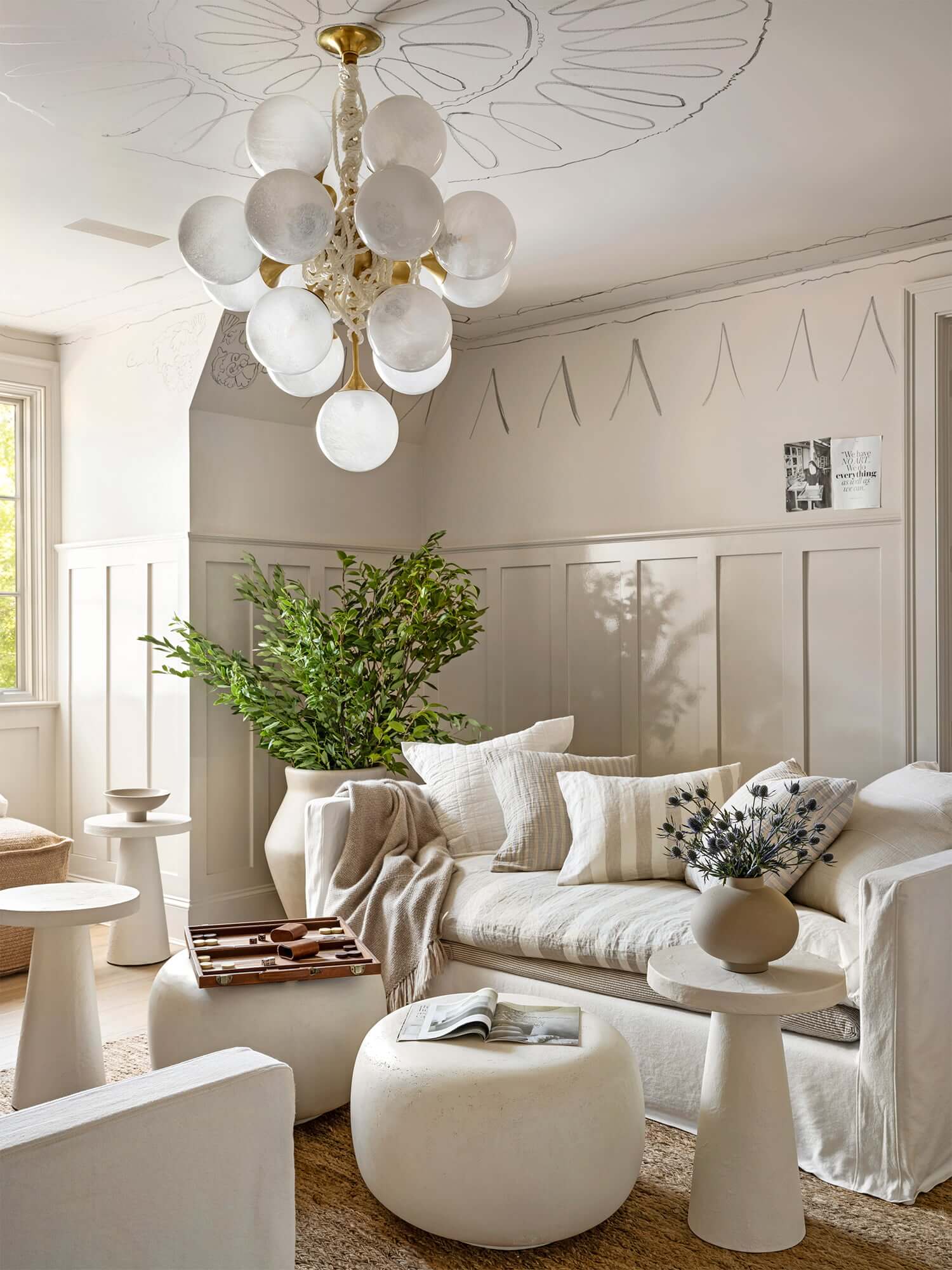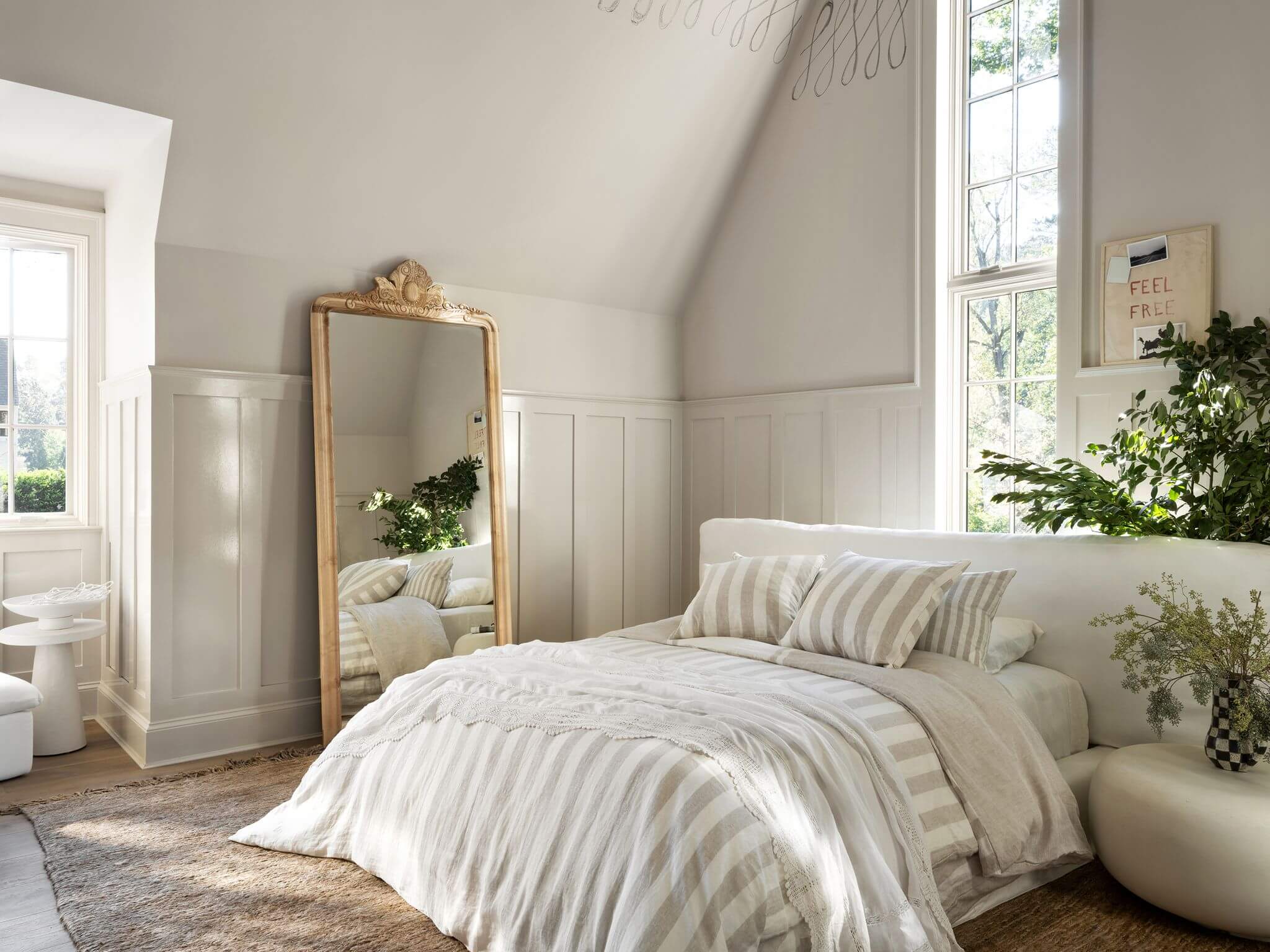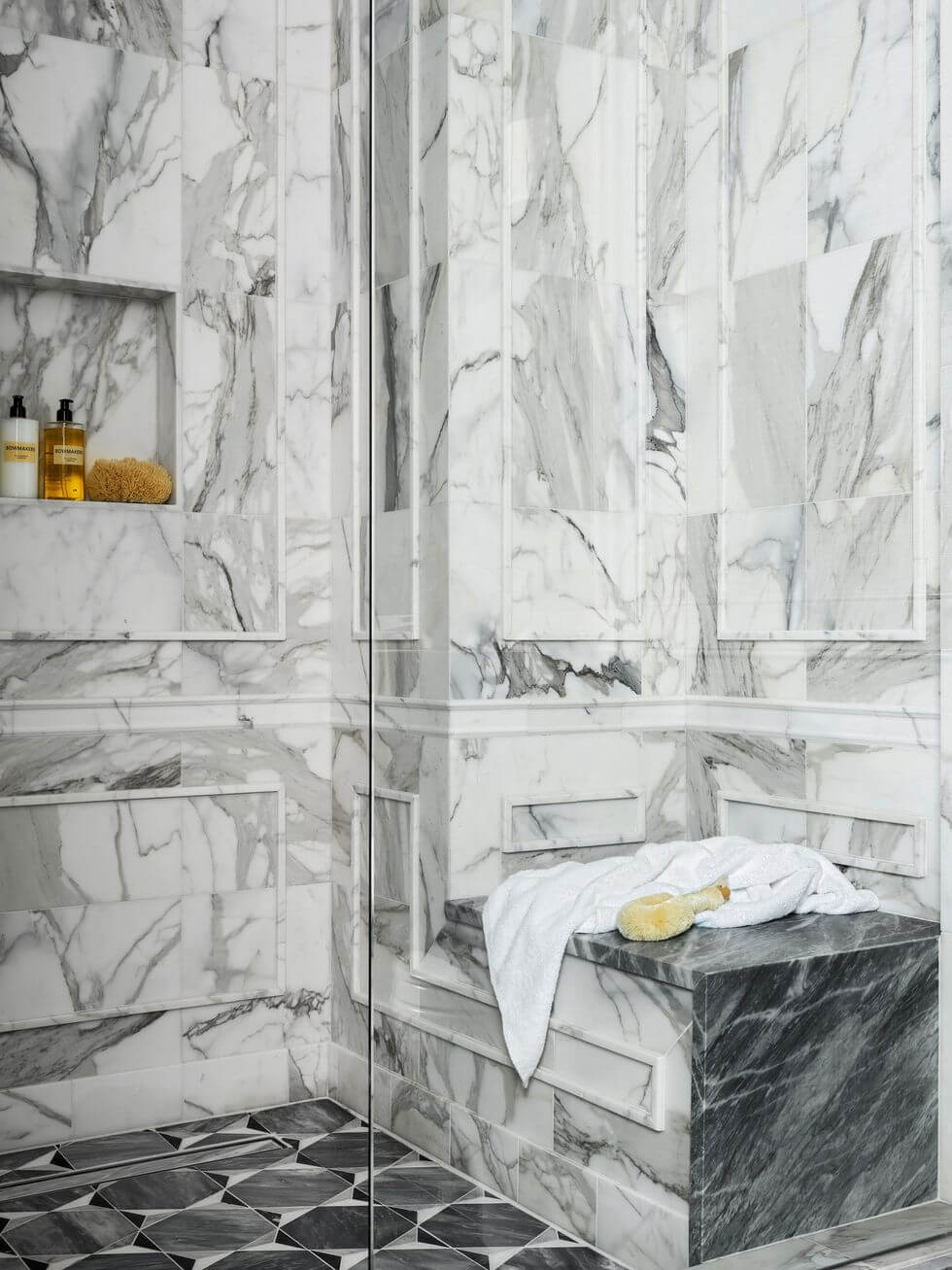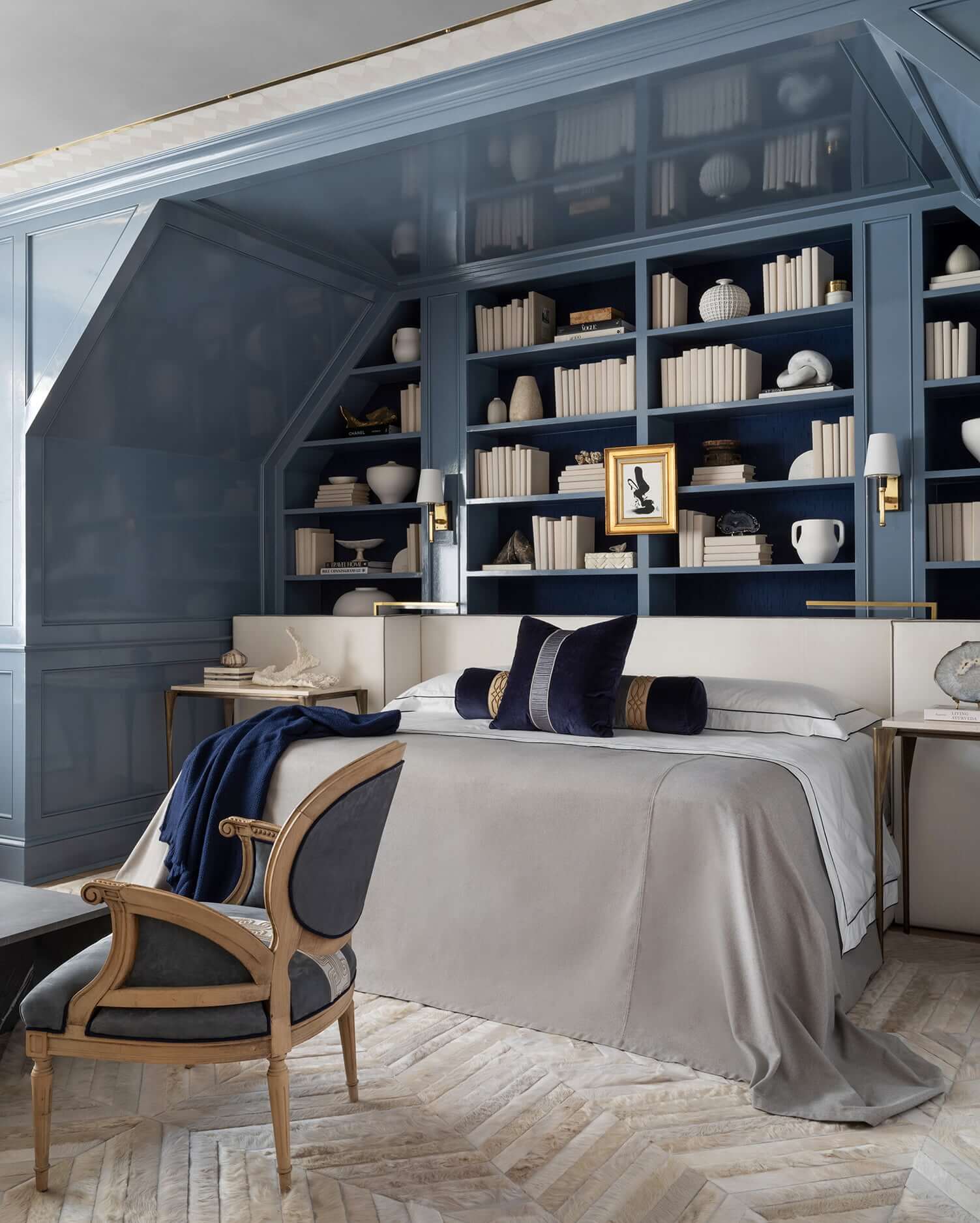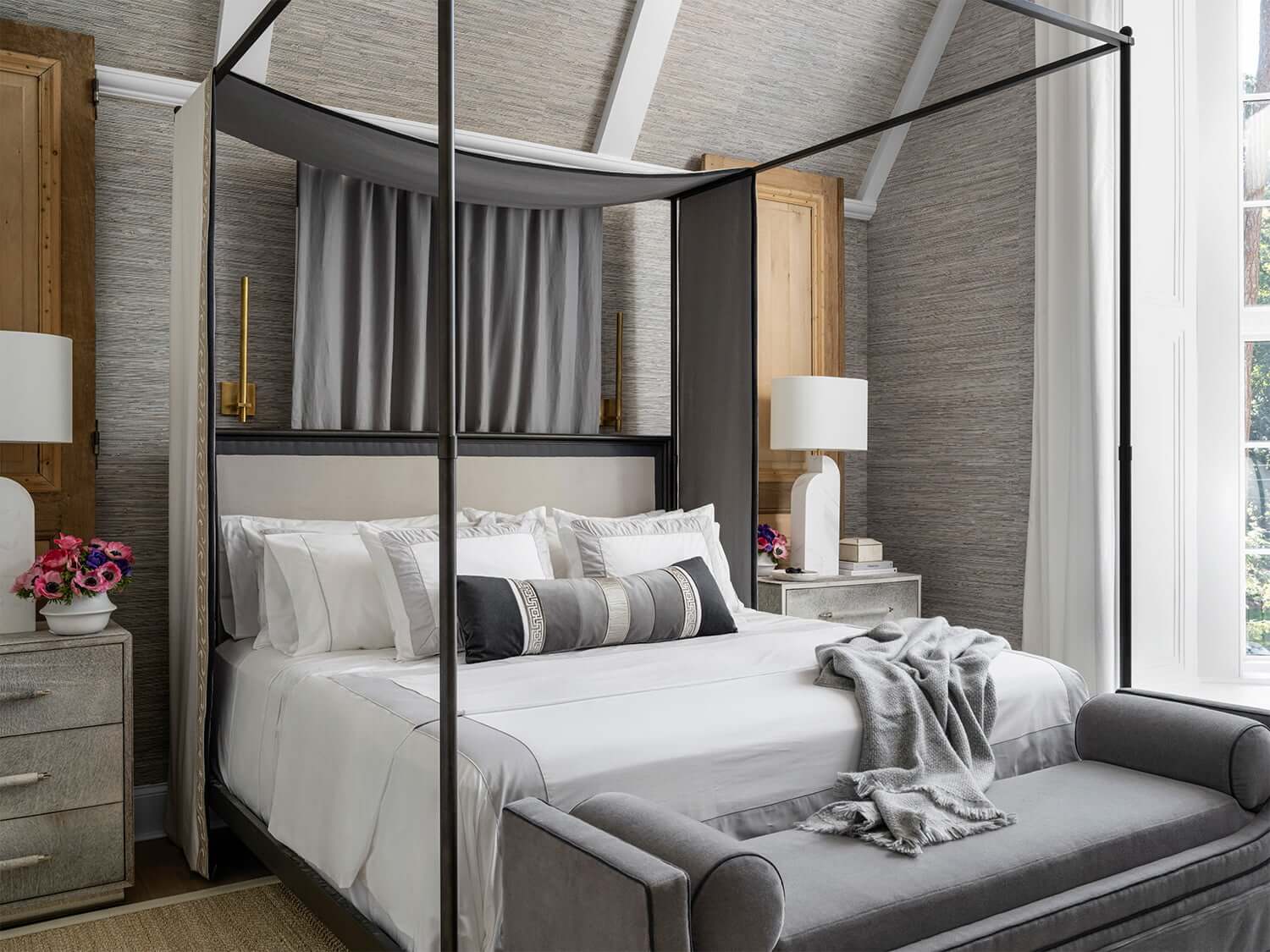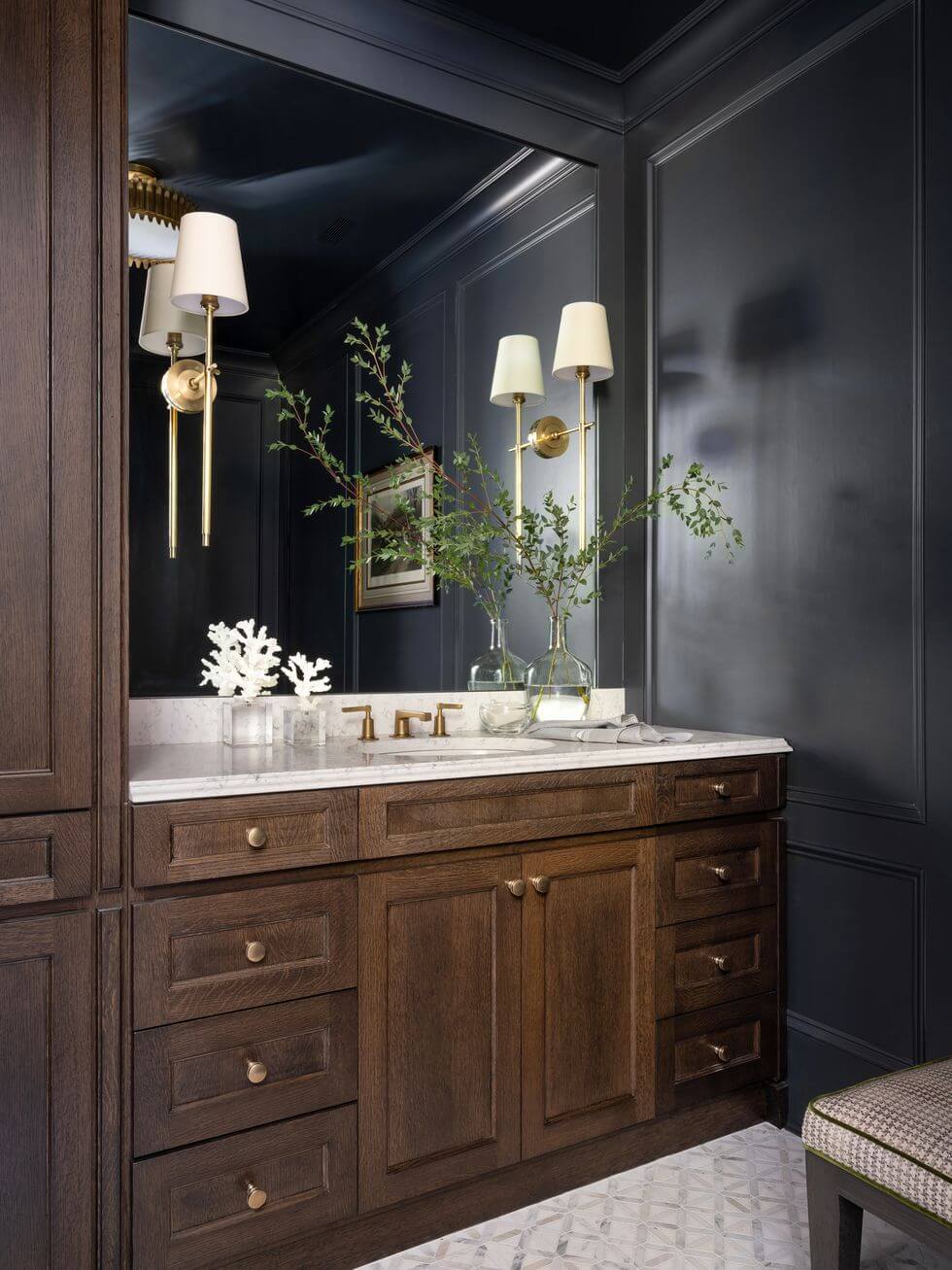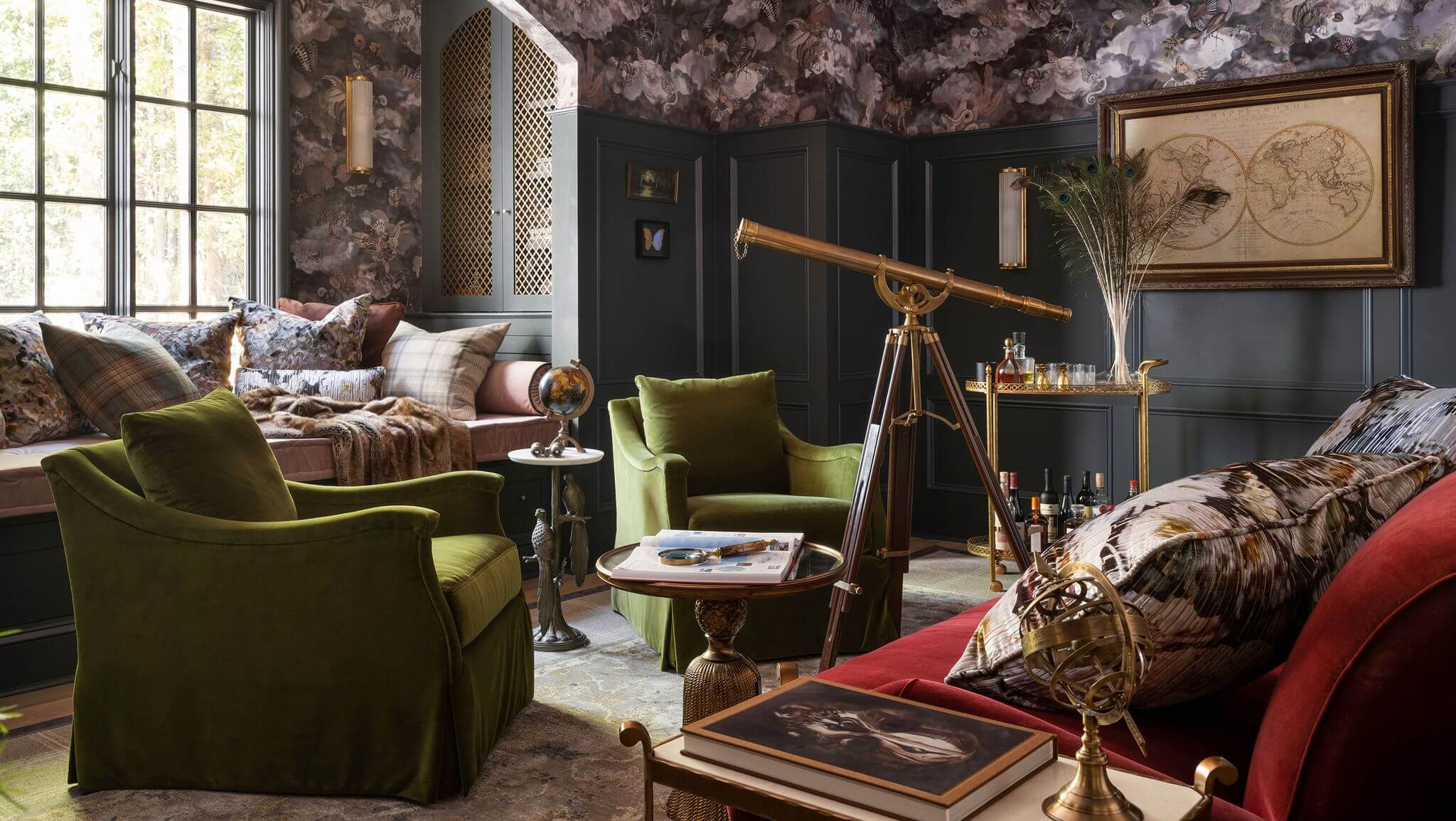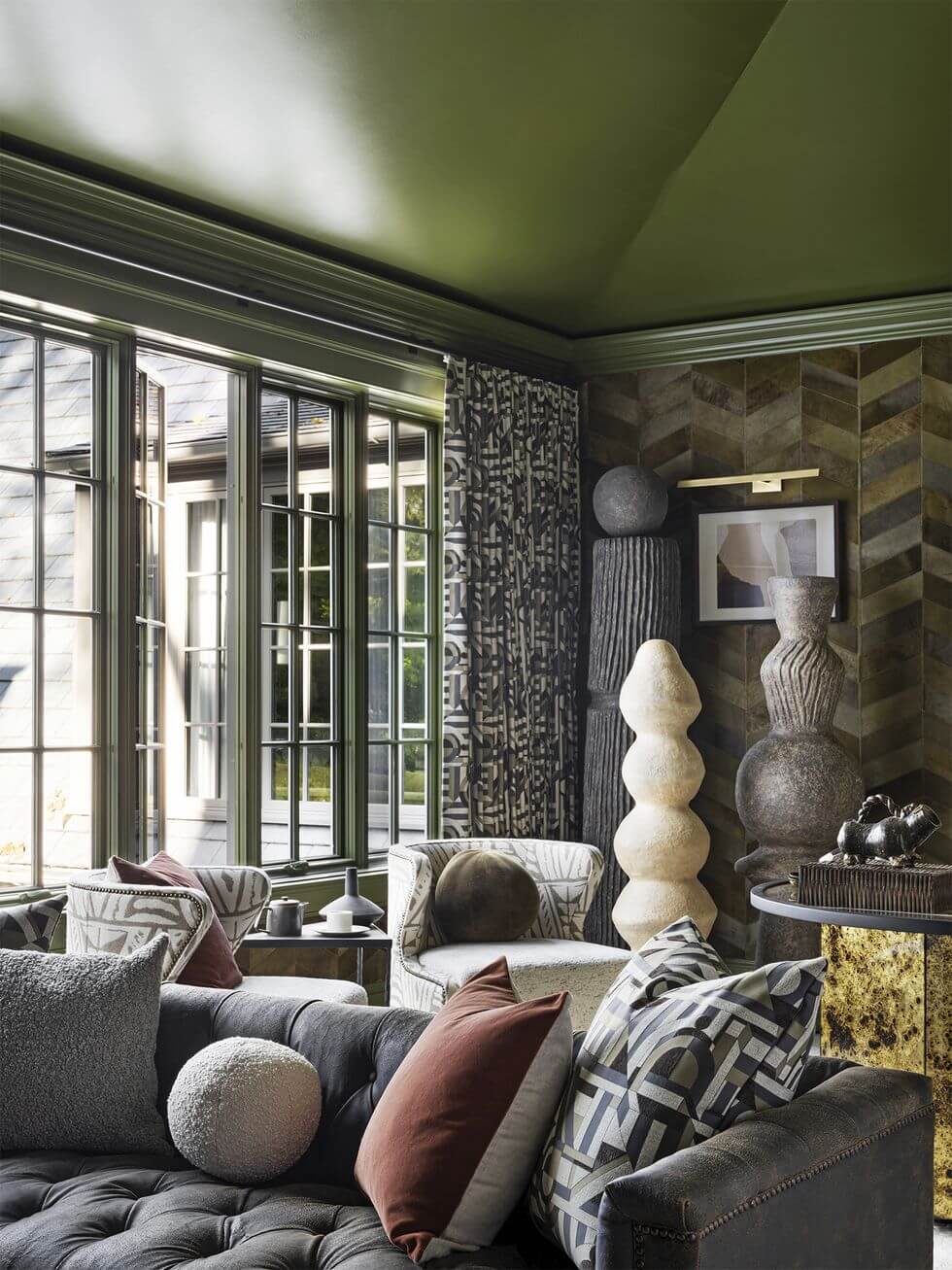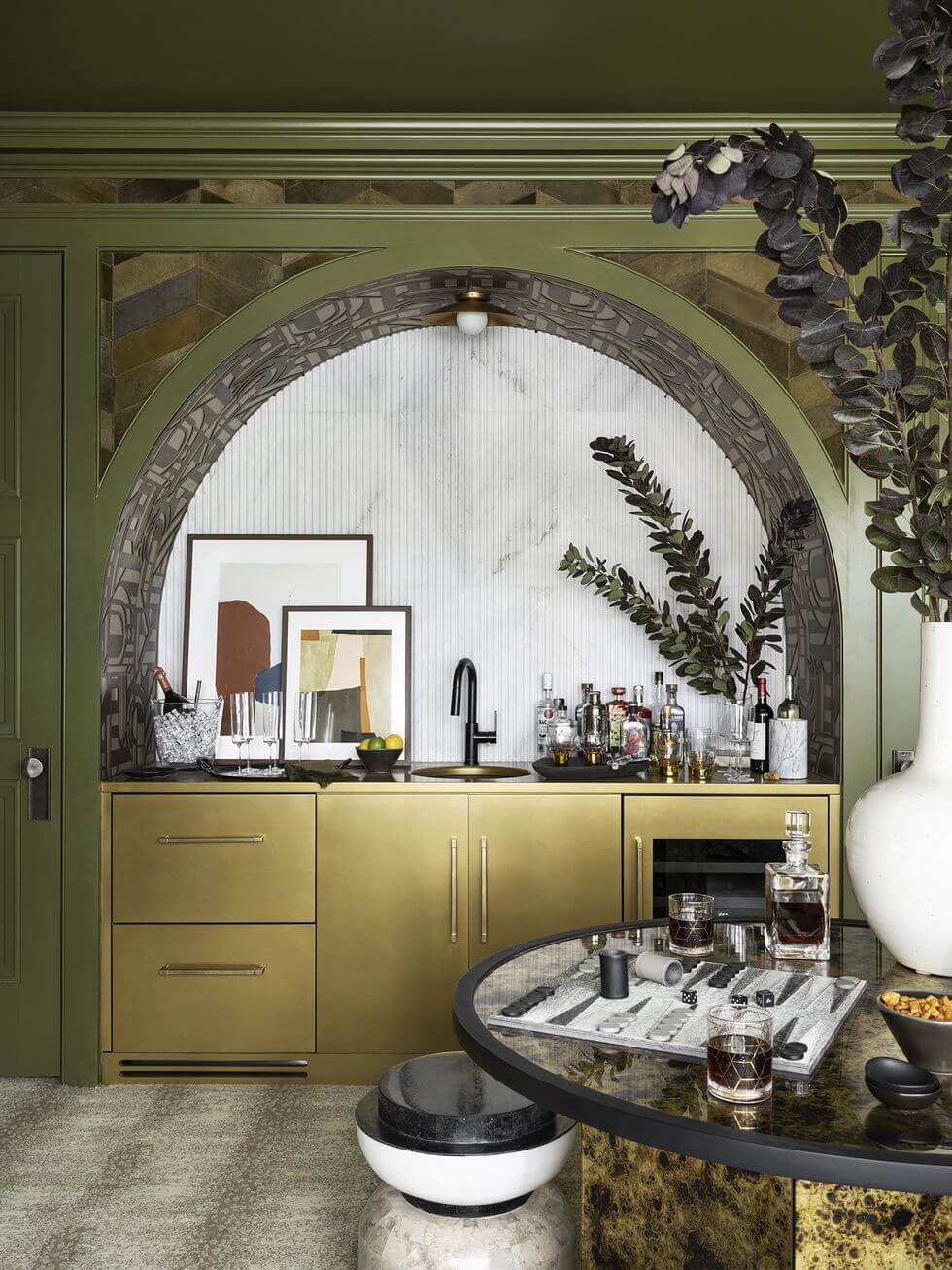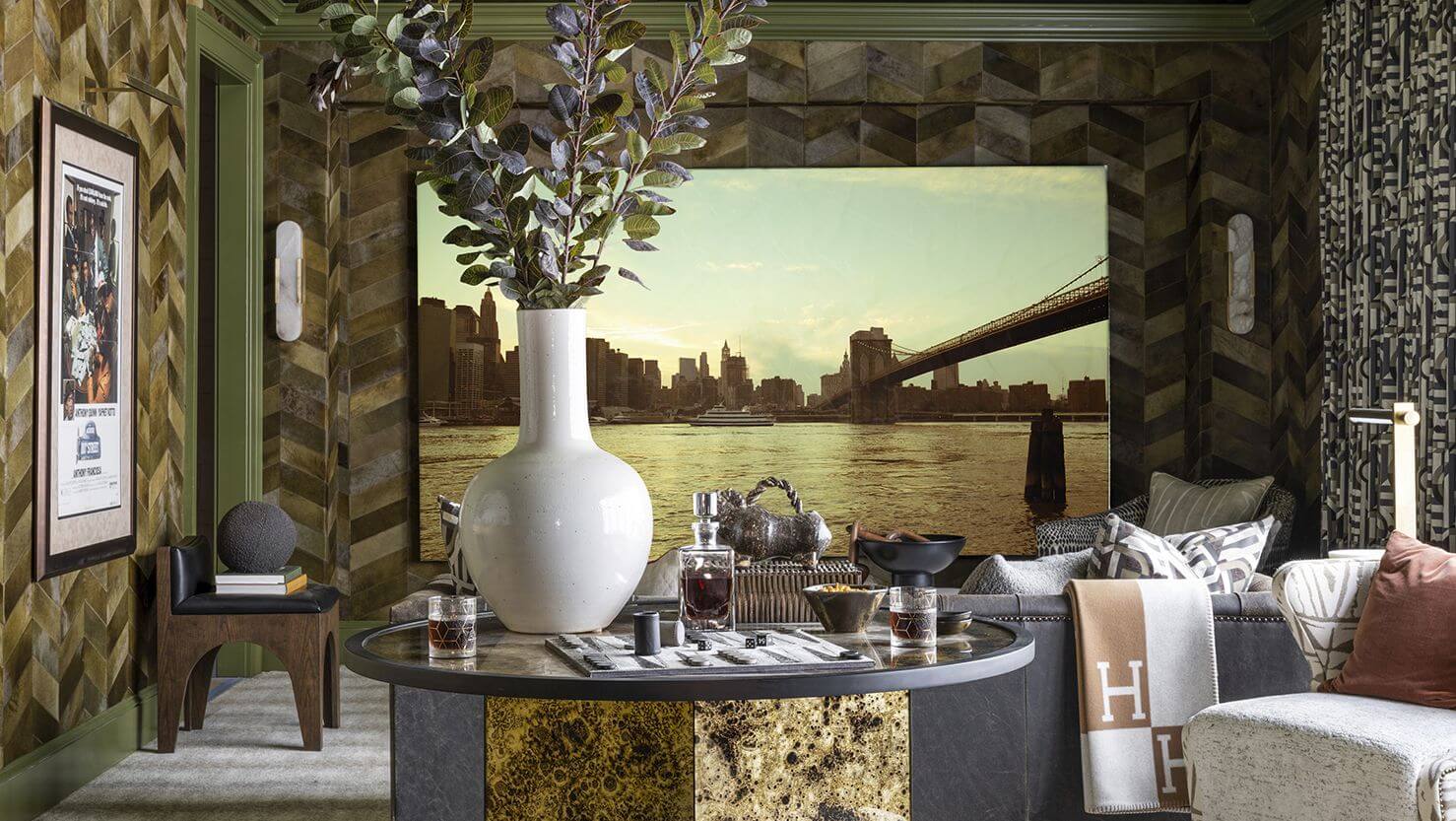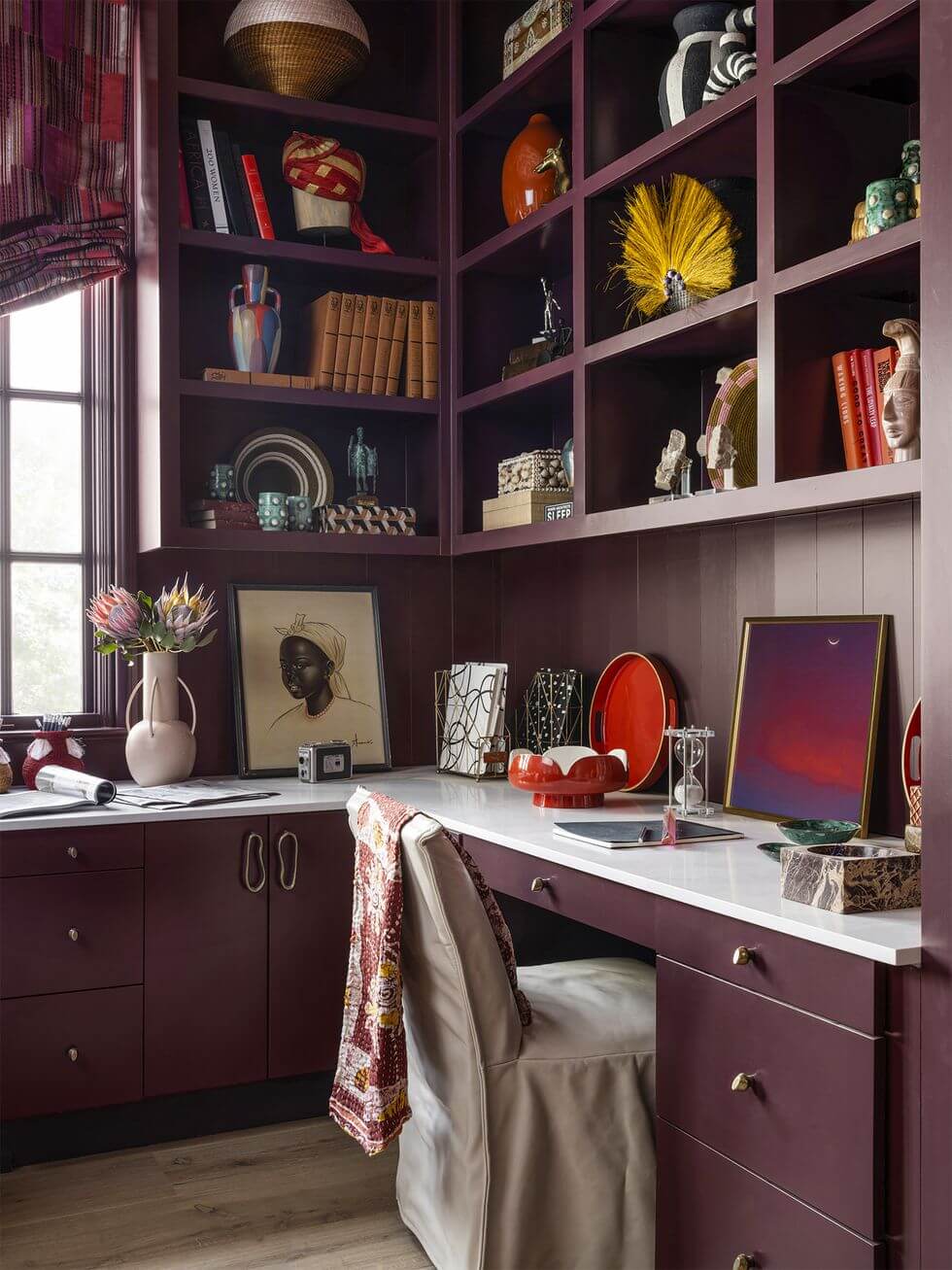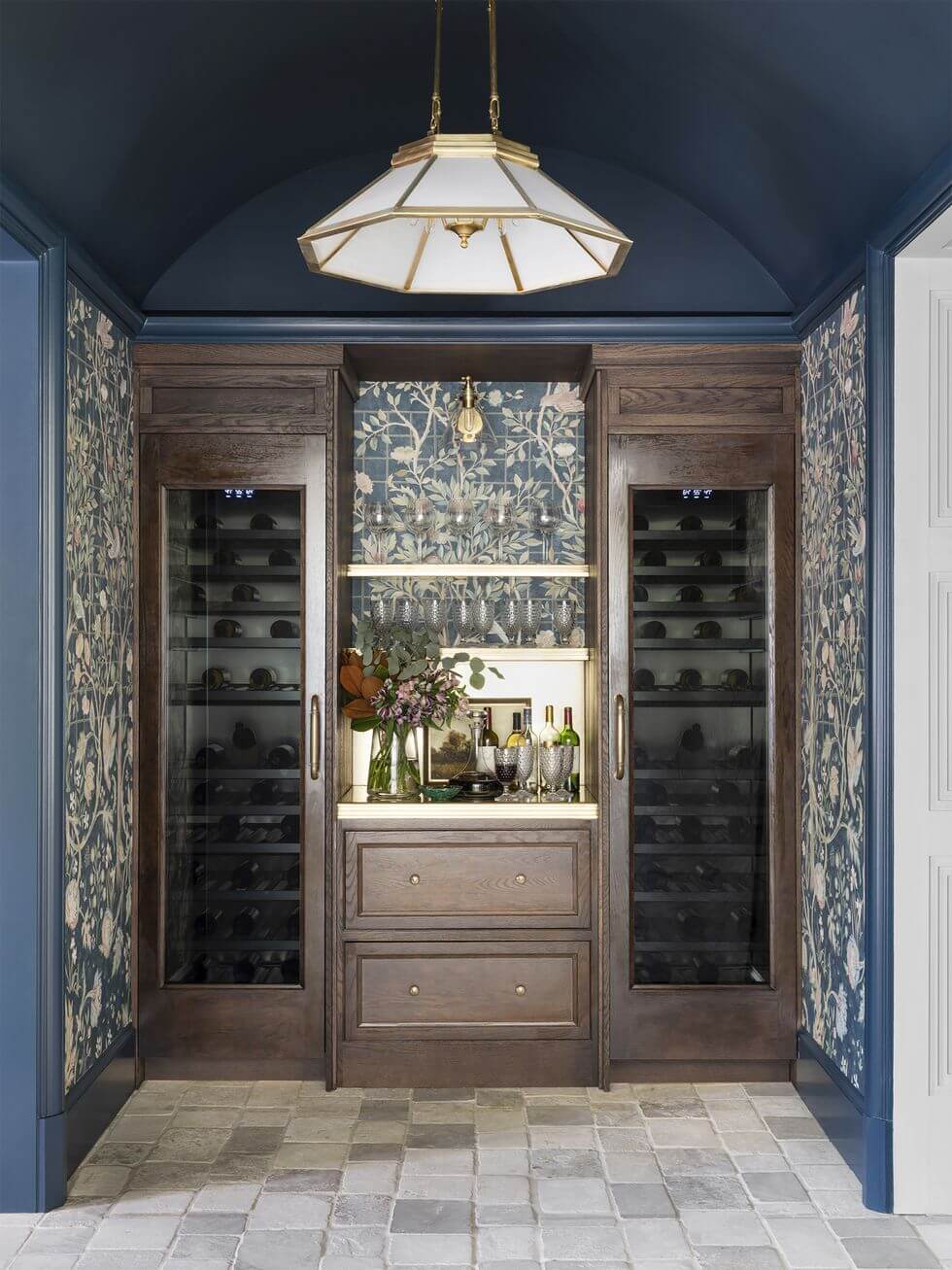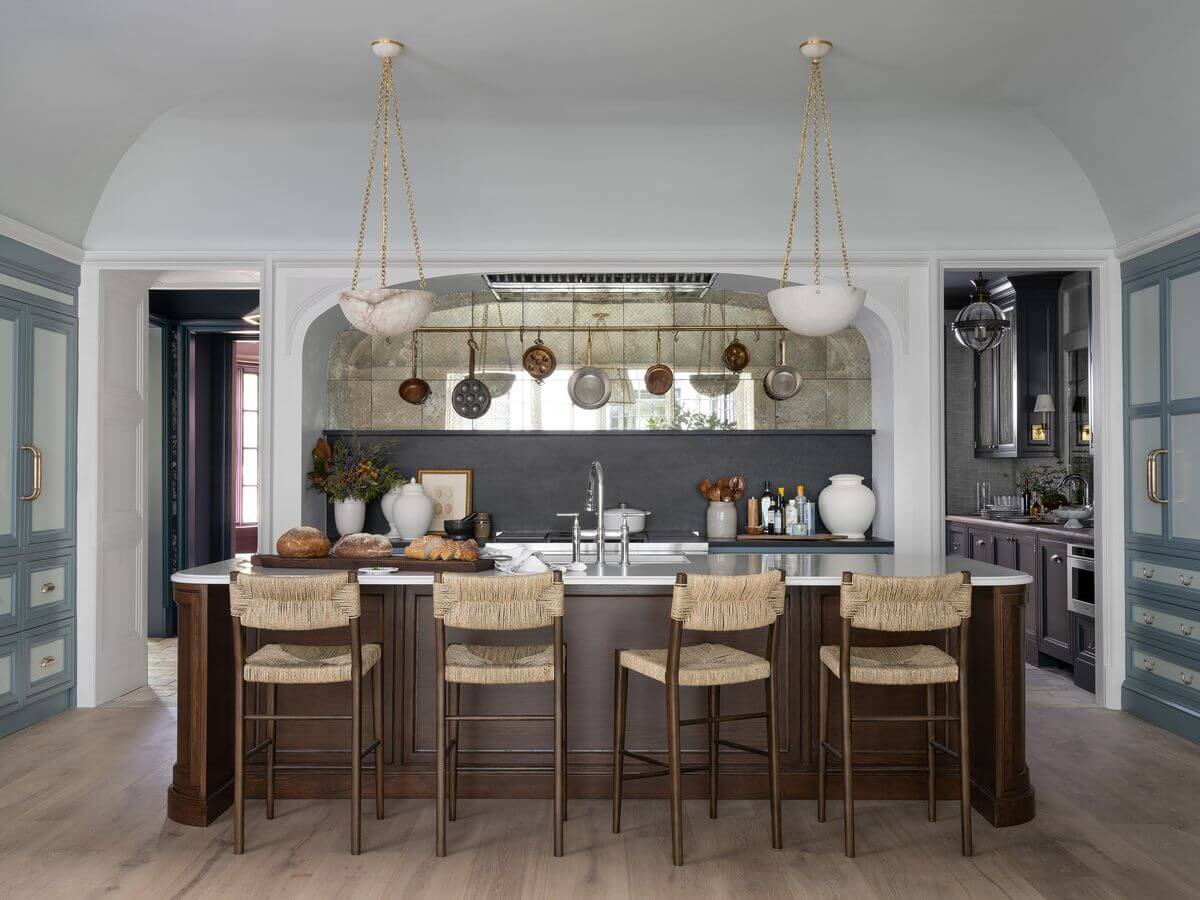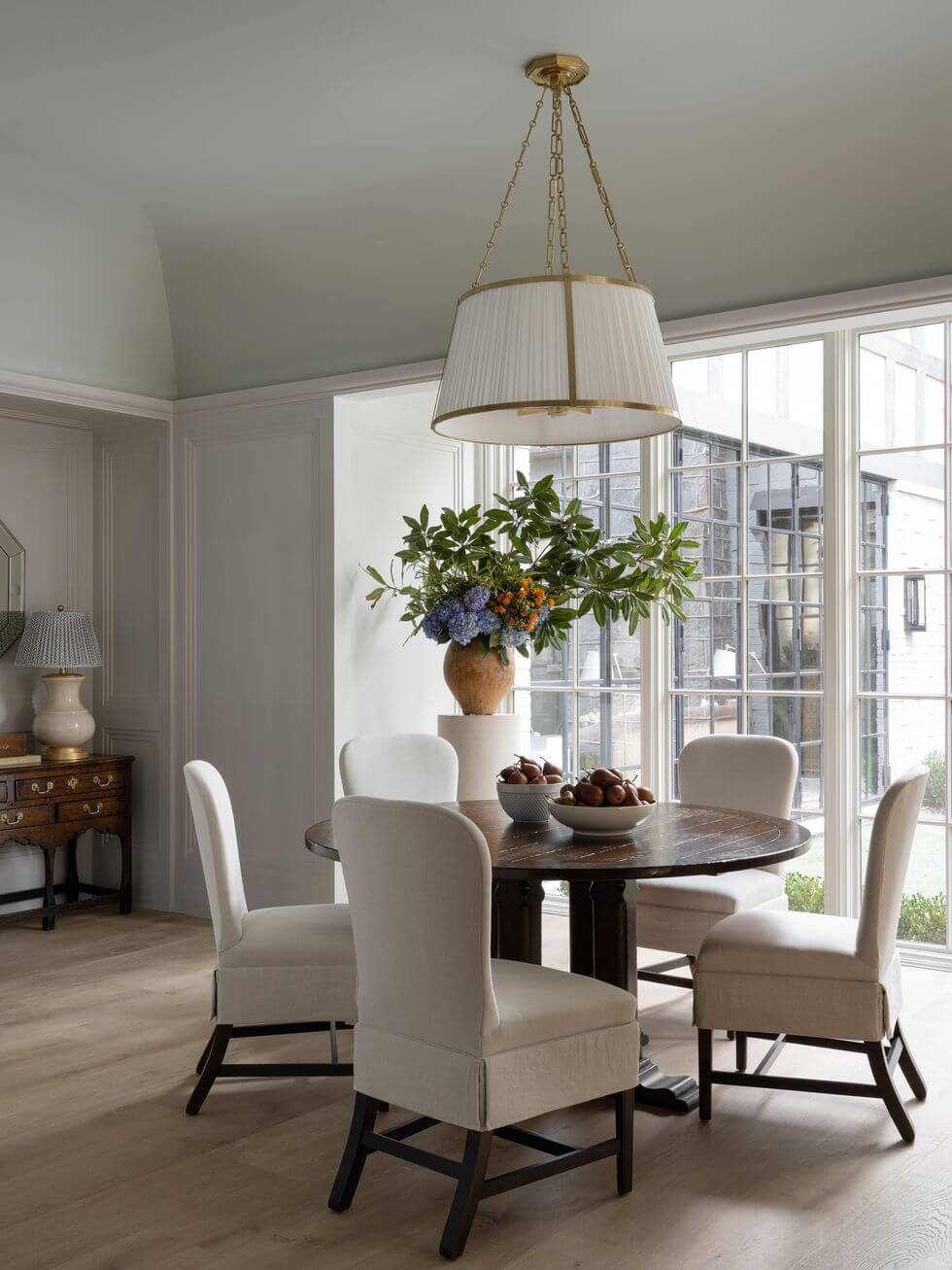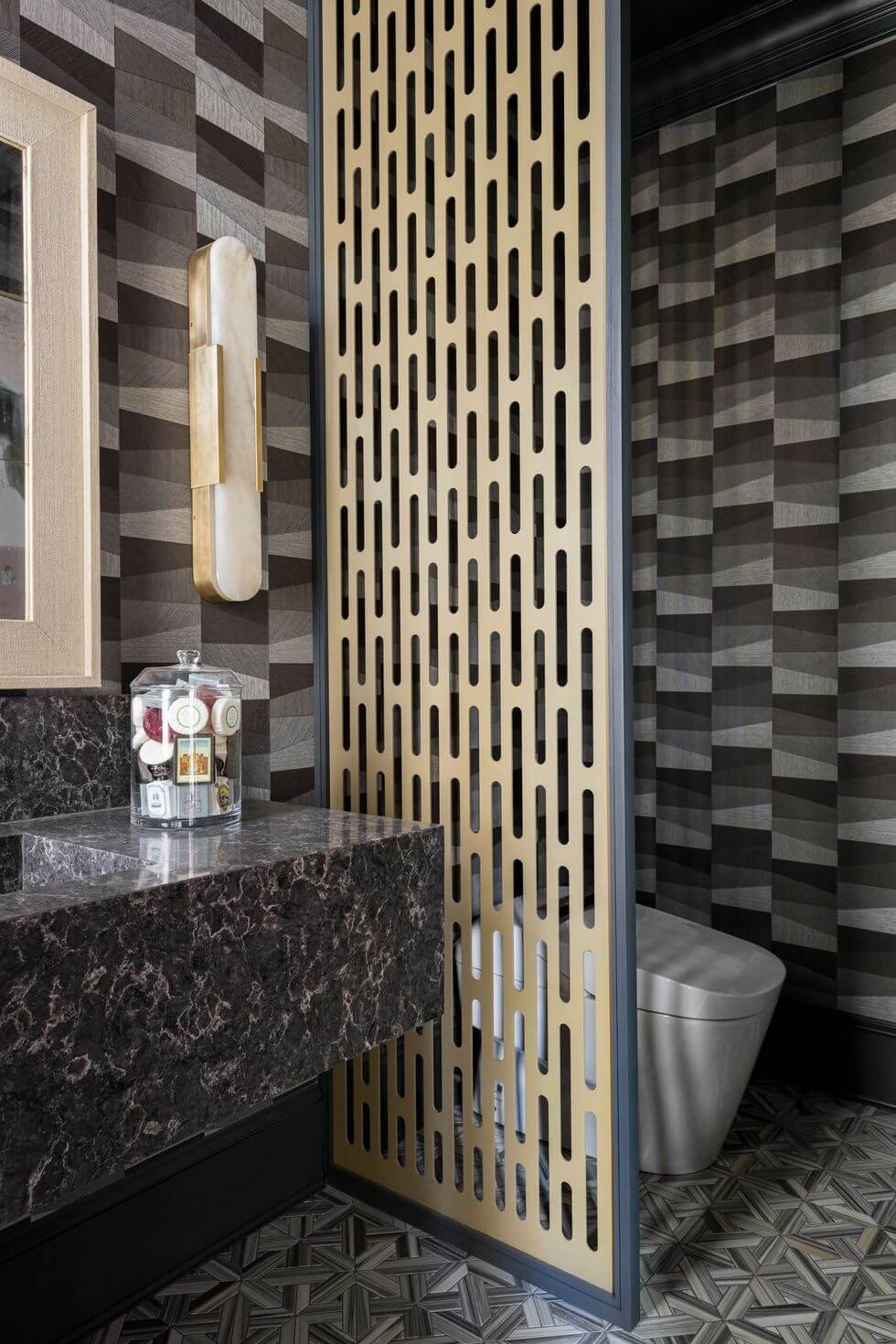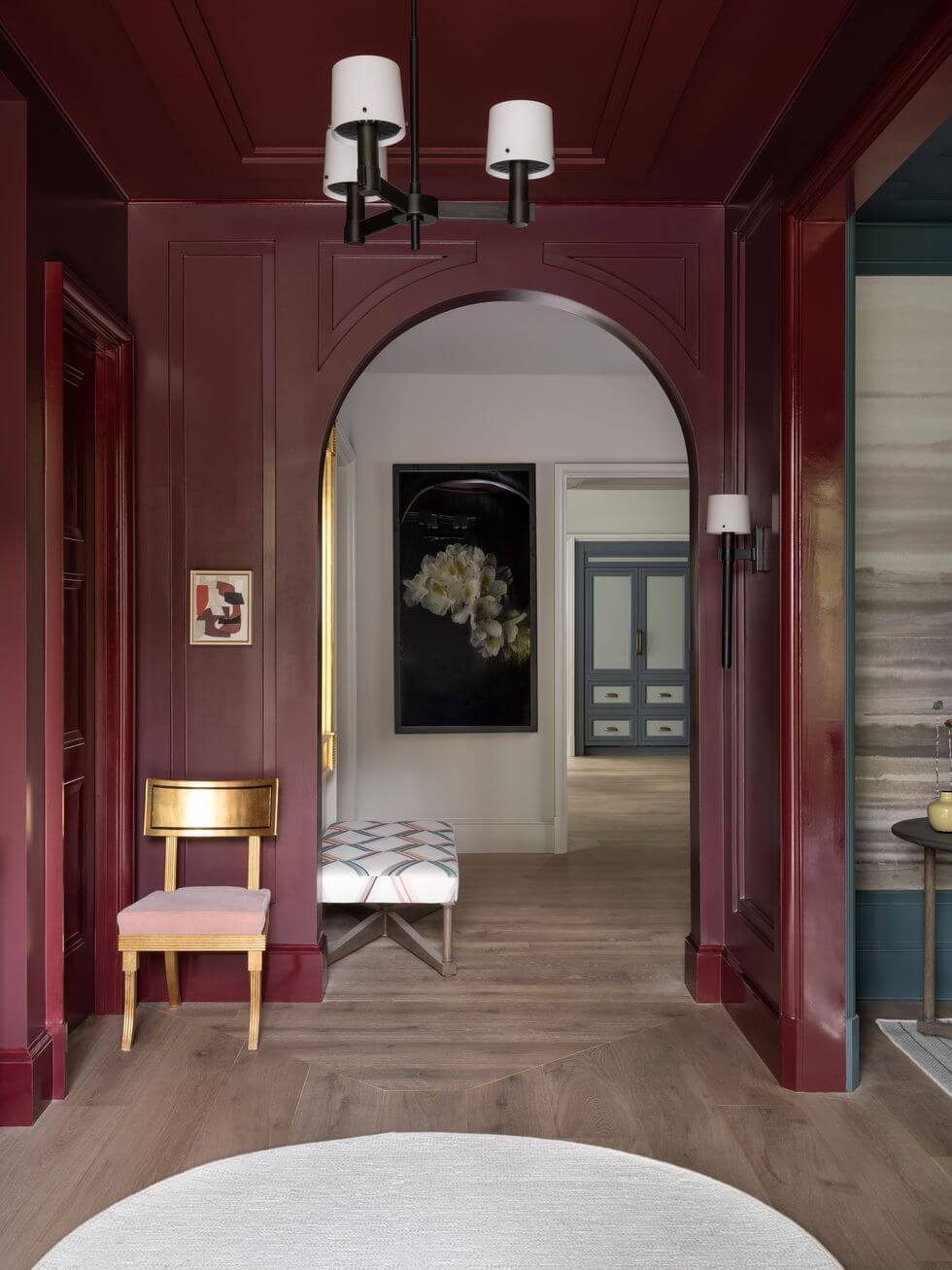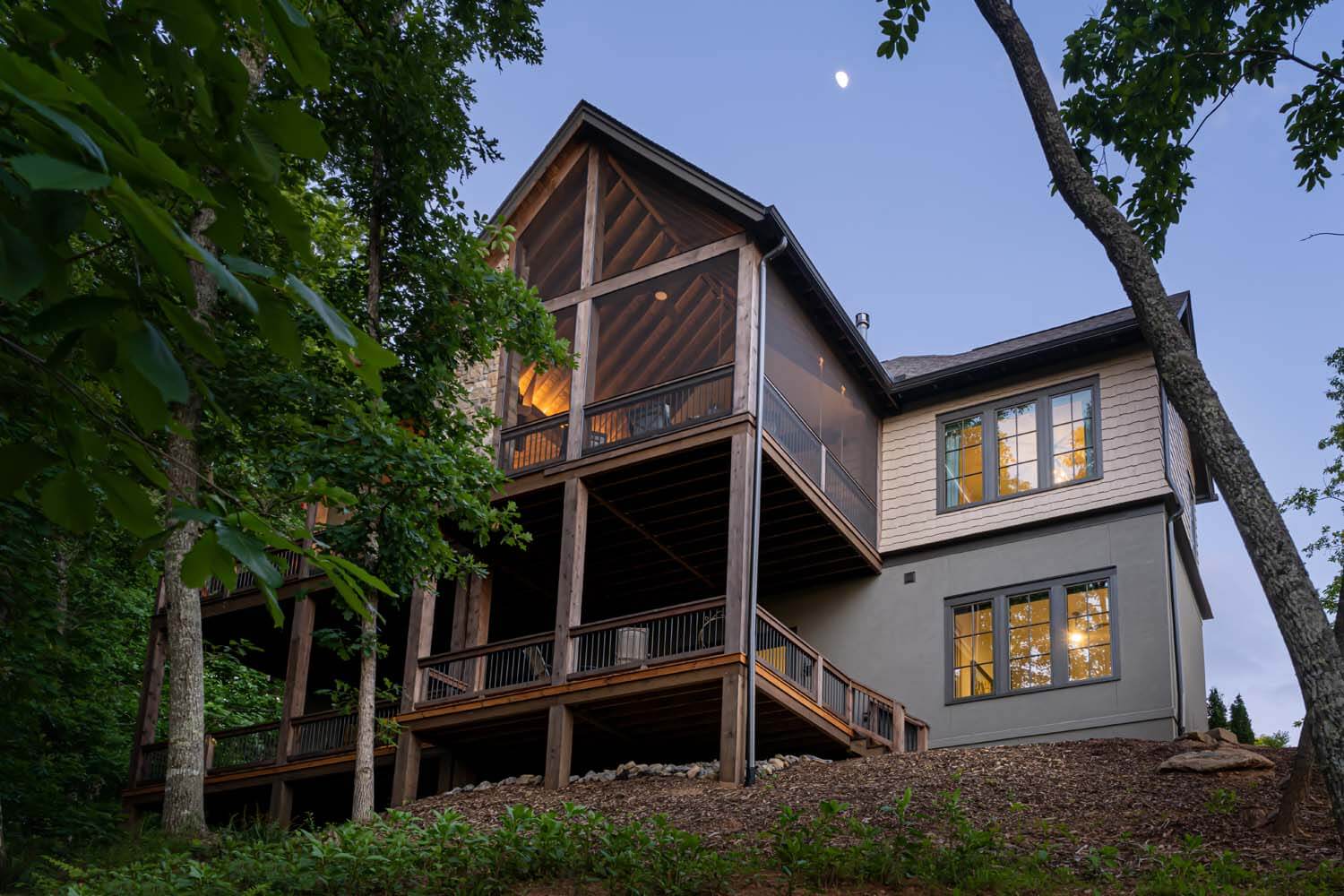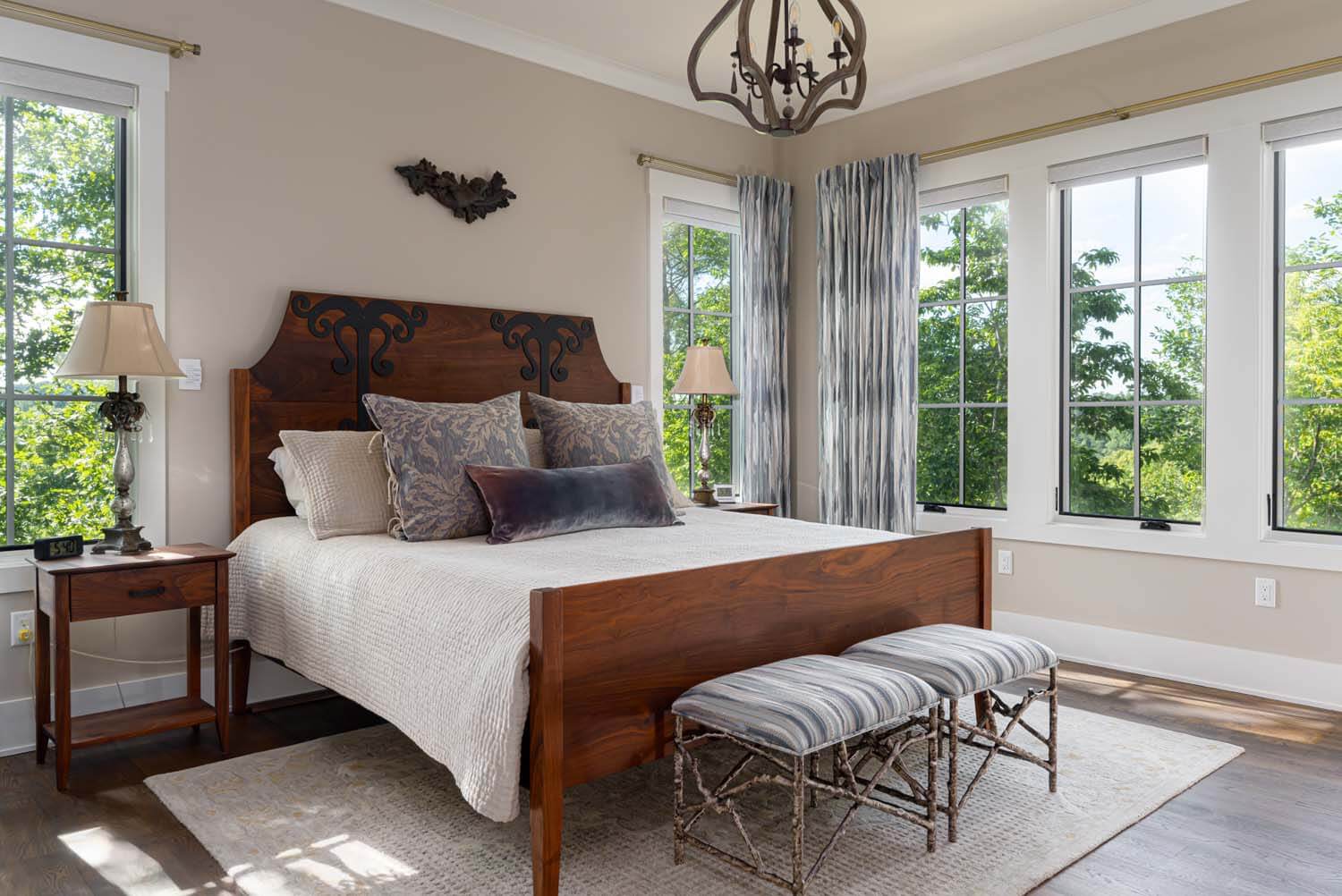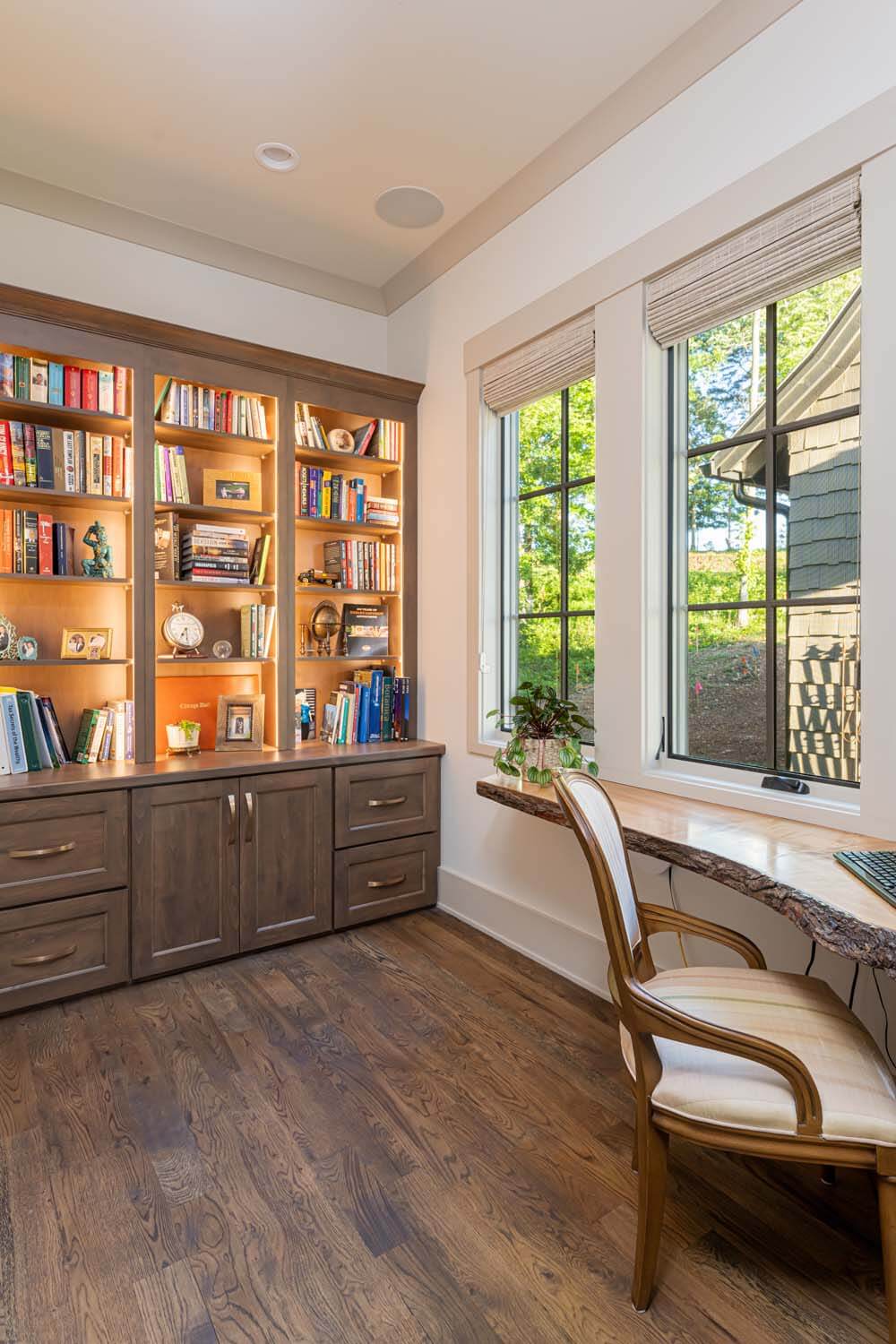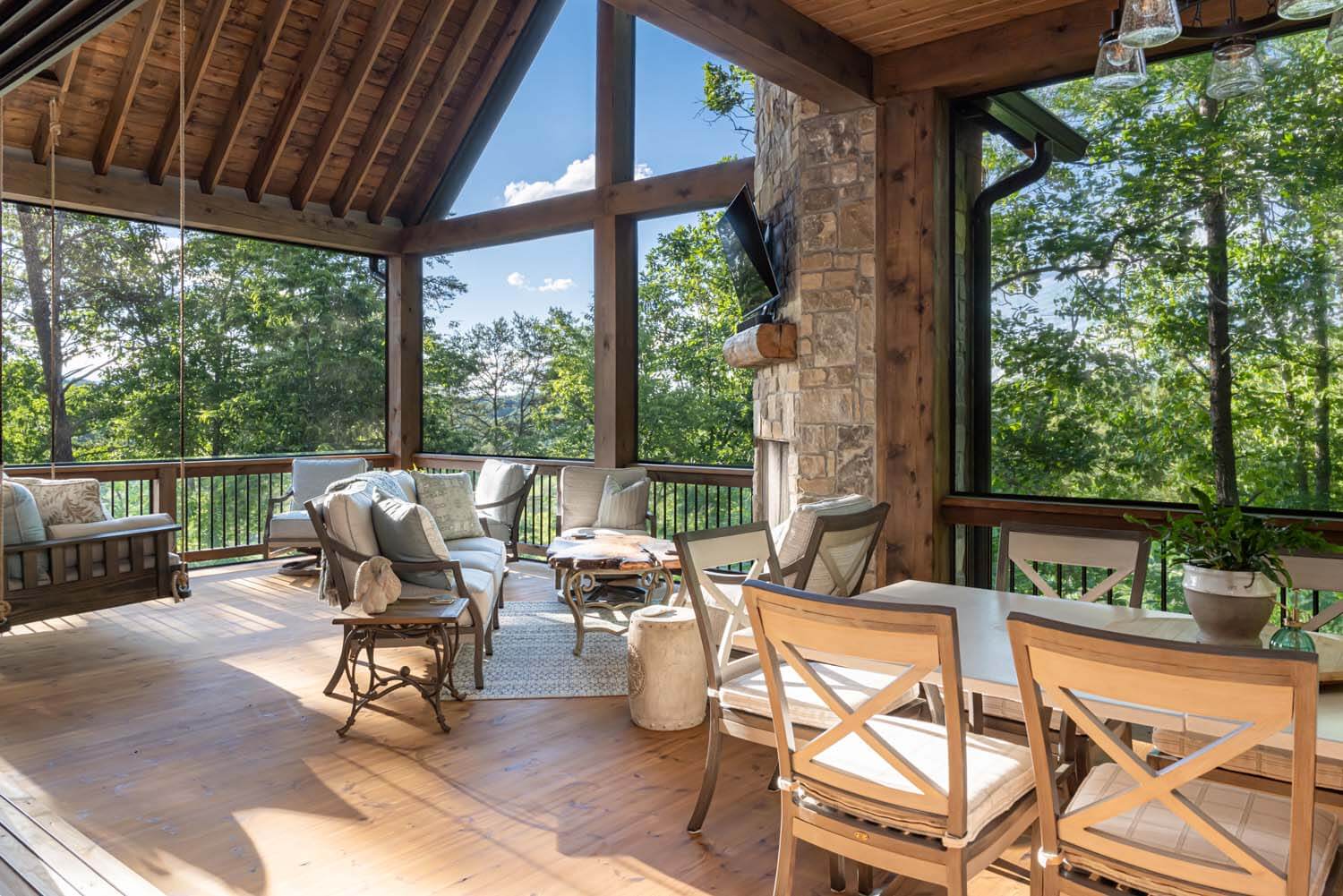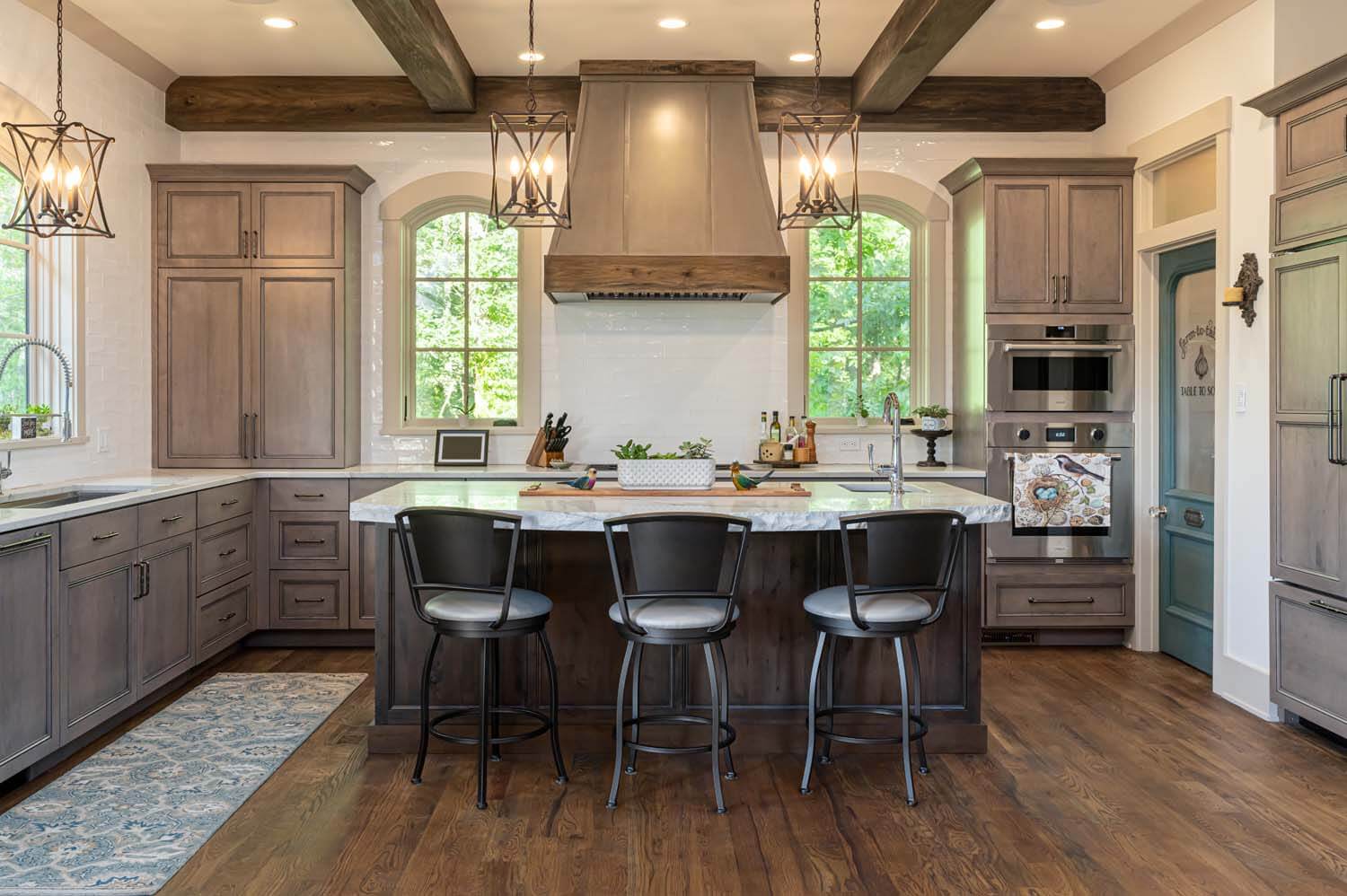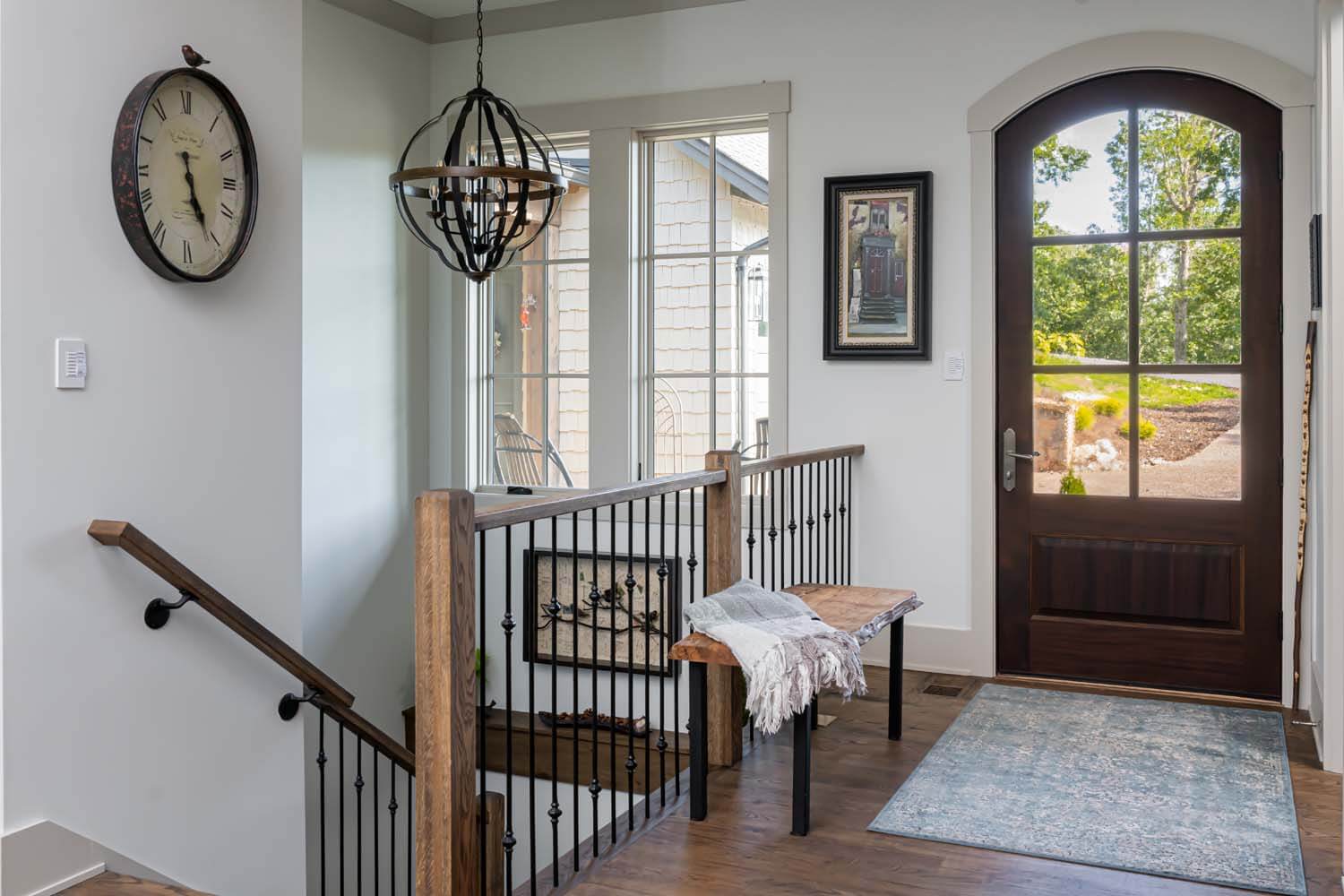data and resources.

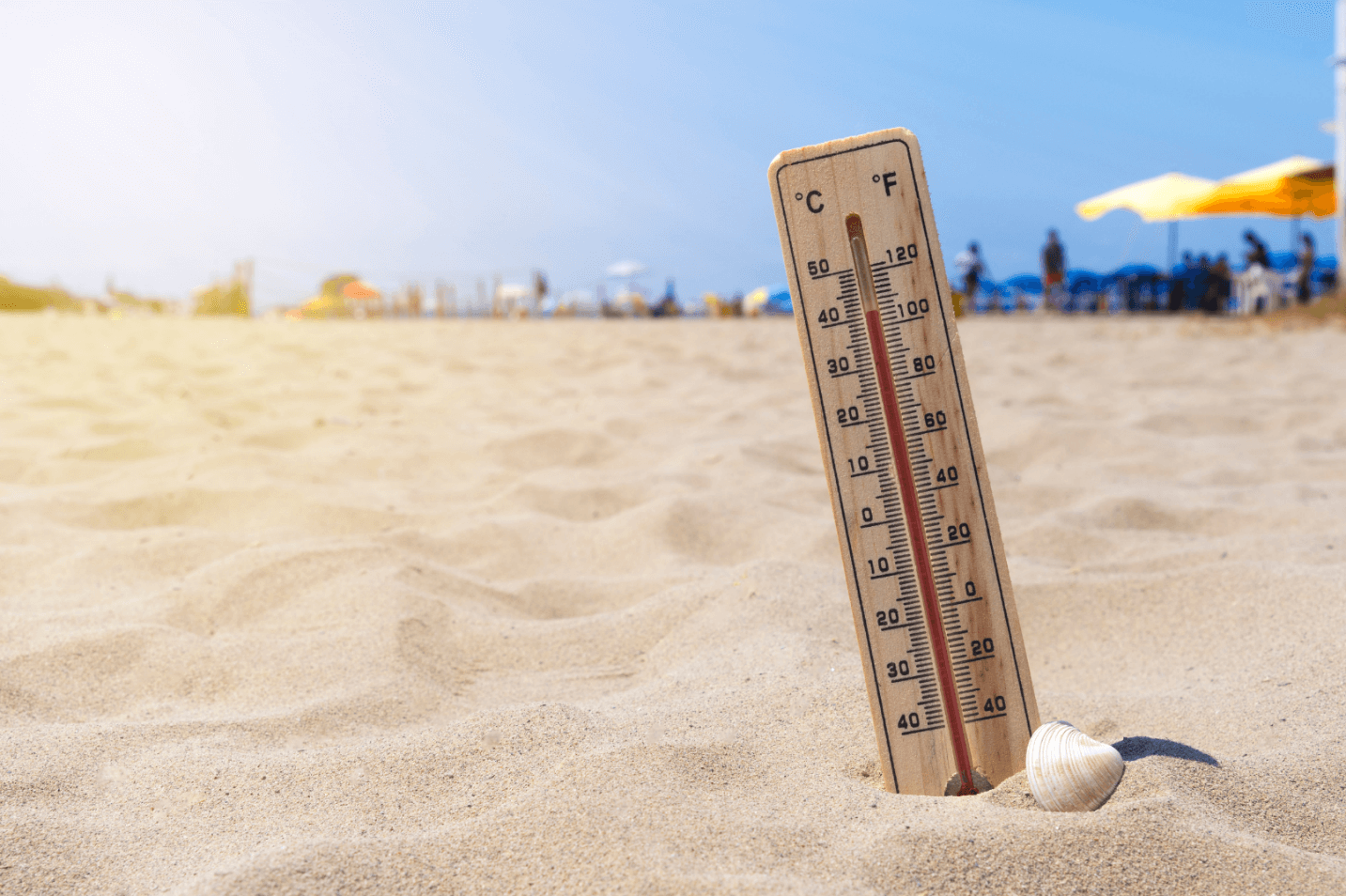
Beating the Heat
GLOBAL EFFECT. Extreme temperatures are being felt across the globe. Heat domes, wildfires and life-threatening storm systems are being experienced globally. Excessive power and water consumption from the record high temperatures has led to power cuts and outages and water scarcity. Many countries have experienced a troublingly high number of heat-related deaths.
With record high temperatures, staying cool is difficult. Here are some
ways to beat the heat:
- Cover your head with a UV or UPF (ultraviolet protection factor) hat.
- Take regular breaks from direct sunlight.
- Work or enjoy activities in shaded areas during the heat of the day.
- Utilize non-toxic cooling sprays.
- Stay hydrated; drink plenty of purified water.
- Keep your home cool, the American Society of Heating and Cooling, Refrigerating & Air Conditioning Engineers (ASHRAE) recommends a range of 73 to 79 degrees Fahrenheit during the summer.
- If you do not have AC, utilize fans, including ceiling fans, portable fans and attic fans.
BE COOL. Extreme heat can strain HVAC systems. The more an HVAC system works to keep temperatures cool, the more wear and tear on the system. The following are ways to minimize summer strain to HVAC systems:
- Run ceiling fans to circulate air and maintain temperatures.
- Close window coverings during peak heat hours.
- Keep exterior windows and doors closed.
- Use heat-generating appliances (ovens, stoves, dryers, etc.) in the evening.
- Set your thermostat slightly higher when no one is home for extended periods of time.
- Be sure your ducts are properly sealed and insulated.
- The National Air Duct Cleaners Association (NADCA) recommends cleaning them every 3 to 5 years on average, as built-up debris can cause more strain.
- The frequency of cleaning will depend on individual needs and habits (i.e. prone to allergies, having pets, occupants’ behaviors and surrounding environments).
surrounding environment.
- Change air filters every 1-3 months depending on filter type and household situation (i.e. prone to allergies, having pets and occupants’ behaviors).


Staying Hydrated
With Summer heat comes the need to stay hydrated. Research has found that US municipal water can contain over 300 chemicals of concern. To stay safe and hydrated, make sure to filter drinking water.
REMOVE THE CHEMICALS. Various types of filtration assist in purifying water. Different chemicals call for different kinds of filtration. Start by either testing tap/drinking water or checking the EWG’s Tap Water Database. From here, learn what is in local or municipality water and how to purify it.
WATER ON THE GO. For filtered water on-the-go, use a reusable water bottle with a built-in filter. Many companies make reusable water bottles that also filter out contaminants. Not only do these bottles filter out many contaminants, but they also prevent more single-use plastic water bottles from polluting the environment.
WATER CONSERVATION. High temperatures enhance evaporation, which reduces surface water and dries out soil and vegetation. During summer months or in warmer climates follow an irrigation schedule that runs during off heat peak hours. Where possible, install rain harvesting barrels to help reduce irrigation needs, lower water bills, relieve pressure on local bodies of water and reduce flooding possibilities. Check municipal regulations on rain harvesting.

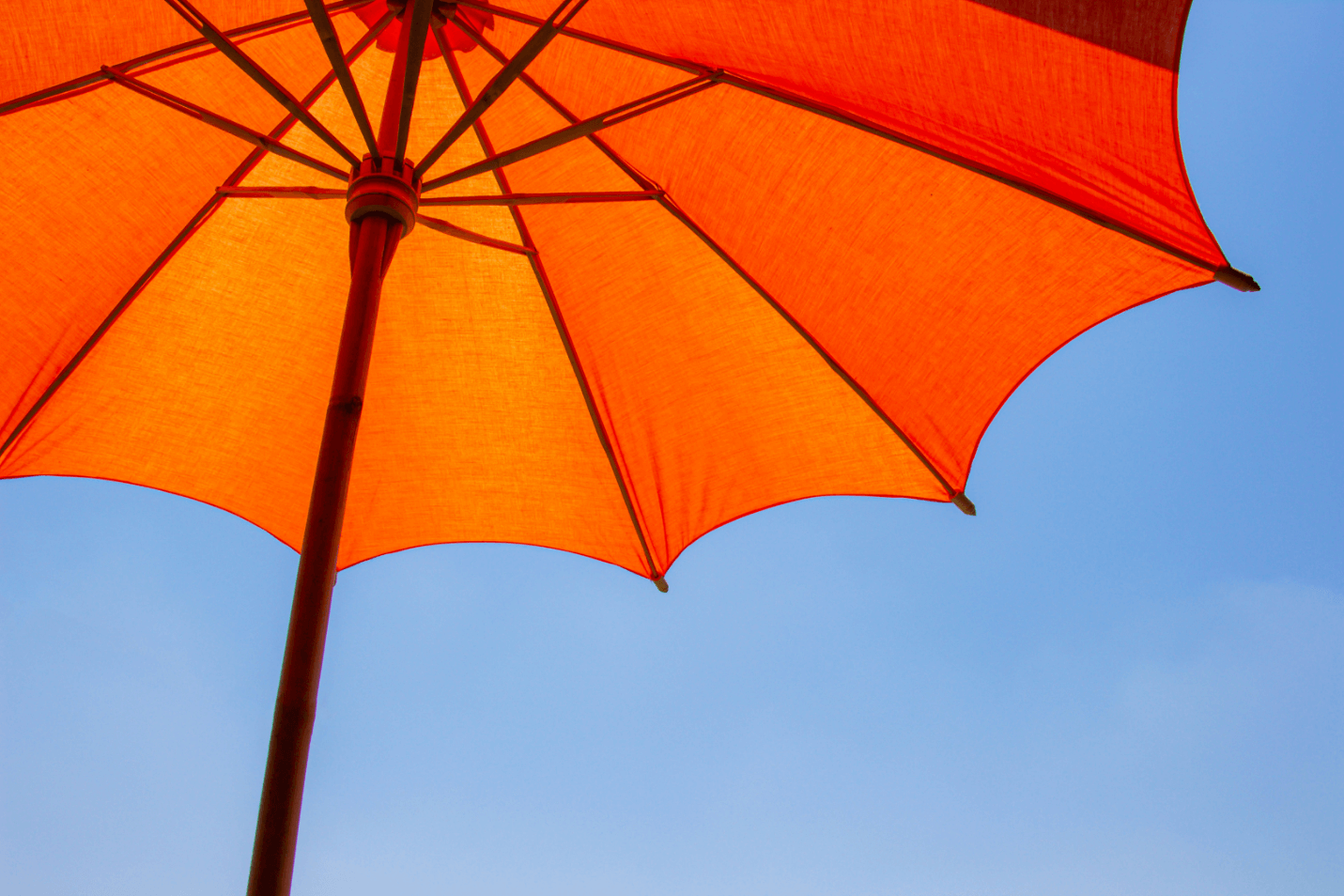
Summer Sun
Summer Sun Safety Month is observed in August, but knowing how to protect skin from overexposure is important all year long. While sunlight is essential for the body’s production of Vitamin D, too much of it can have harmful side effects. Excessive exposure to UV rays can cause skin cancer and other health issues.
CONTROL THE LIGHT, CONTROL THE HEAT. Peak UV rays from the sun are strongest around noon. During the summer 20-30% of the total daily amount of UV radiation is received between 11:00 am and 1:00 pm. Taking the following precautions while having fun in the summer will help protect from the damaging effects of UV rays:
- Stay indoors or in the shade.
- Wear clothing that covers the skin and provides UV protection.
- Wear a hat and sunglasses with UVA and UVB blocking.
- Apply broad spectrum sunscreen that protects from UVA and UVB rays and has an SPF of 15 or higher. See below for more information on sunscreen safety.
THE SUN’S RAYS CAN DAMAGE MORE THAN YOUR SKIN. Sunlight and UV rays don’t just damage the human body. Sunlight can fade, discolor and damage furniture, fabric and art. There are a few ways furniture and décor can be protected:
- Utilize window covers that block or filter light.
- Layout furniture and décor to avoid sun where needed.
- Install a safe tint, film or solar blinds to help block UV rays from entering.

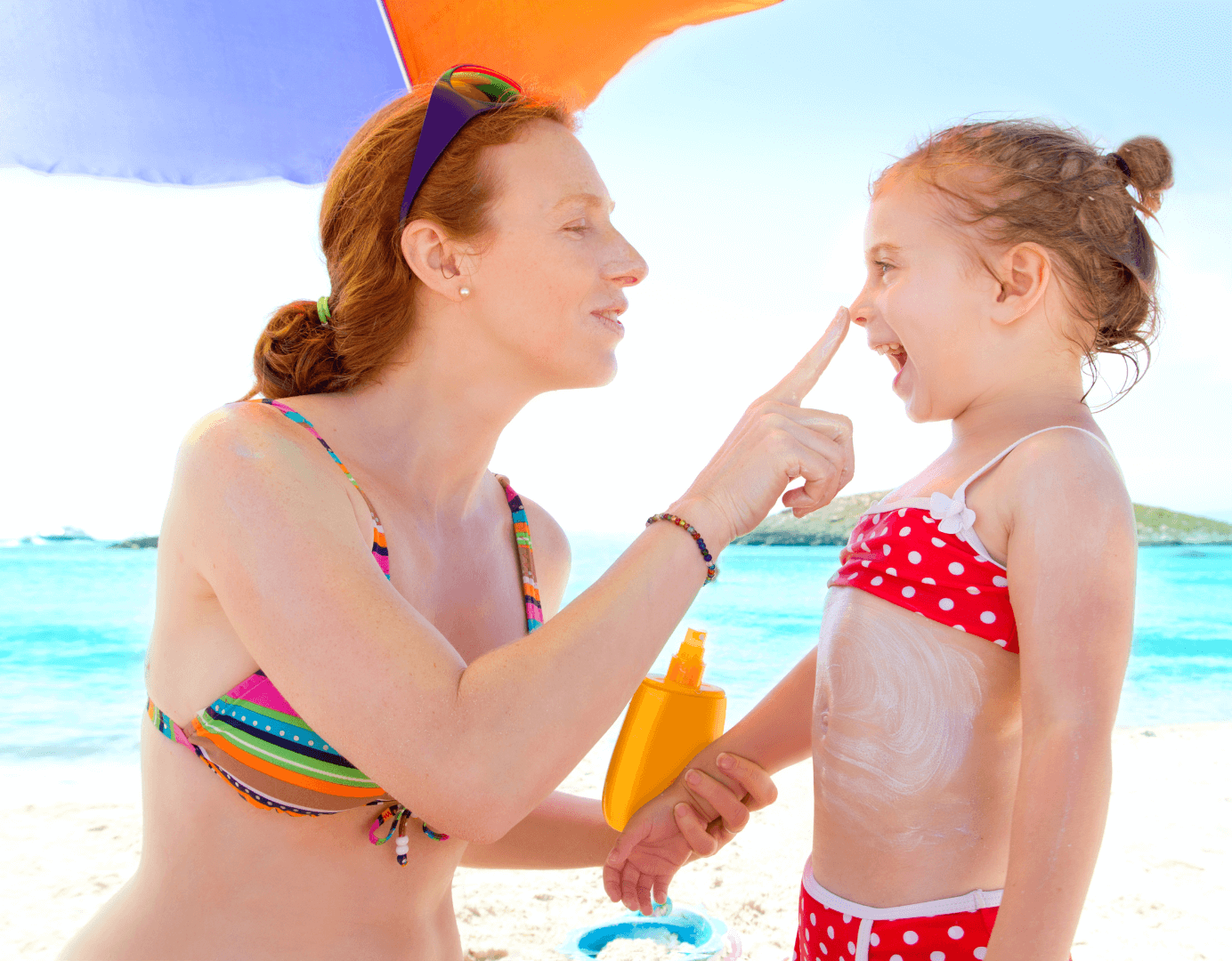
Sunscreen Science
With high temperatures and harsh rays, skin needs all the protection it can get, but not all sunscreens are made equally. This summer, protect skin from
UVA rays (95% of all ultraviolet rays that penetrate deep into the skin and cause aging, cancer and tanning) and UVB rays (5% of the ultraviolet rays that do
not penetrate deeply but cause surface damage and can kill skill cells leading to cancer).
KNOW WHAT’S IN YOUR SUNSCREEN:
- Tinosorb S and M are popular ingredients in Europe that can protect against UVA and UVB rays and help stabilize other ingredients. It has not been approved by the FDA in the US because of lack of information.
- Mexoryl SX is a UV filter that has the ability to block UVA1 rays, which cause skin aging. This ingredient is approved across the world. It is also coral safe.
- Oxybenzone helps with both UVA and UVB rays and is found in most sunscreens across the US. It has been found to contribute to bleaching and poisoning of coral
reefs and may affect marine life. This has caused it to be banned in Hawaii. It can also irritate those with skin sensitivities. - Octinoxate is effective for sun damage prevention but poses a threat to coral reefs. In the US, it’s been banned in Hawaii and parts of Florida. The Pacific Island of Palau it has also been banned. It is available in most other countries.
- Avobenzone is used to block UVA rays, but on its own is unstable when exposed to light. It’s commonly paired with other ingredients, such as mexoryl or zinc oxide and titanium dioxide. The latter two combinations are not permitted in the US.
- Titanium dioxide is generally recognized as safe and effective, which has led the FDA to leave it unmonitored. It does not block long UVA 1 rays. Researchers have found that titanium oxide nanoparticles are a “possible carcinogen to humans.”
- Zinc oxide is another sunscreen chemical left unmonitored by the FDA. While the US has found it safe, European countries label the ingredient with a warning because of its toxicity to aquatic life. It is not harmful to humans, unless swallowed or inhaled.
- Trolamine salicylate and PABA, also known as para-aminobenzoic acid, are strong UVB absorbers. It increases allergic dermatitis and photosensitivity, causing it to be unpopular. Many countries have placed restrictions with a few going as far as to ban the ingredient.
Selecting a sunscreen can be difficult and confusing, but knowing what chemicals to avoid will lead to informed decisions. Check out EWG’s sunscreen guide for more
information on sunscreens.
UV SAFETY. NAHB celebrates UV Safety Awareness Month in July! It is important for builders and general contractors to educate workers on the risk associated with UV radiation. NAHB reminds us that UV Awareness Month serves to remember to protect workers against the risks of overexposure to UV rays. Read more here.

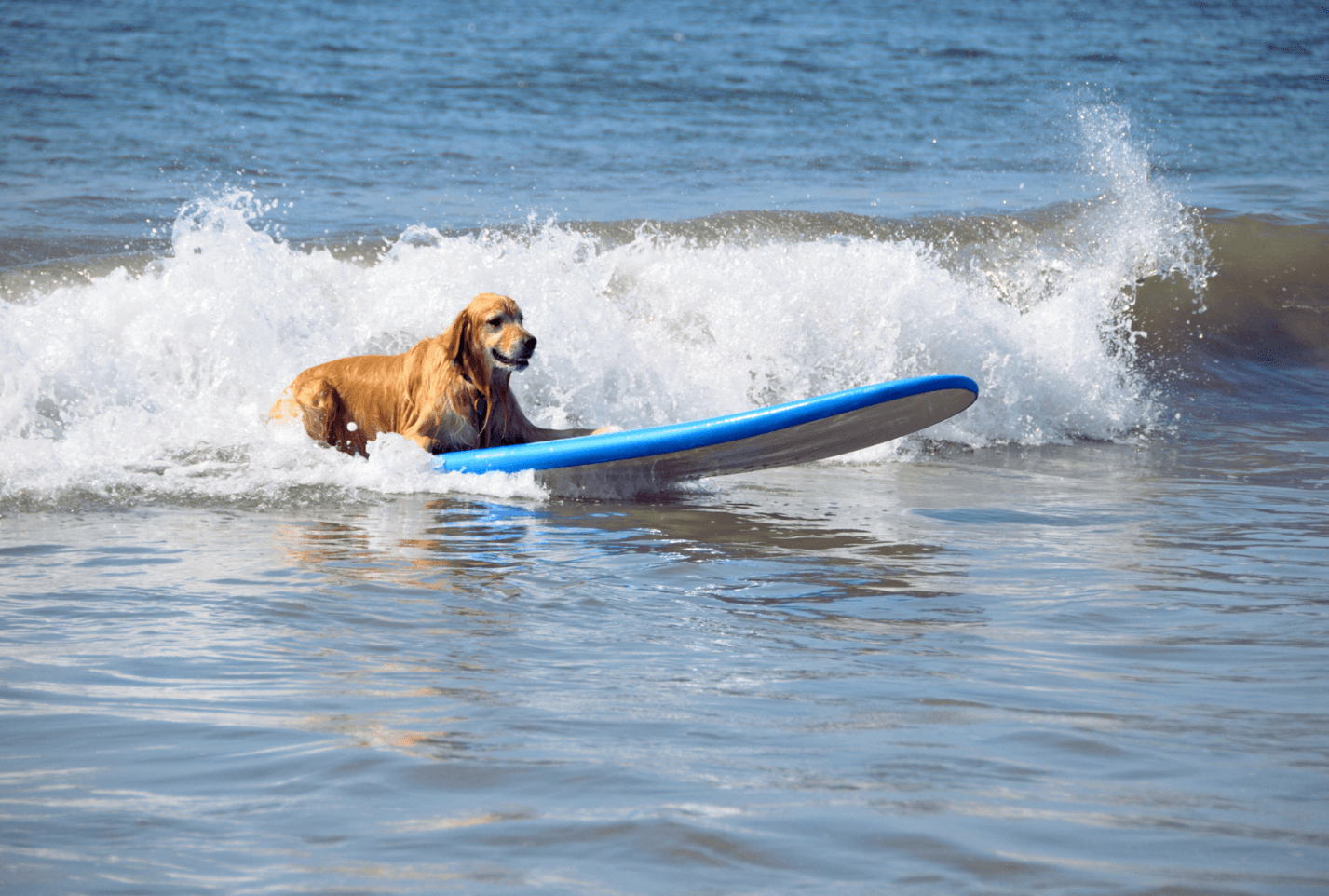
Staying Active
Staying active while staying safe comes with additional hurdles during the summer. High temperatures can lead to heat exhaustion, fainting and other negative physical responses. To maintain physical activity and routine recreation outside, follow these tips:
- Exercise outside during non-peak hours, including early in the morning or evenings.
- Take longer and more frequent breaks during outside activities.
- Protect skin with sunscreen and clothing, including UV blocking shirts and hats.
- Remember to always stay hydrated.
BEAT BOREDOM. Summer provides the opportunity for activities that are unavailable during colder seasons. Try swimming, kayaking or any water-related sport while exercising this summer. The water will keep you cool while having fun.
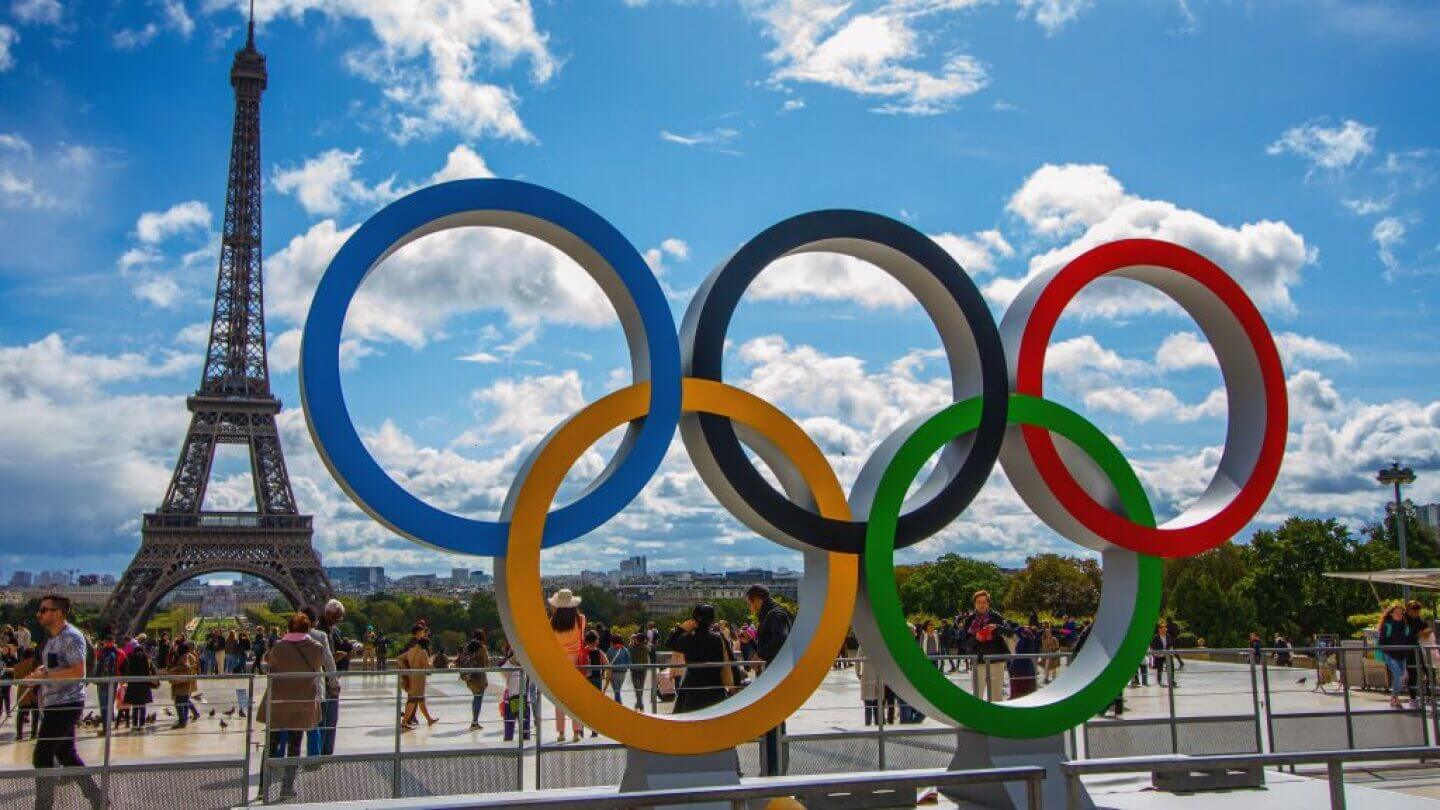
2024 Paris Olympics
WWYW wishes the 206 countries and the refugee Olympic team the best of luck in the 2024 Paris Olympics, the 33rd Olympic games of modern times. May the Olympic spirit be realized by all athletes. It’s best expressed by the Olympic creed: “the most important thing in the Olympic games is not to win but to take part, just as the most important thing in life is not the triumph but the struggle. The essential thing is not to have conquered.” We should all live by the Olympic core values:
EXCELLENCE · RESPECT · FRIENDSHIP
The foundation of the Olympic movement promotes sports, culture and education to build a better world.
Get out of the sun and make time to watch your favorite event:
|
Track and Field |
Basketball |
Football |
Boxing |
Handball |
|
Modern Pentathlon |
Triathlon |
BMX |
Mountain Biking |
Track Cycling |
|
Road Cycling |
Swimming |
Diving |
Synchronized Swimming |
Water Polo |
|
Canoeing |
White Water Canoeing |
Rowing |
Surfing |
Sailing |
|
Fencing |
Judo |
Wrestling |
Taekwondo |
Badminton |
|
Tennis |
Table Tennis |
Archery |
Shooting |
Equestrian |
|
Sport Climbing |
Break Dancing |
Gymnastics |
Trampoline |
Weightlifting |
|
Field Hockey |
Rugby |
Skateboarding |
Volleyball |
Beach Volleyball |
Refer to the Olympic schedule here. The schedule is in Central European time zone (GMT+2).

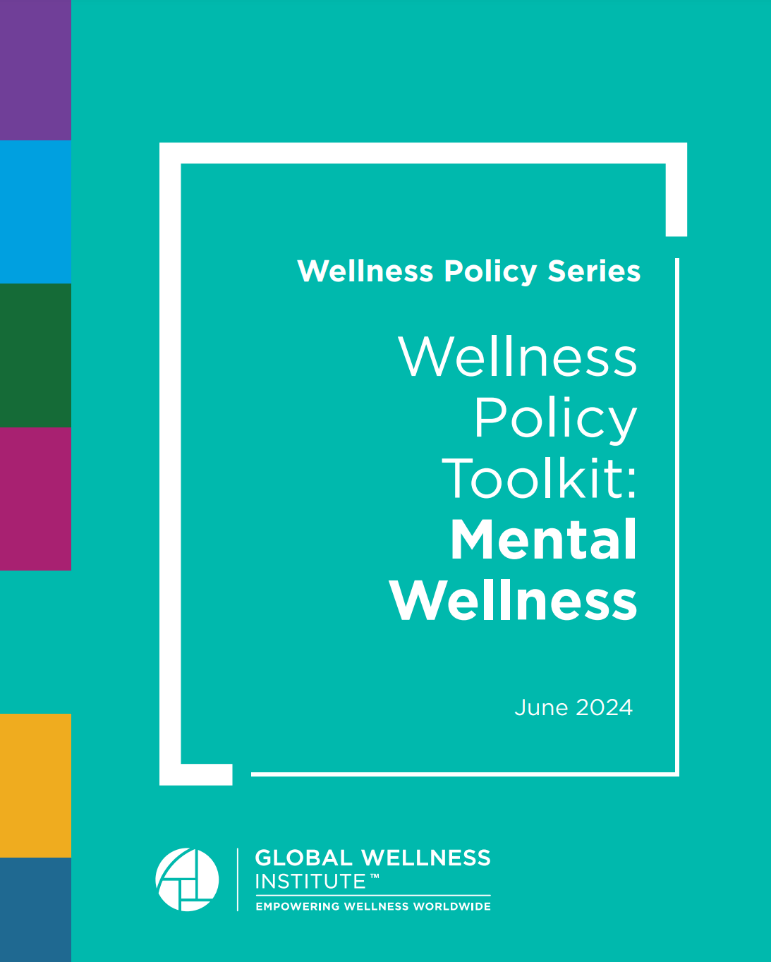 Mental Wellness
Mental Wellness
Everyone’s heard of seasonal depression and may make assumptions that depression clears in the summer. Unfortunately for many not only is that not the case but mental wellness spans beyond depression. Global Wellness Institute (GWI) has released their latest issue in the Wellness Policy Toolkit Series focusing on mental wellness. GWI defines wellness as: “the active pursuit of activities, choices and lifestyles that lead to a state of holistic health.”
MENTAL WELLNESS RESOURCE. GWI’s policy toolkit outlines programs, strategies and initiatives designed to improve individual and collective
well-being. It addresses a variety of challenges, including stress, loneliness and social isolation.
Learn more about the Global Wellness Institute.
Download a copy of the full policy toolkit here.

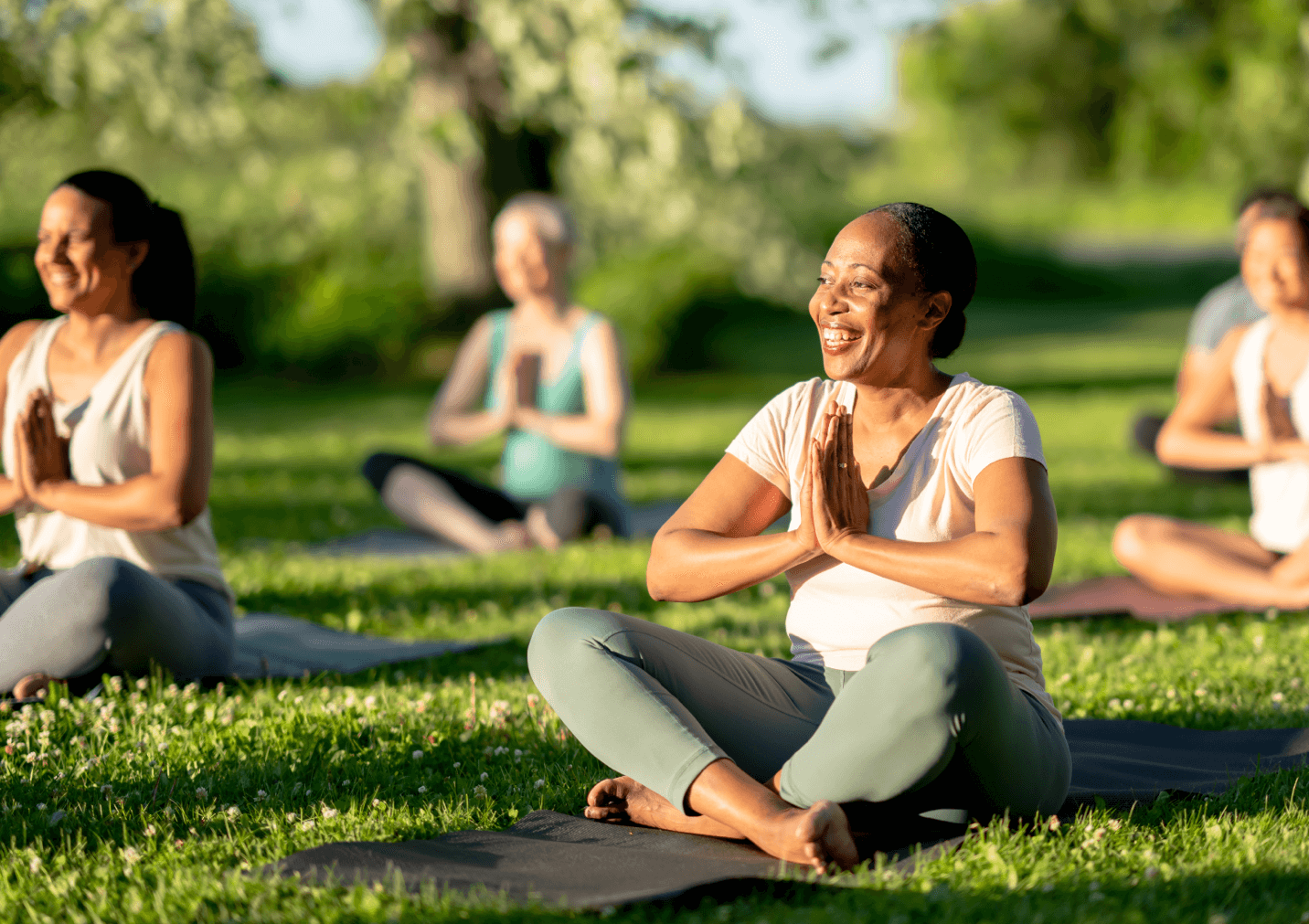
Unplug to Reset
Summertime is a great time to unplug. Research has shown that stepping away from technology, slowing down, breathing deeply and embracing tranquility can reduce anxiety, lower stress and improve overall well-being.
DITCH YOUR PHONE:
- Read a book. Whether you read solo or join a book club, take time to read.
- Connect with nature. Taking a walk or forest bathing allows you to slow down and disconnect with technology.
- Spend time with loved ones. Getting together with friends, walking the dog or playing board games with your family can boost your well-being.
- Join a yoga community. Practice yoga and meditation for inner peace.
- Rest and relax. Take a trip to your local spa for self-care and relaxation.
- Lehmonkärki Resort. Take an eco-vacation.
- Six Senses Douro Valley. Plan your next wellness retreat getaway.
WWYW Summer Reading List
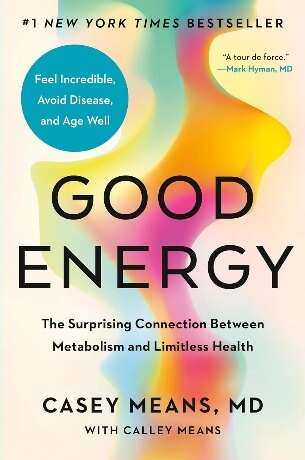 GOOD ENERGY BY CASEY MEANS, MD
GOOD ENERGY BY CASEY MEANS, MD
“A bold new vision for optimizing our health now and in the future.” Good Energy explores the connection between metabolism and a wide range of
health conditions, from depression to heart disease and cancer. Easy to read and comprehend, this health and wellness book has a vibrant plot full of useful
and thoughtful content with a deep, well-researched tone.
Buy a copy here.
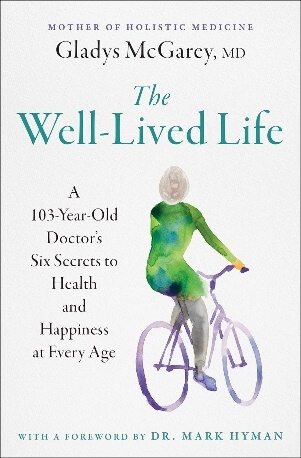
THE WELL-LIVED LIFE BY GLADYS MCGAREY, MD
“A story that teaches as much as it inspires.” – Edith Egar, New York Times bestselling author. As the mother of holistic medicine, Dr. McGarey shares her own extraordinary stories and wisdom – from her early childhood in India and a chance encounter with Mahatma Gandhi to her life as a physician and a mother of six, to her survival of both heartbreak and illness.
Buy a copy here.
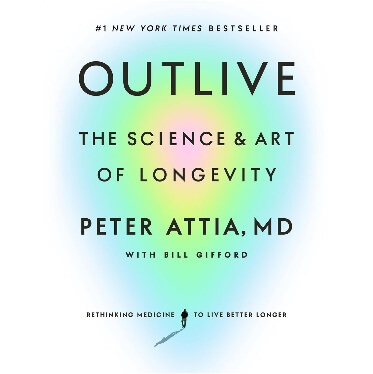 OUTLIVED: THE SCIENCE & ART OF LONGEVITY BY PETER ATTIA, MD
OUTLIVED: THE SCIENCE & ART OF LONGEVITY BY PETER ATTIA, MD
“A groundbreaking manifesto on living better and longer.” Delving into a wealth of scientific research, Outlive offers evidence-based strategies
to help us age gracefully and live longer, healthier lives. By discussing the critical factors that impact aging, including nutrition, exercise and sleep, it
empowers readers to make informed choices for their well-being.
Buy a copy here.

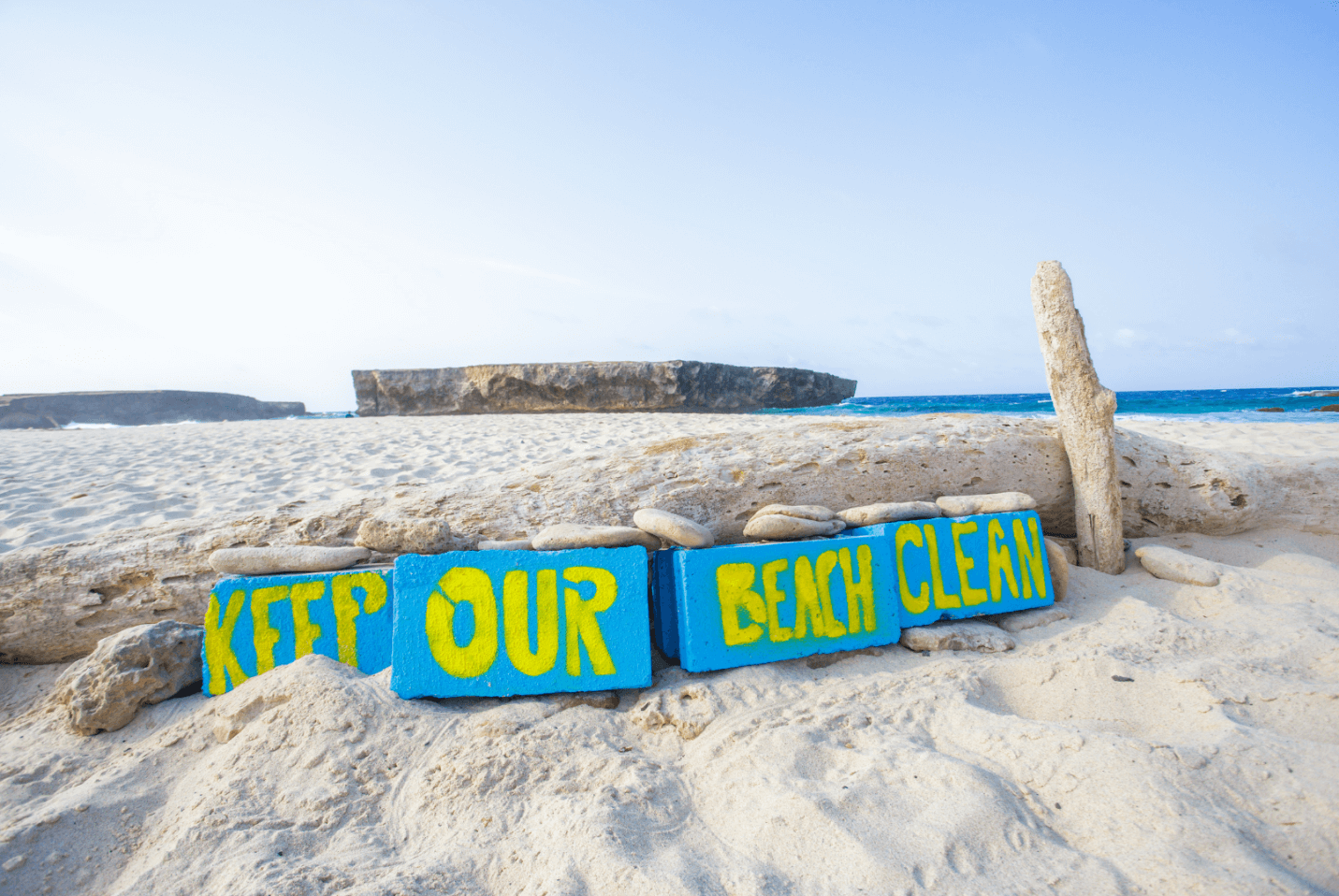
Plastic Free
Plastic is a major environmental challenge that can harm marine life, pollute communities and endanger human health. Scientists estimated that roughly 8 million metric
tons of plastic entered the ocean in 2010 alone. Ocean plastic disrupts marine life’s development, reproduction and habitats, ultimately killing sea life. Beyond environmental factors, many plastics we use every day contain Bisphenol A (BPA) and Phthalates. BPA is a synthetic compound linked to cancer and other harmful health issues, such as diabetes, heart disease and reproductive disorders. Phthalates are a group of chemicals linked to reproductive issues, breast cancer and other health issues. Plastic never truly decomposes; it just breaks down into smaller and smaller pieces. Microplastics have been found in the human body, even in newborn children.
PLASTIC FREE JULY. Every July the Plastic Free Foundation challenges global citizens to be part of the solution to plastic pollution. Plastic Free July is a global movement and provides resources and ideas to help reduce single-use plastic waste in everyday life.
Here are some ways to participate in Plastic Free July and to cut back on plastic consumption:
- Use reusable shopping bags.
- Bring refillable bottles with you.
- Refuse single-use plastic products, such as straws.
- When on the go, carry eco-friendly eating utensils.
- Select products that don’t contain plastic.
Use these tips year-round and become part of the plastic consumption solution. Find out more here.
BEACH CLEAN UP. The Surfrider Foundation is a community of everyday people with a passion for the ocean, waves and beach. This organization engages environmental experts to create solutions and unite local and national resources to protect the coast. Since their inception in 1984, the Surfrider Foundation has evolved into one of the largest non-profit grassroots organizations. Their campaigns have aided wildlife, lifted surf bans, cleaned beaches, protected coastlines and enacted environmental laws protecting clean
water. Surfrider just released their 2023 Beach Cleanup Report; read the report here.

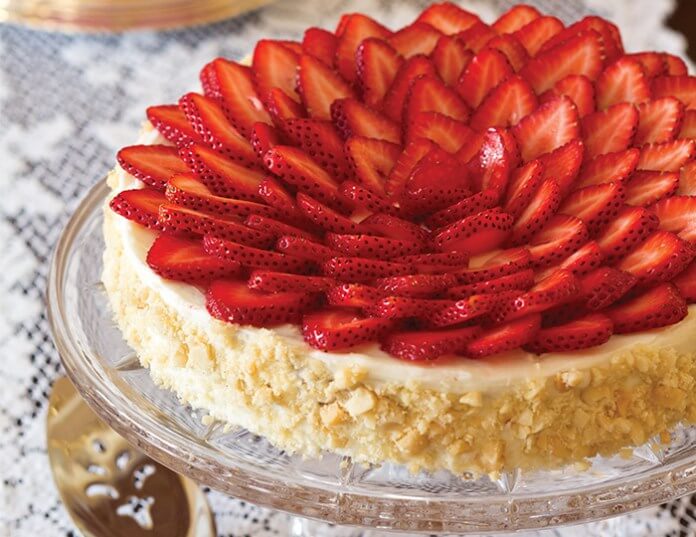
The Perfect Summer Treat
Treat yourself this summer with a healthy and sweet treat. Eat wisely. Have a nut allergy? Omit the macadamia!
Gluten-Free Strawberry-Macadamia Flourless Torte
Yield: 8 to 12 servings
INGREDIENTS:
- 1 ¼ cups whole roasted salted macadamia nuts
- ¼ teaspoon sea salt
- 4 large eggs, separated
- 4 tablespoons of 100% raw honey
- ½ ground vanilla bean
- 1 recipe sour cream buttercream (recipe follows)
- ¼ cup finely chopped roasted salted macadamia nuts
- 1 (16-ounce) container fresh organic strawberries
SOUR CREAM BUTTERCREAM
- Yield: 1 ¼ cups
- Ingredients:
- 8 tablespoons salted butter, softened
- 2 cups confectioners’ raw sugar
- ½ ground vanilla bean
- 1/3 cup organic sour cream
- Directions:
- In a medium mixing bowl, combine butter confectioners’ raw sugar and ground vanilla bean.
- Beat with a mixer, starting at low speed and gradually increasing to high, until smooth.
- Add organic sour cream, beating until incorporated.
DIRECTIONS:
- Preheat oven to 350°.
- Sift one 9” springform pan with coconut flour or oil.
- Using a food processor, pulse macadamias with 1 tablespoon raw sugar until fine. Don’t over process or you will create nut butter.
- Whisk in the sea salt. In a large mixing bowl, combine egg yolks and honey. Beat at high speed with a mixer until light and creamy, approximately 2 minutes.
- Add ground vanilla bean, beating to blend.
- Add macadamia mixture to egg yolk mixture, beating at medium speed until incorporated. Batter will be very stiff.
- In another mixing bowl, beat egg whites at high speed with a mixer until stiff peaks form. Spoon 1/3 (one-third) of the beaten egg whites into macadamia batter, stirring vigorously to loosen mixture. Add remaining egg whites, folding to incorporate.
- Spread mixture into prepared pan, smoothing with an offset spatula.
- Bake until torte is golden brown and a wooden pick inserted in the center comes out clean, approximately 27 minutes. Top of torte should feel somewhat firm to the
touch and edges should be golden brown. - Let torte cool completely in pan, approximately 1 hour.
- Using a sharp knife or a thin offset spatula, loosen sides of torte from pan before removing side of pan. In the same manner, loosen torte from bottom of pan. Remove
torte from pan and place on a cake plate. - Spread Sour Cream Buttercream on sides and top of torte. Press chopped macadamias onto sides of torte.
- Trim green tops from organic strawberries. Slice strawberries vertically into thin slices.
- Arrange slices in concentric circles on top of torte, overlapping strawberries slightly until top is covered.
- Add final layer of strawberries under the outside layer to create a lotus shape
- Serve immediately.
- Enjoy.

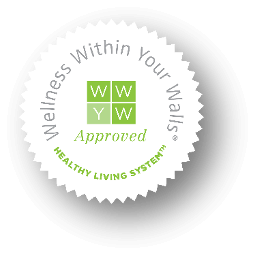 Healthy Living System™ Approved Seal
Healthy Living System™ Approved Seal
Based on WWYW’s Healthy Living System™, the Healthy Living System™ Approved (HLS Approved™) program highlights health and wellness elements achieved through healthier building and design practices. With two pathways to healthier outcomes, the HLS Approved™ is an achievable program for all who are health-conscious.
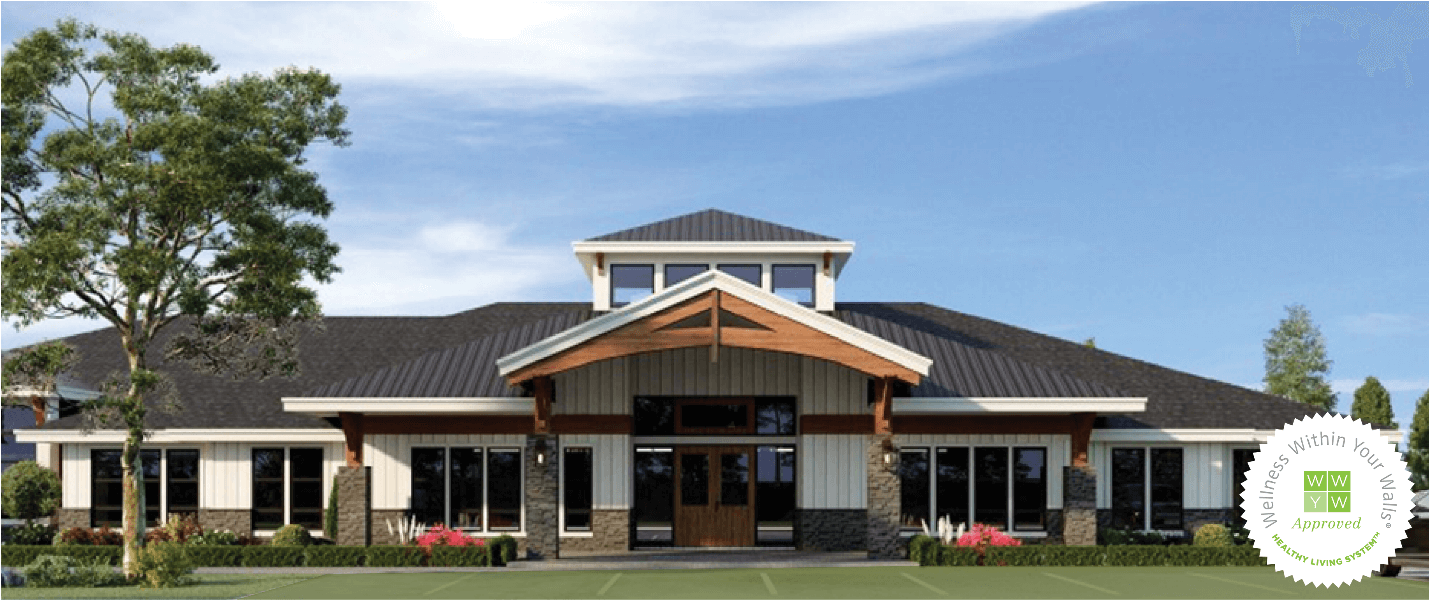
Haddon Point Mount Laurel Receives the Healthy Living System™ Approved+ Seal
Wellness Within Your Walls congratulates the build/design and marketing team (Delco Development, Haddon Point Mount Laurel, VLBJR Architects and DES-SYN) at Haddon Point
Mount Laurel on achieving the Healthy Living System™ Approved+ seal. Representing all 10 steps of the Holistic Approach, the Haddon Point Amenity Building provides residents with a safe and healthy place to gather, exercise, relax and meditate.
Heading Back to School
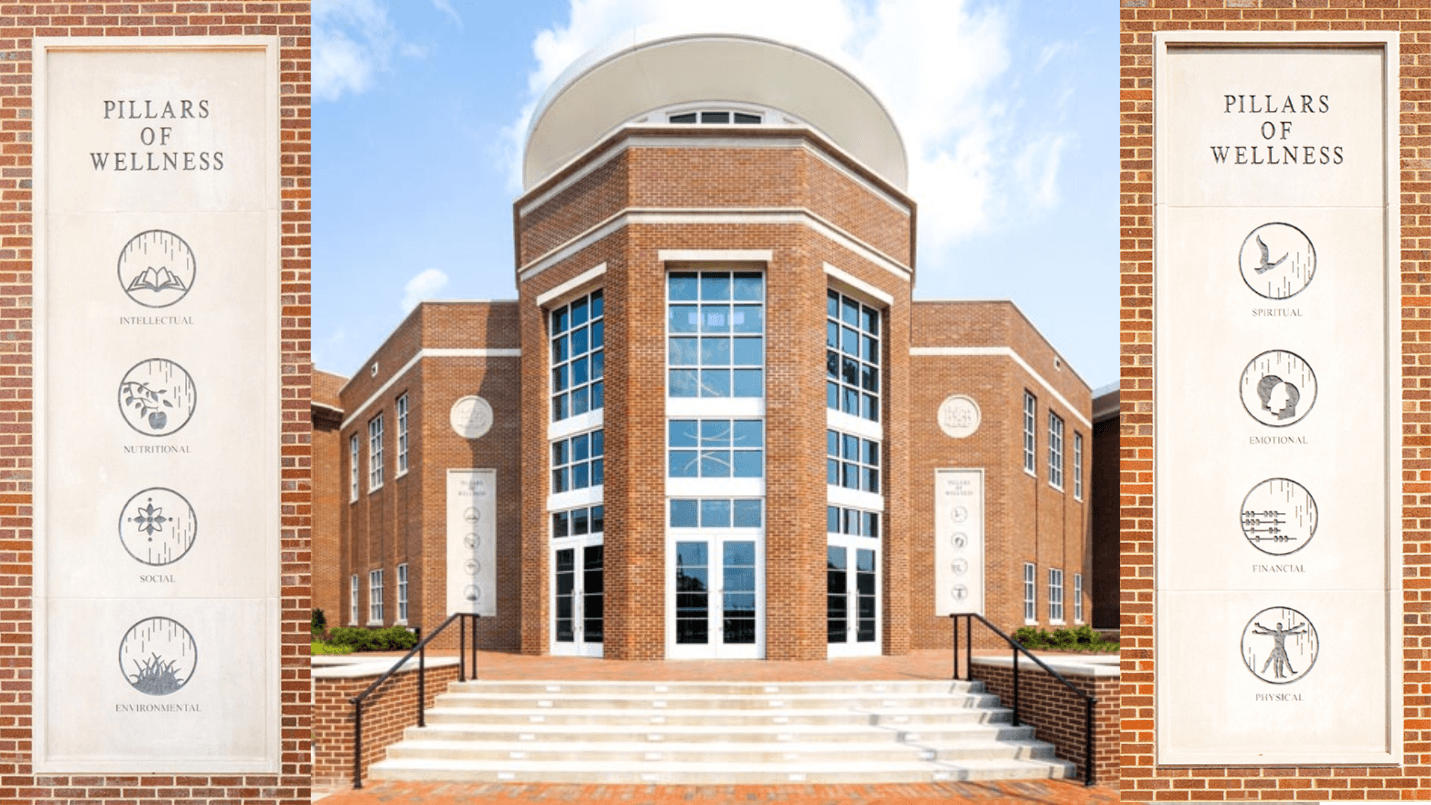
Wellness Within Your Walls features Montgomery Bell Academy for their eight pillars of wellness: intellectual, nutritional, social, environmental, spiritual, emotional, financial and physical. This Nashville-based secondary school focuses on creating a holistic atmosphere of education and wellness for the next generation of boys. Learn more here.
Get Educated. Get Certified.
Interested in taking the WWYW 4-Course Series? Use the promotional code: SUMMER24 for summer savings. Register here.
